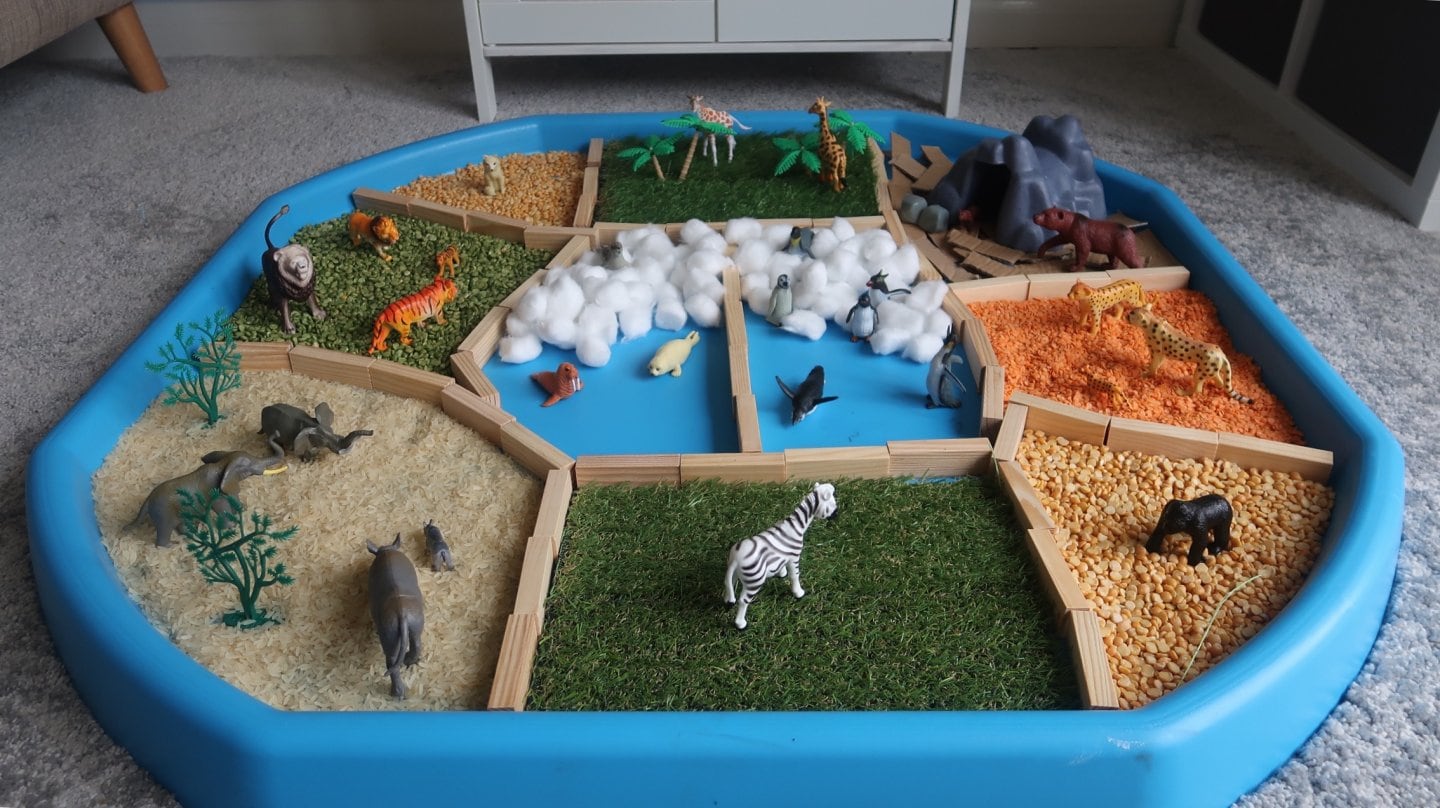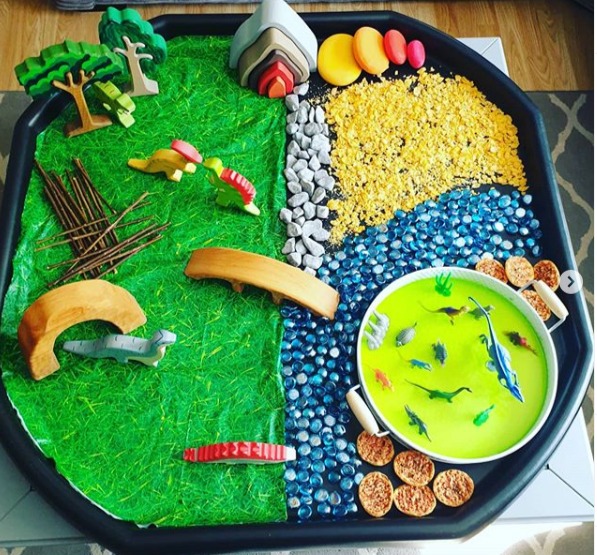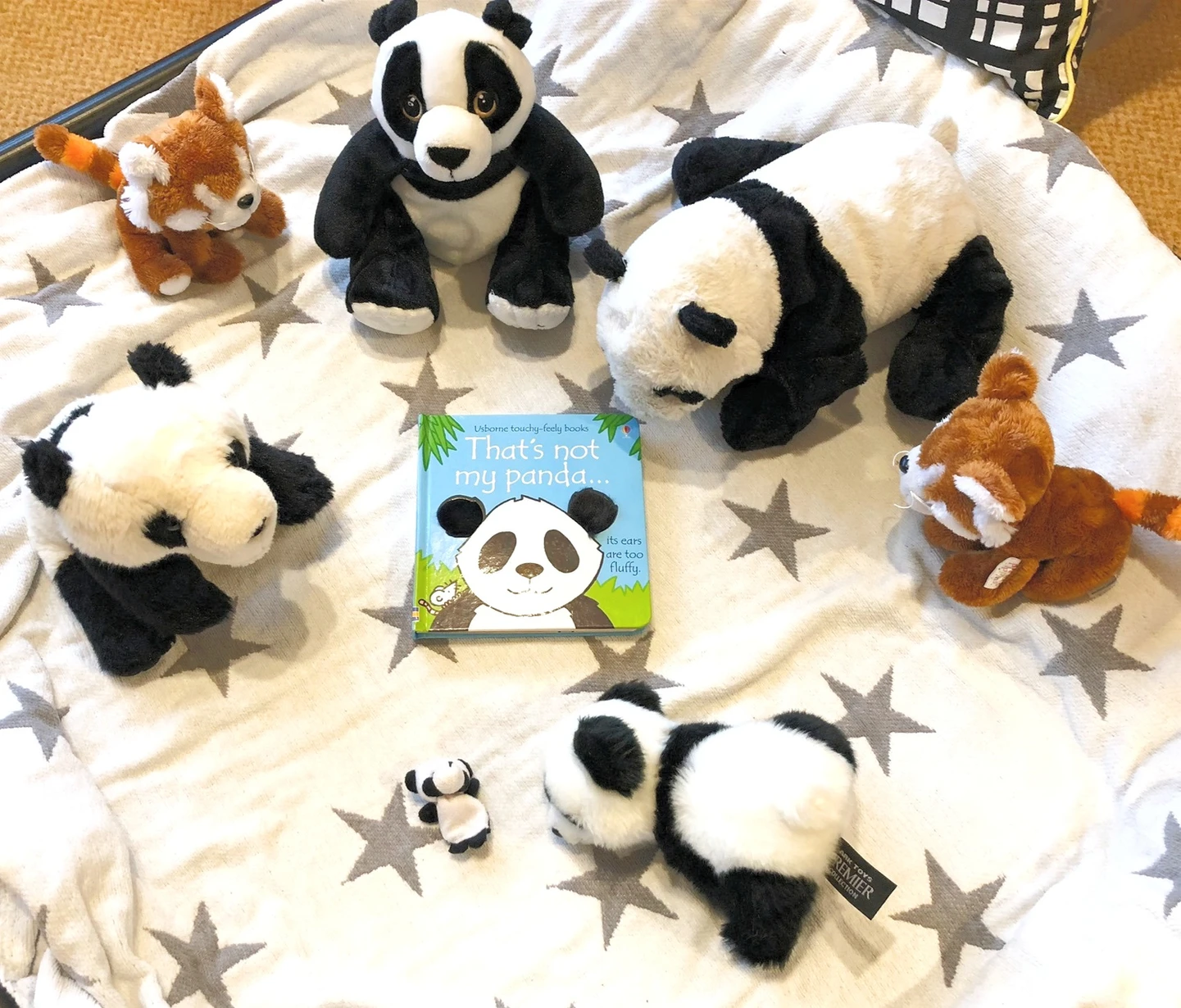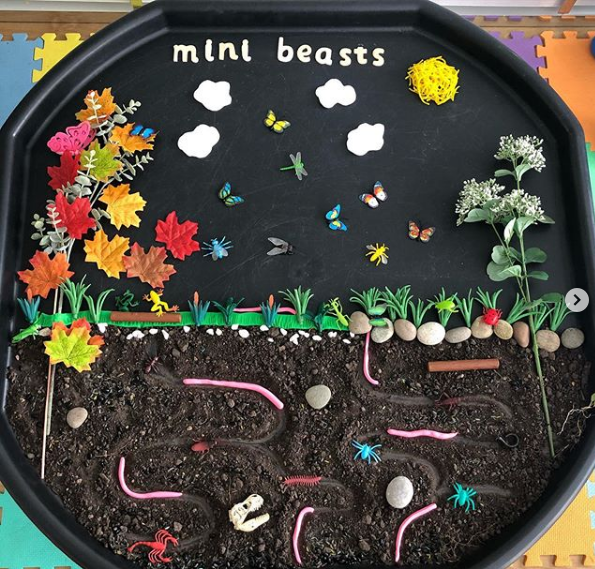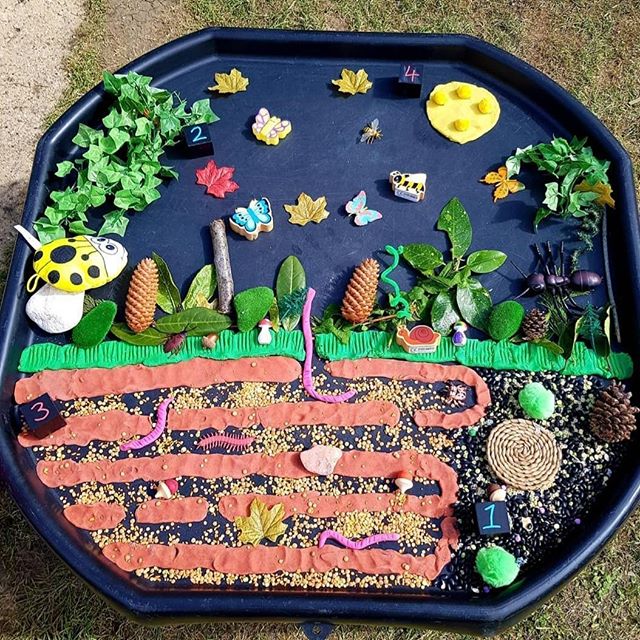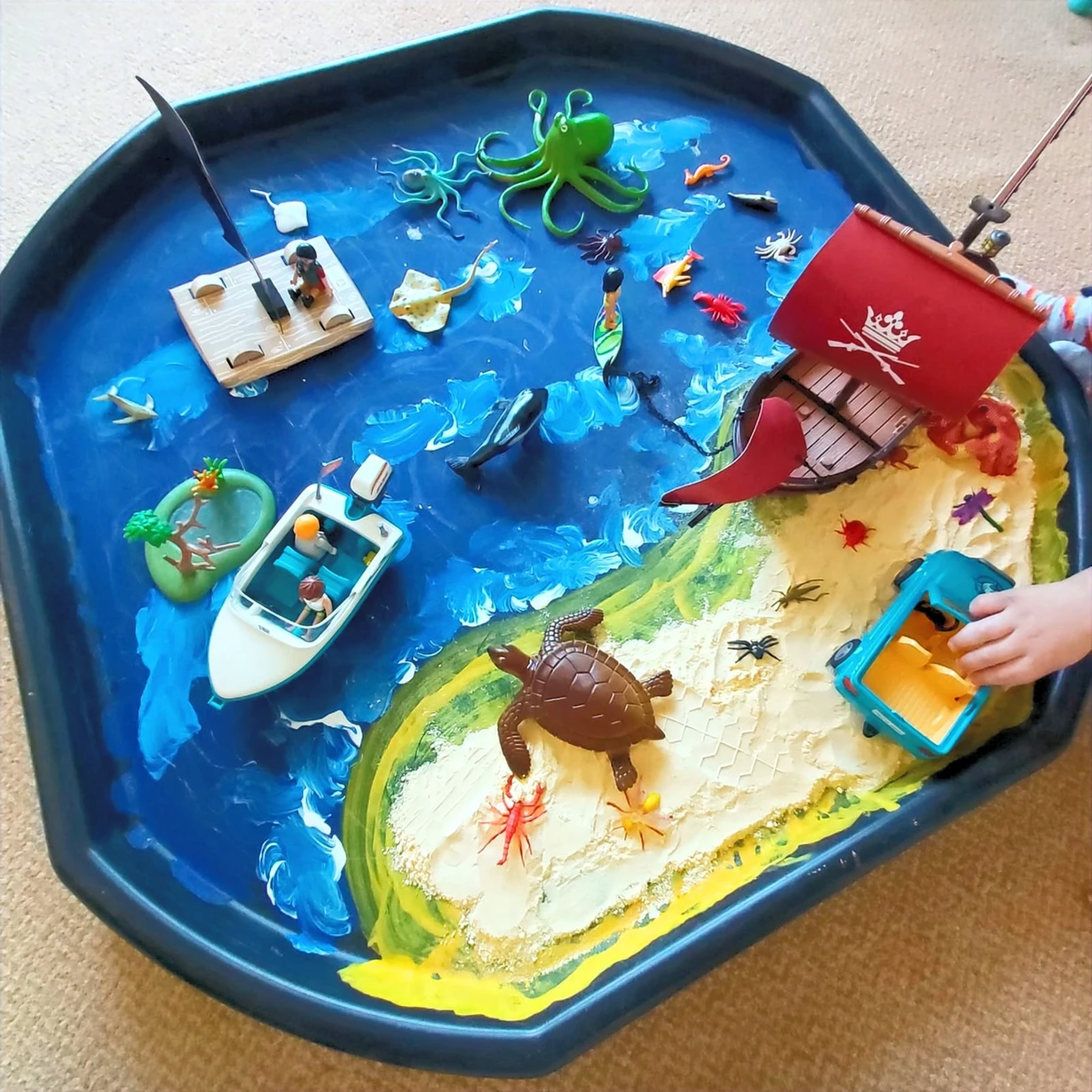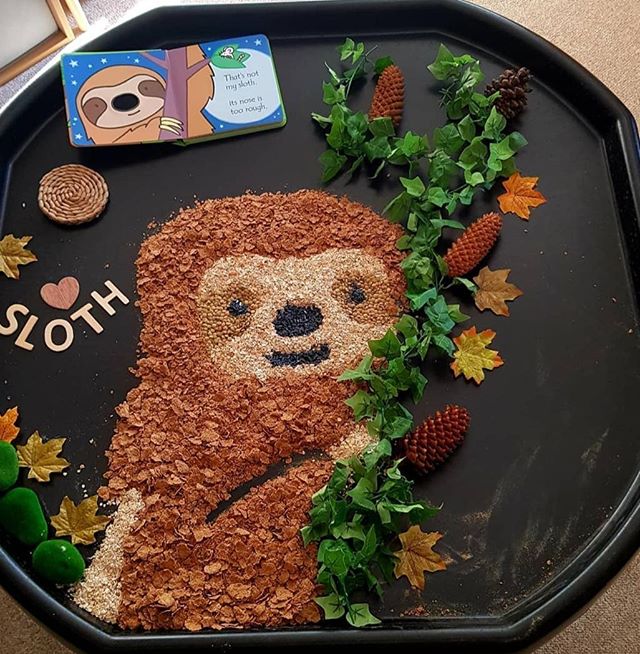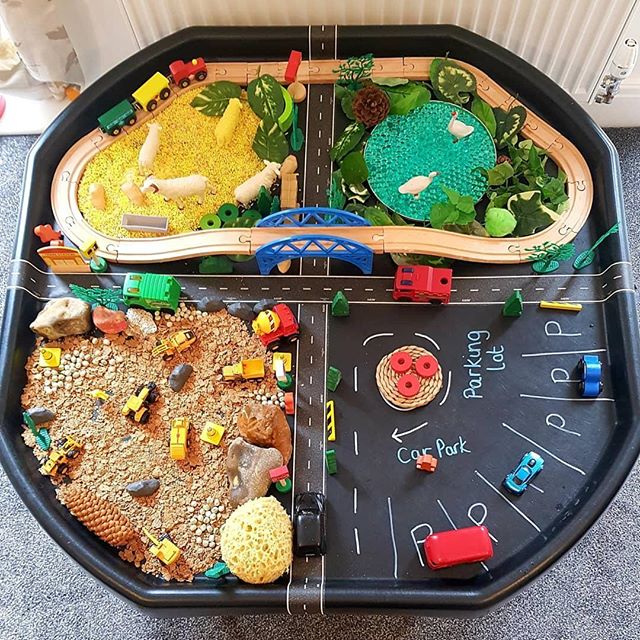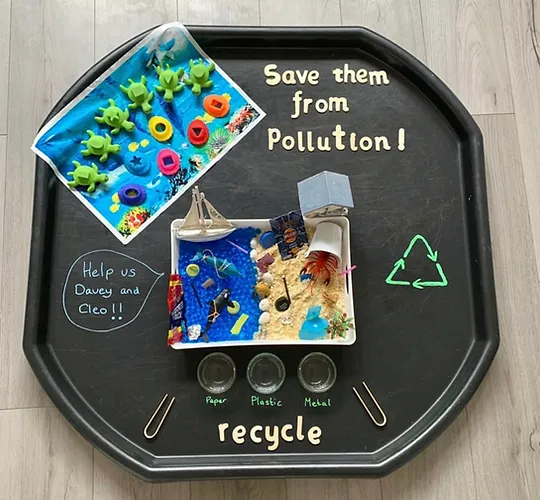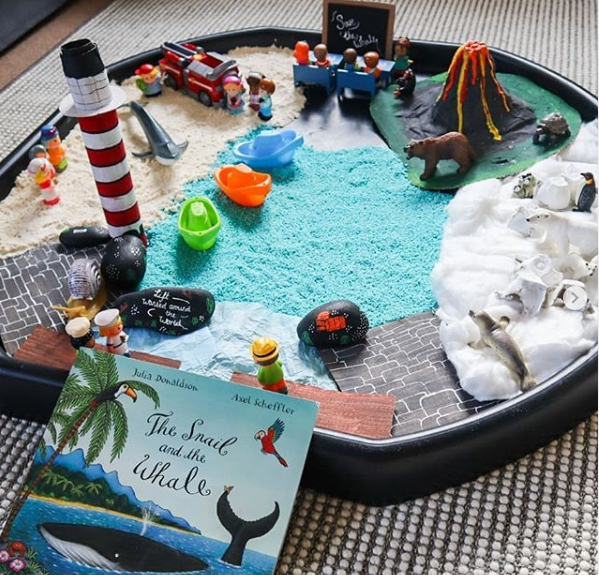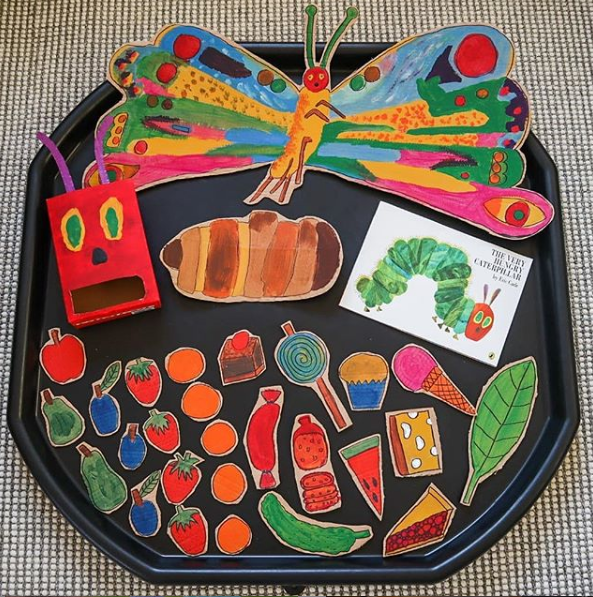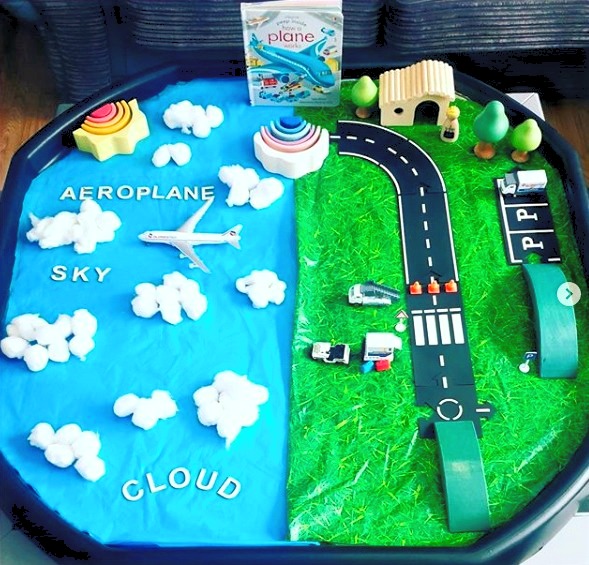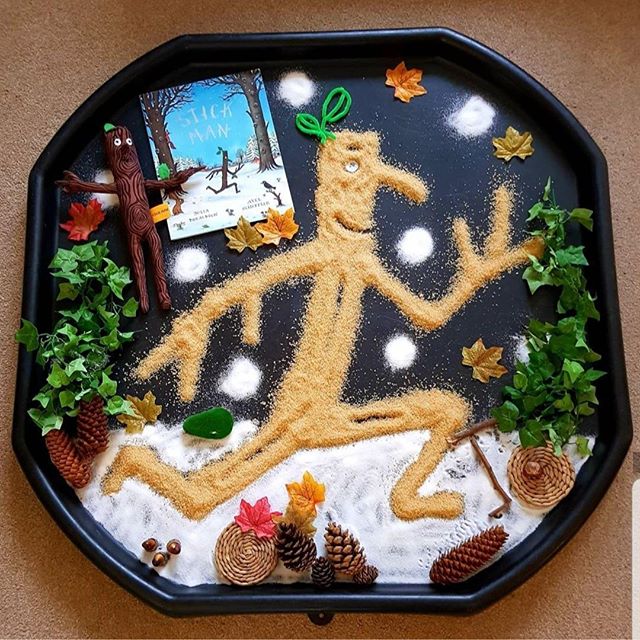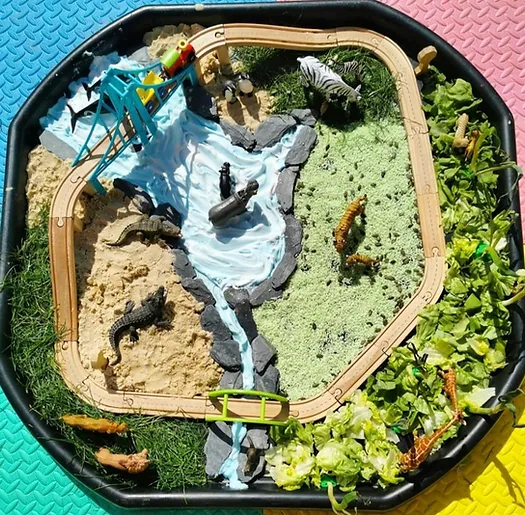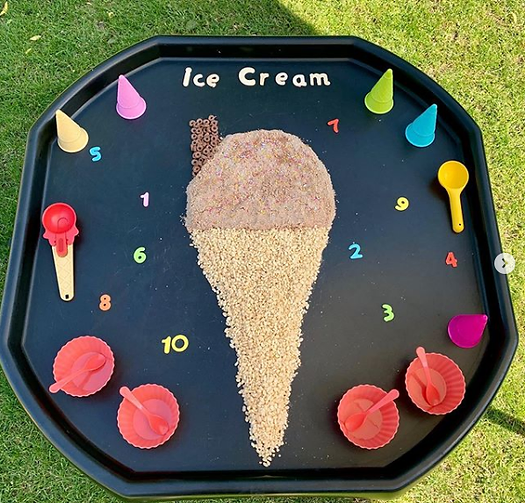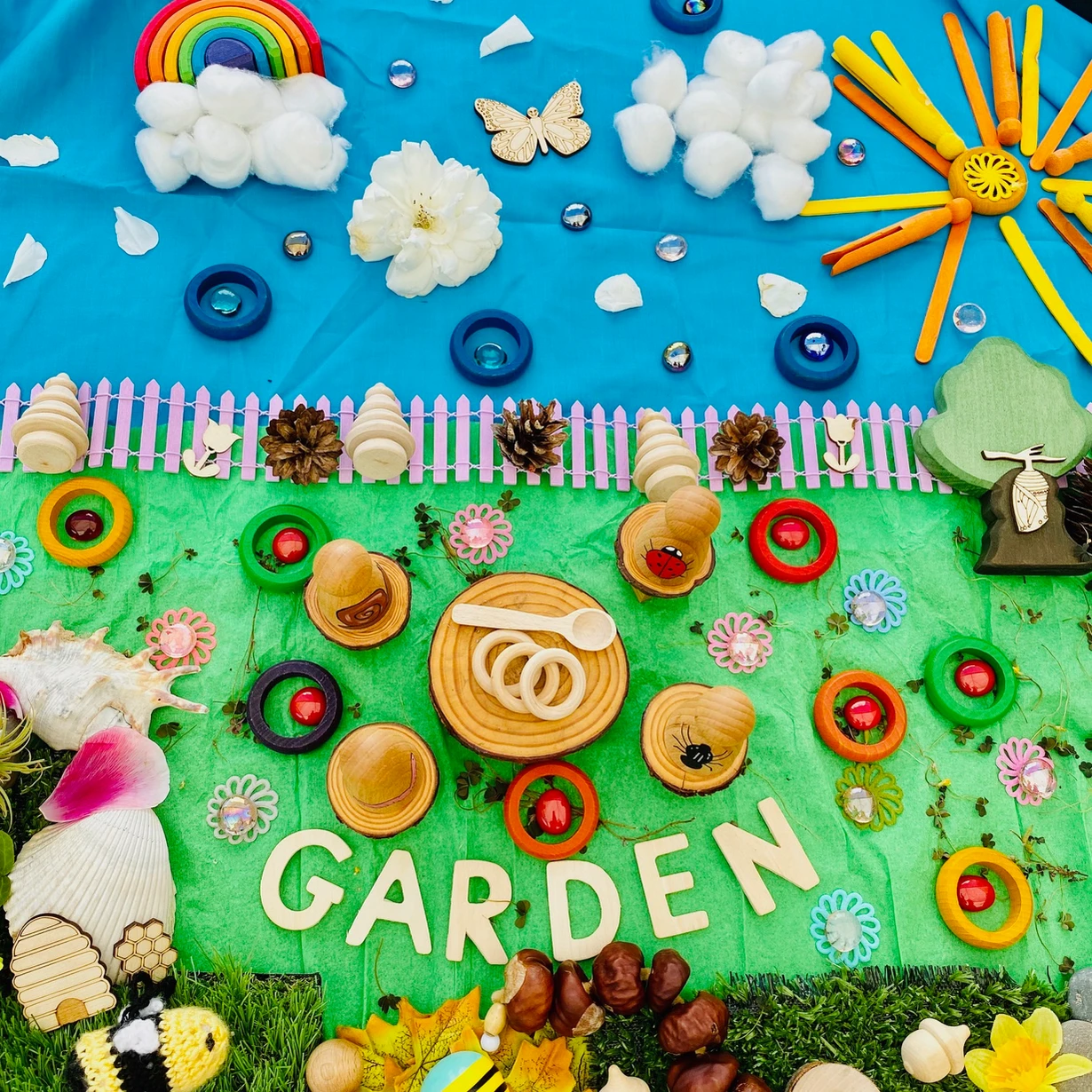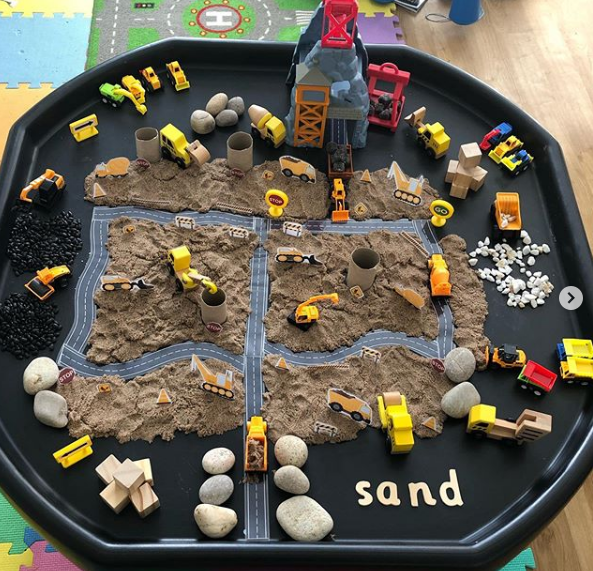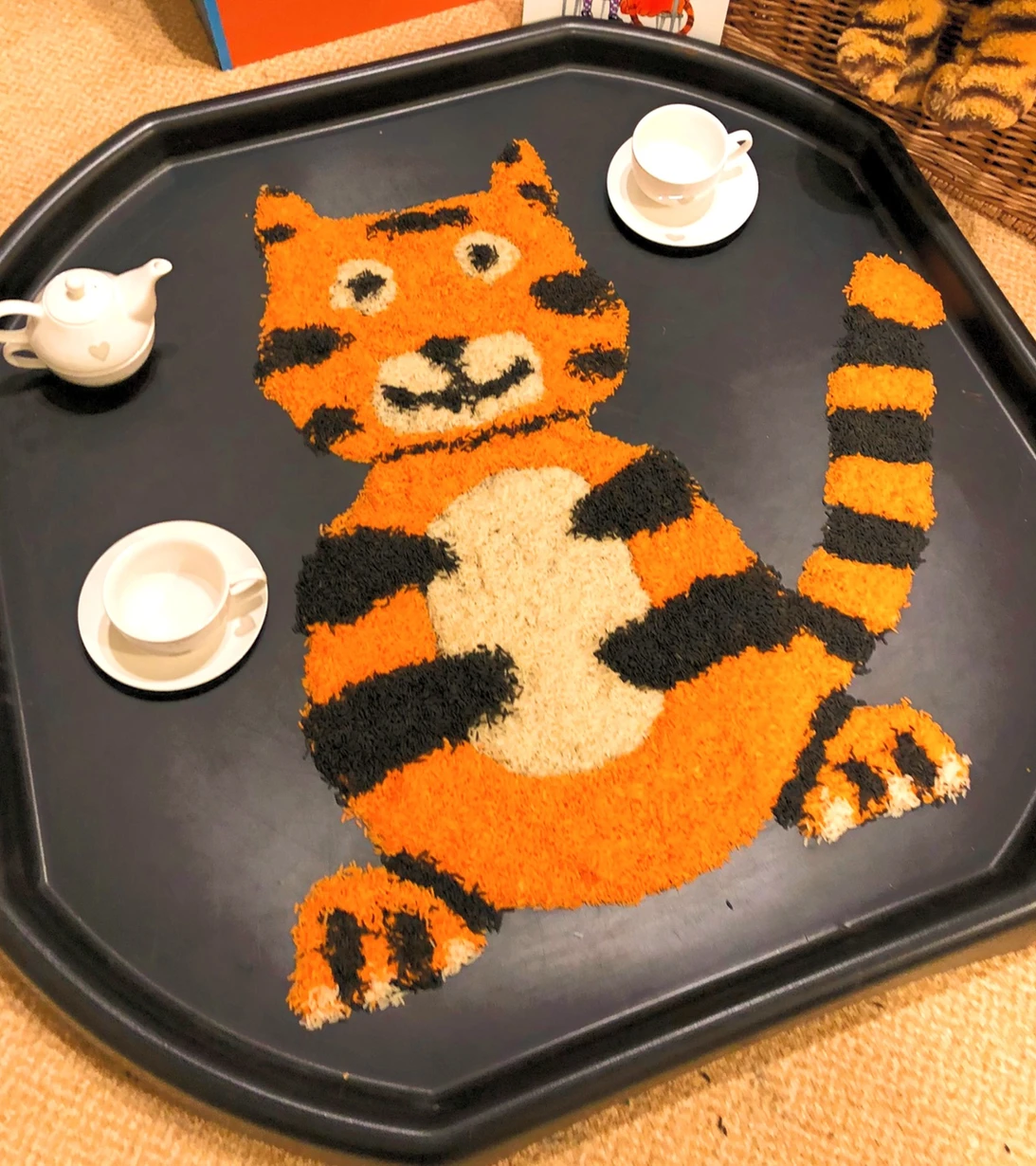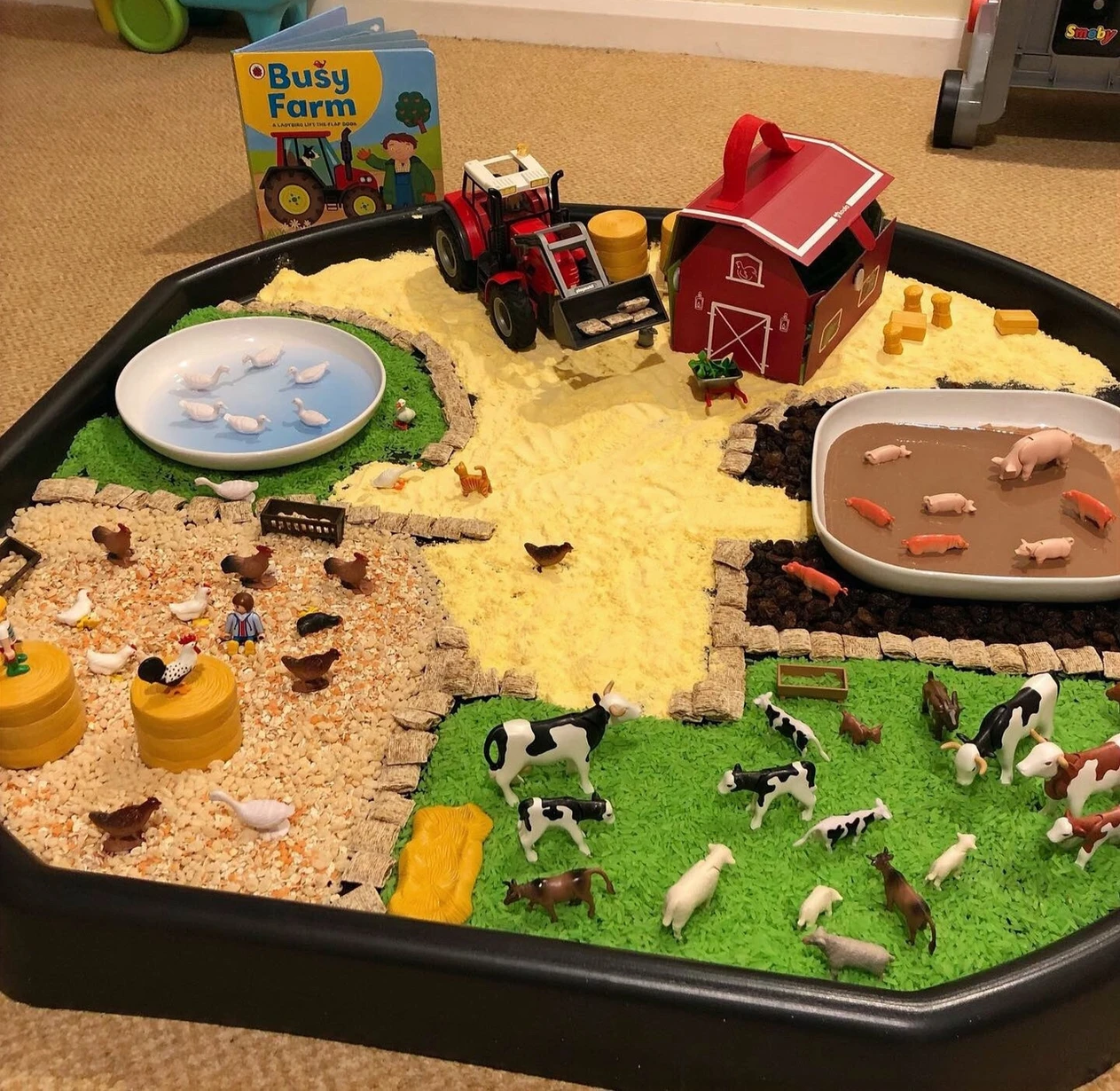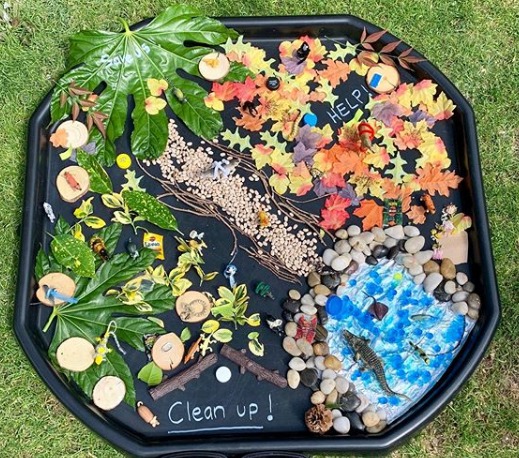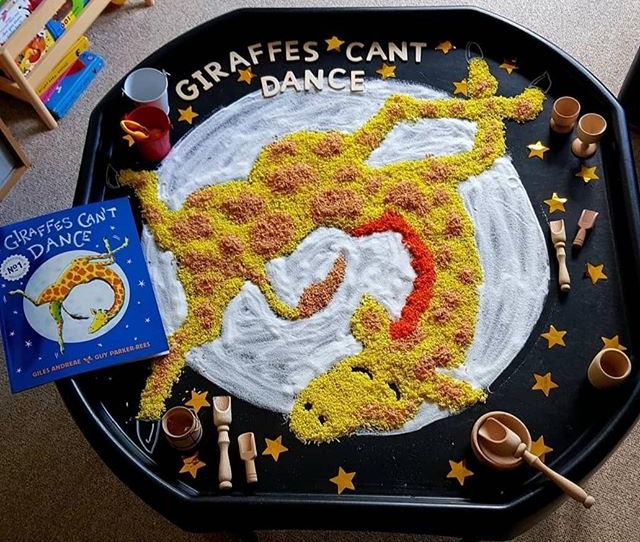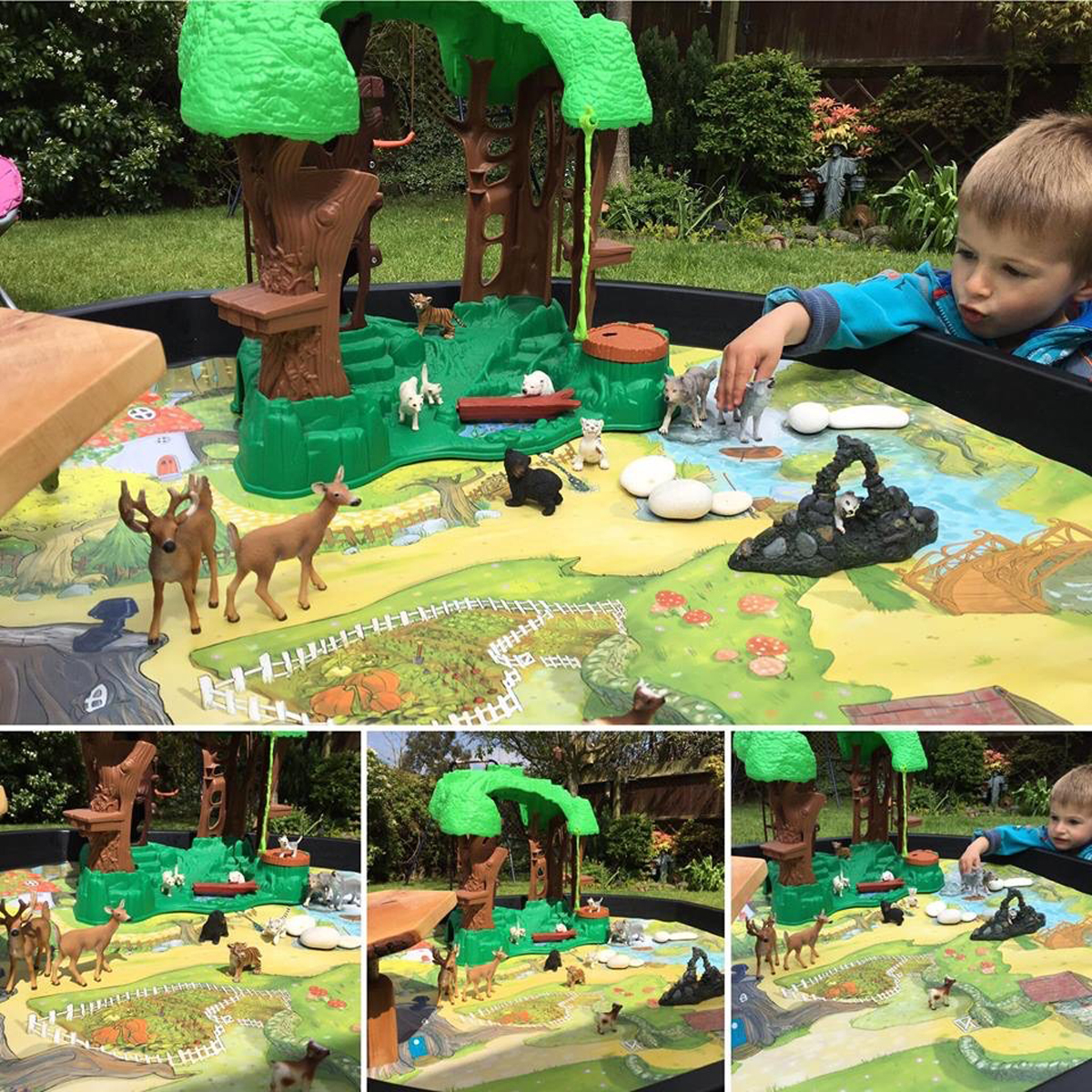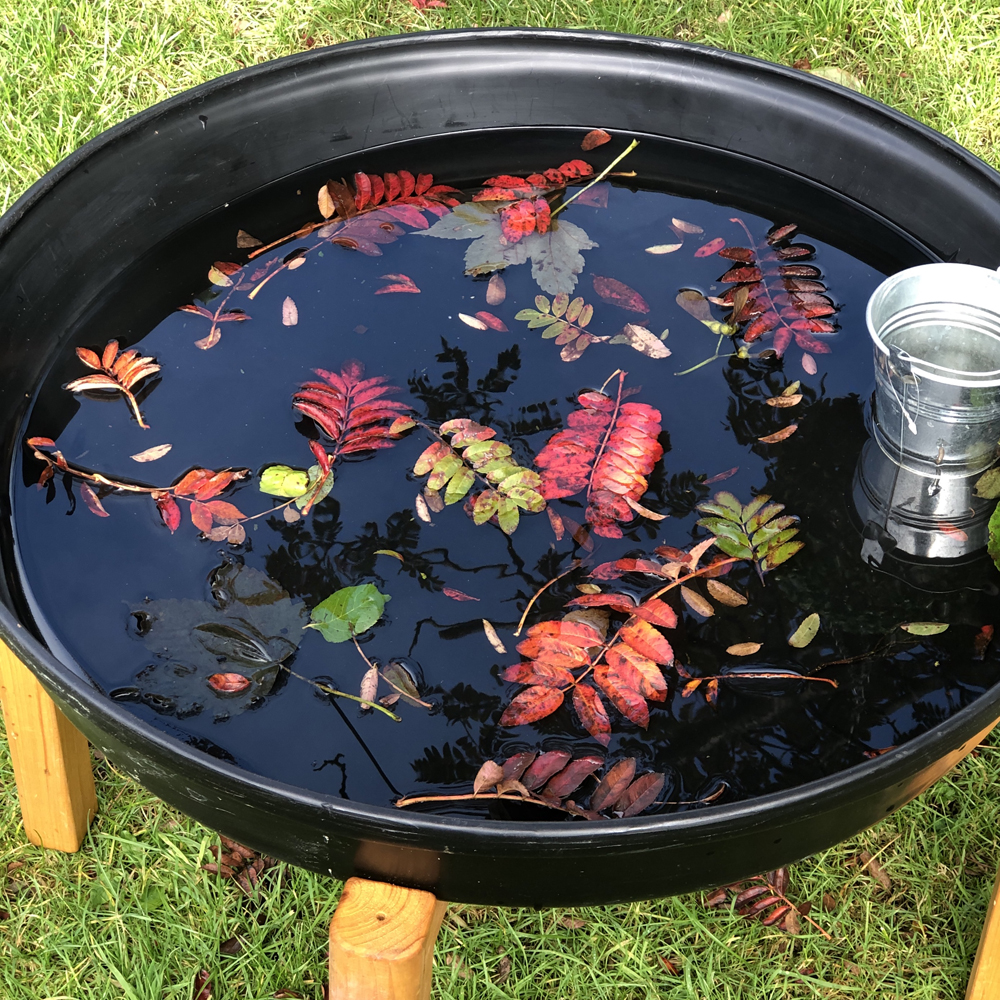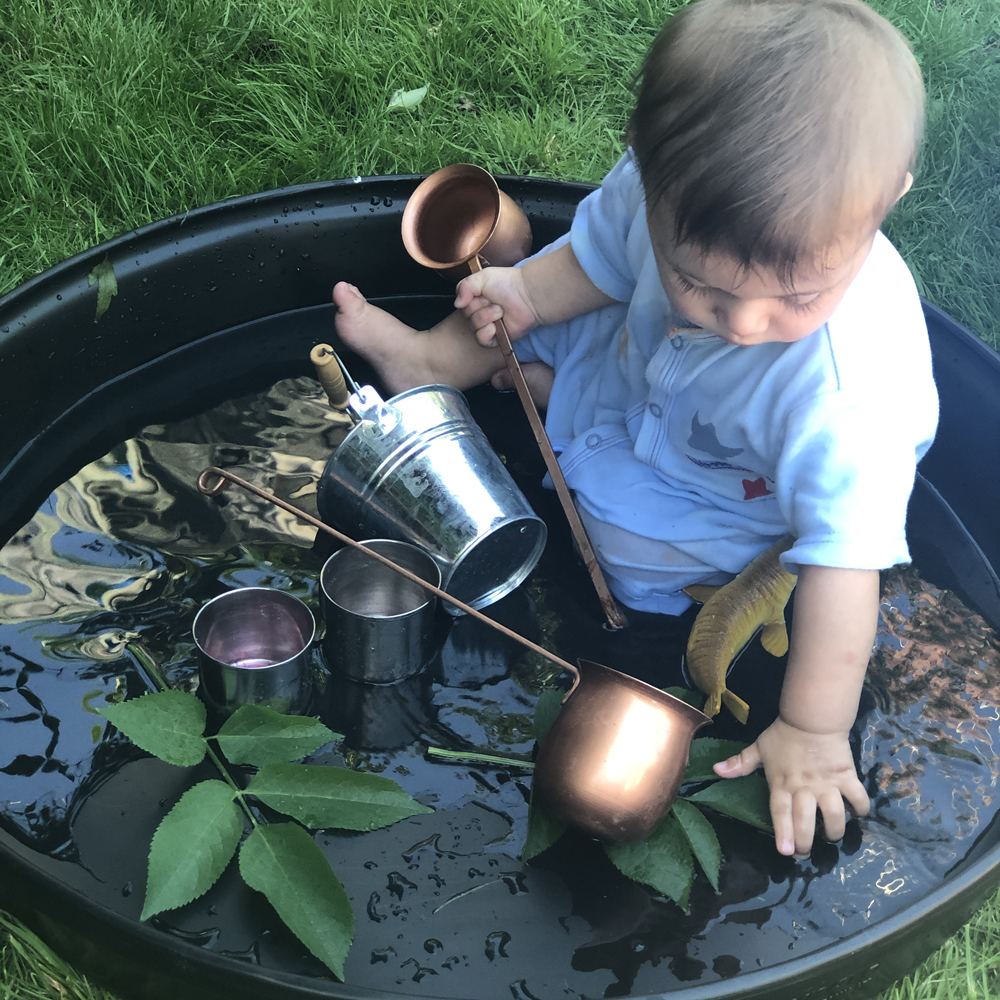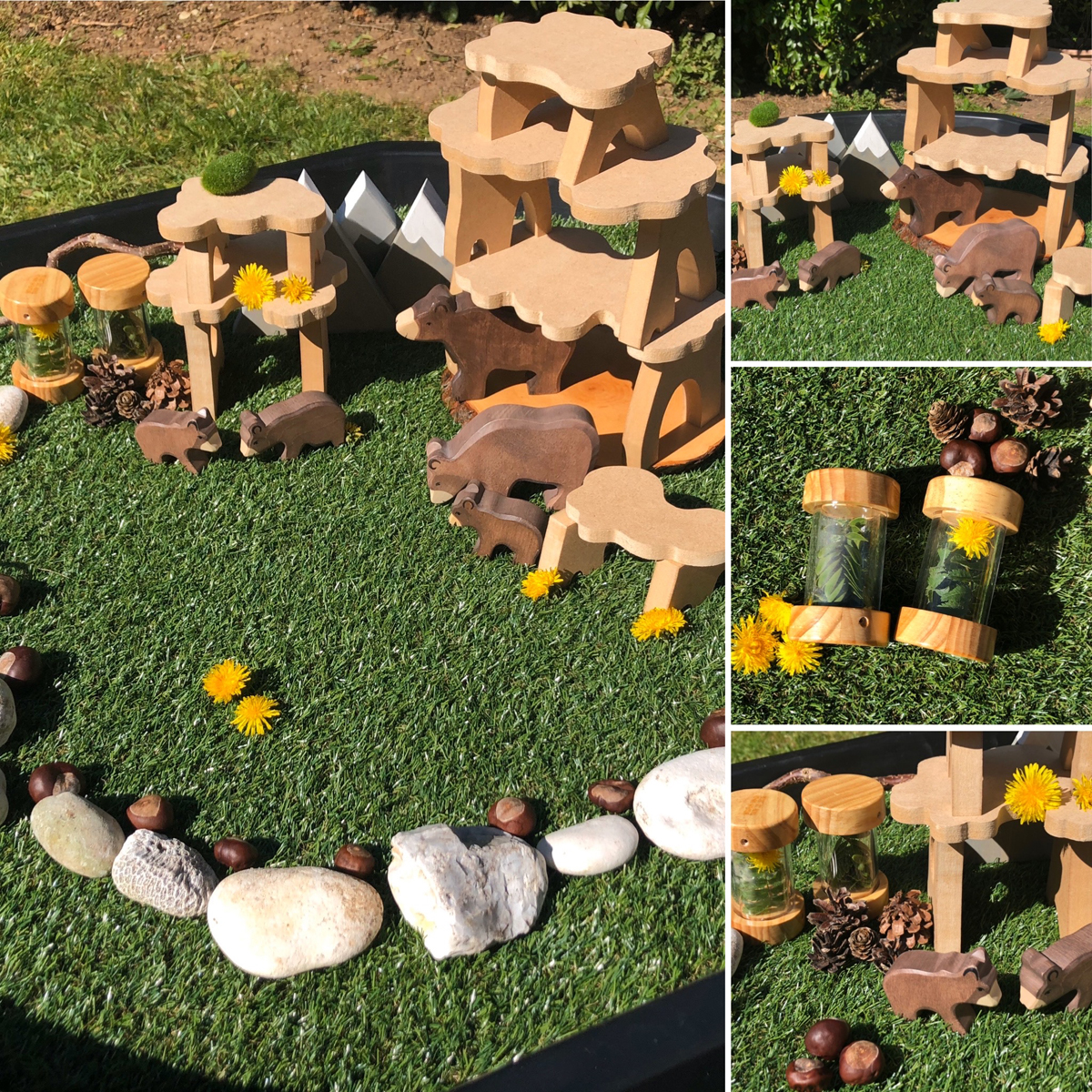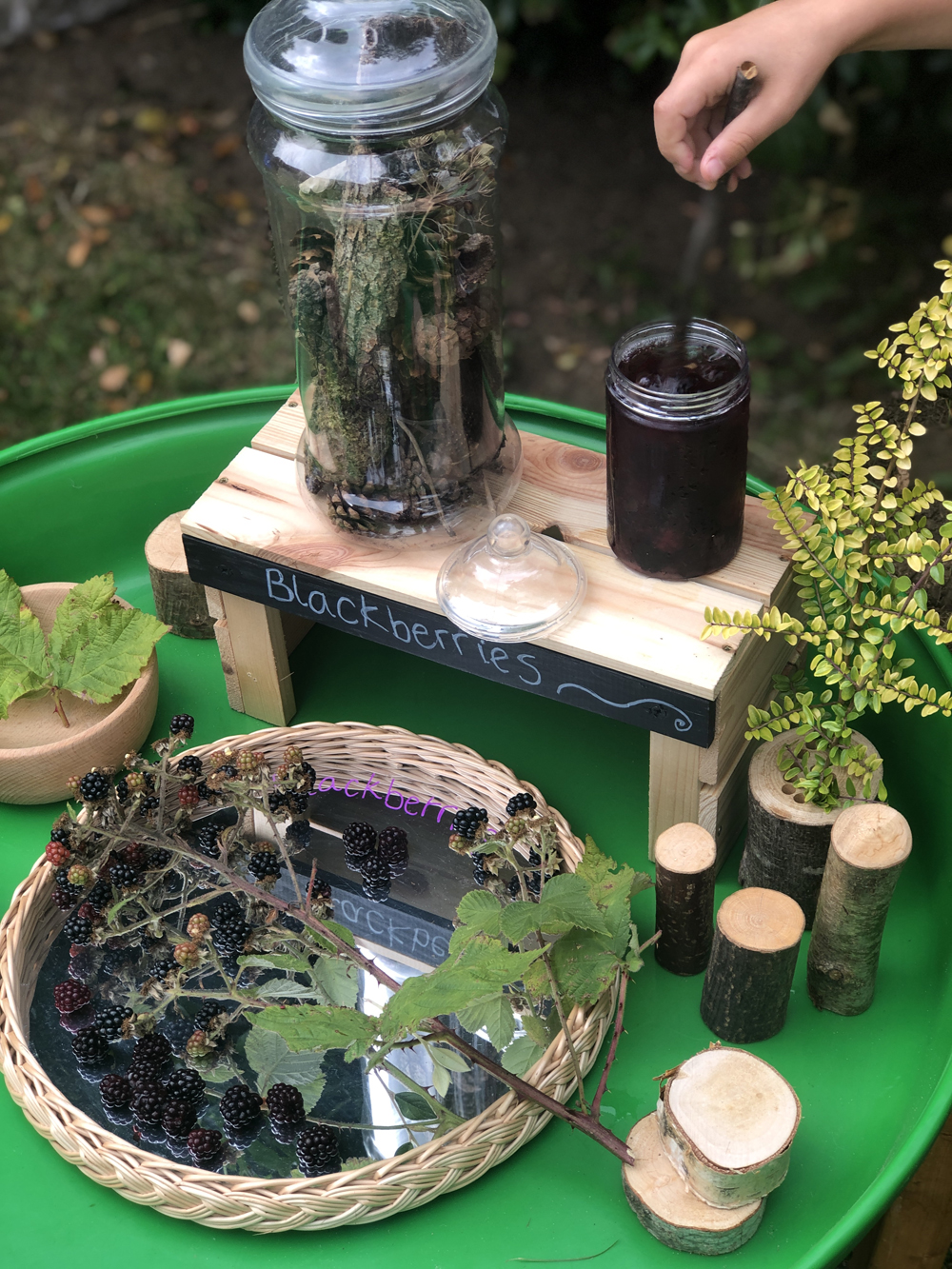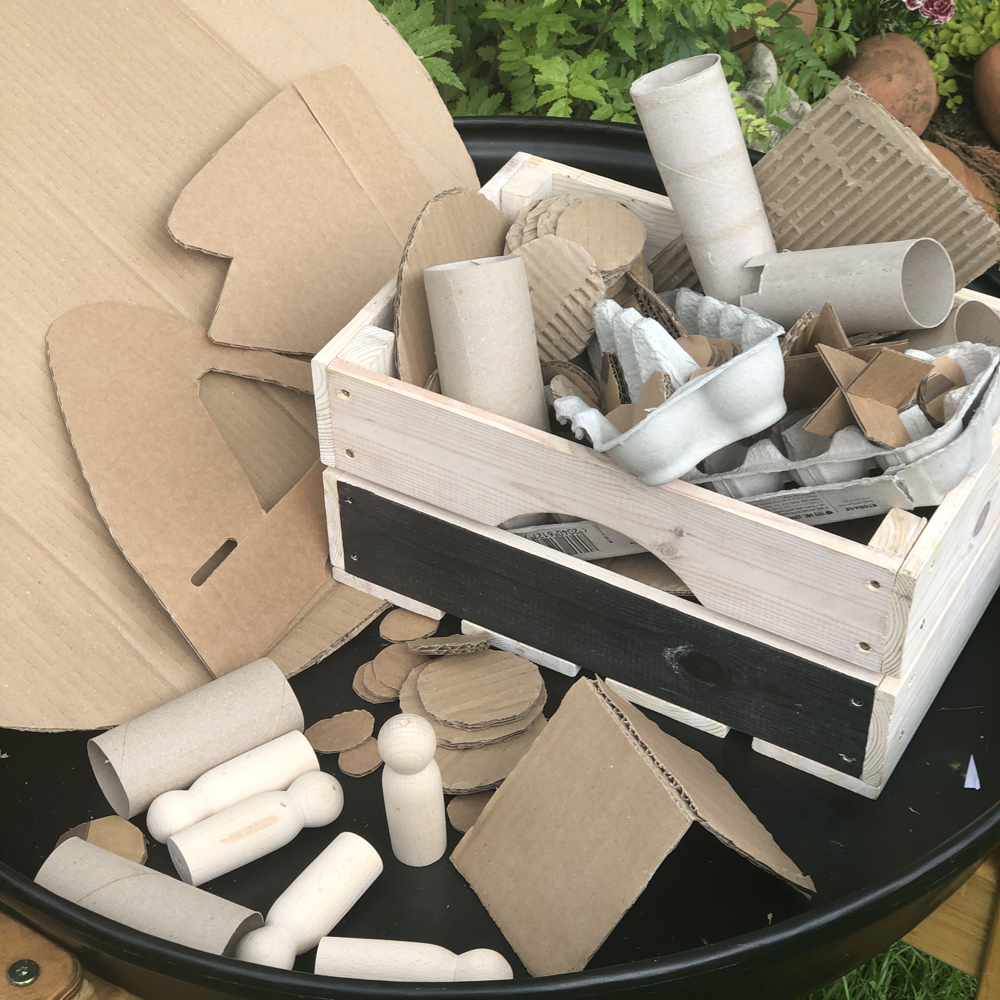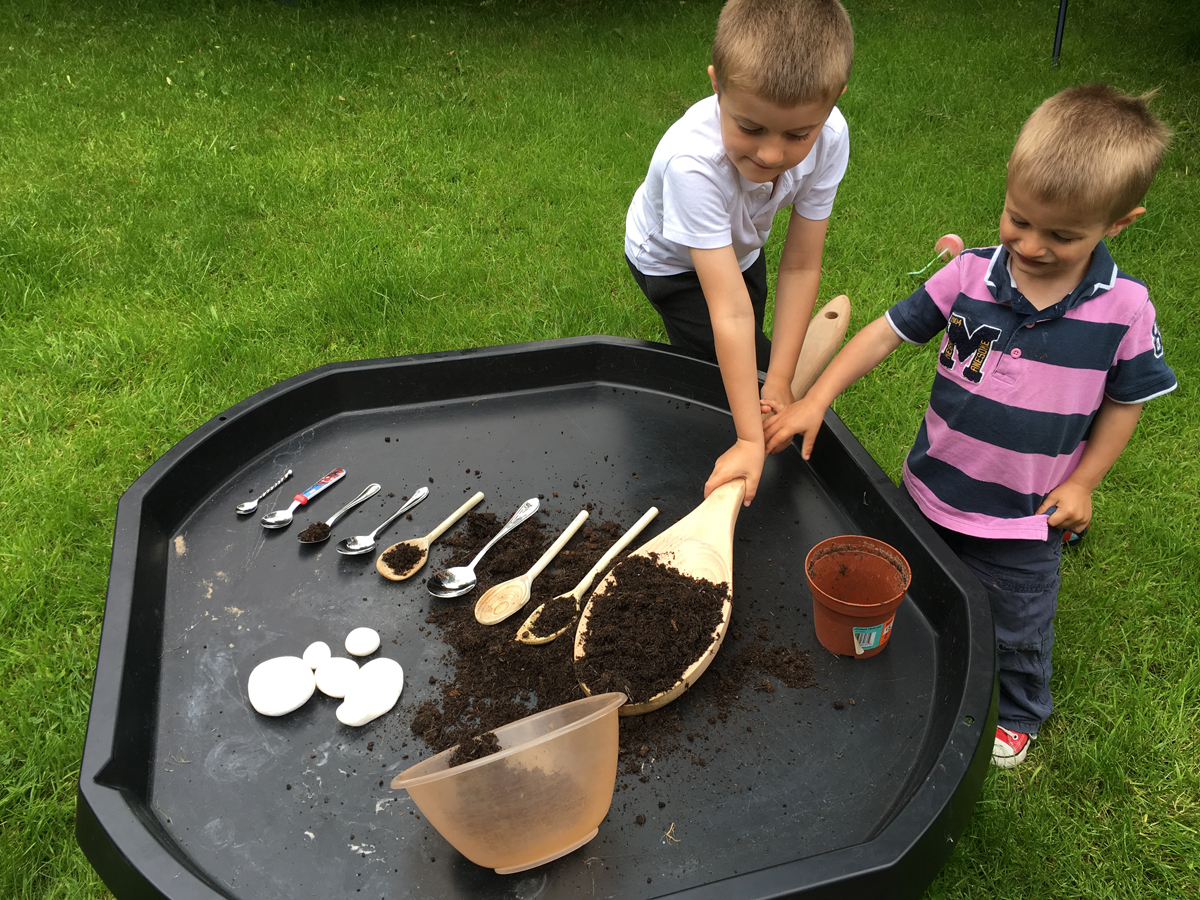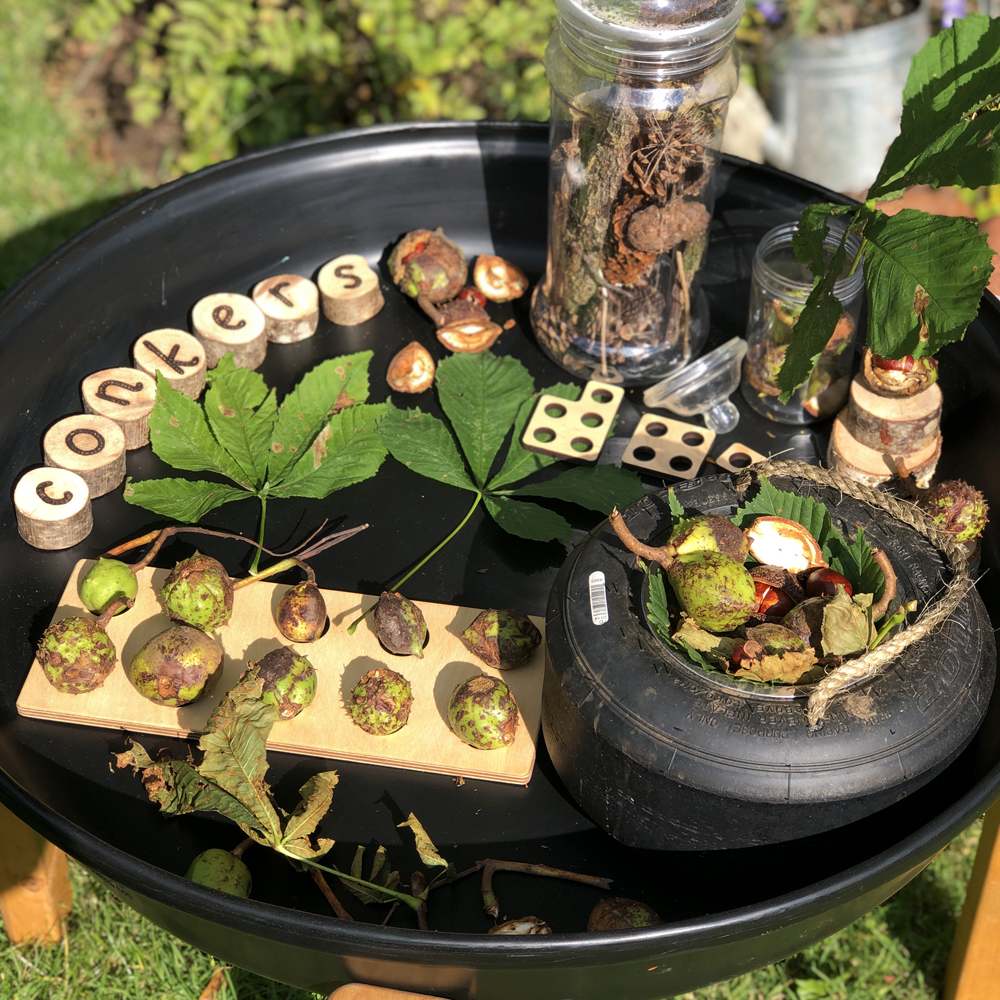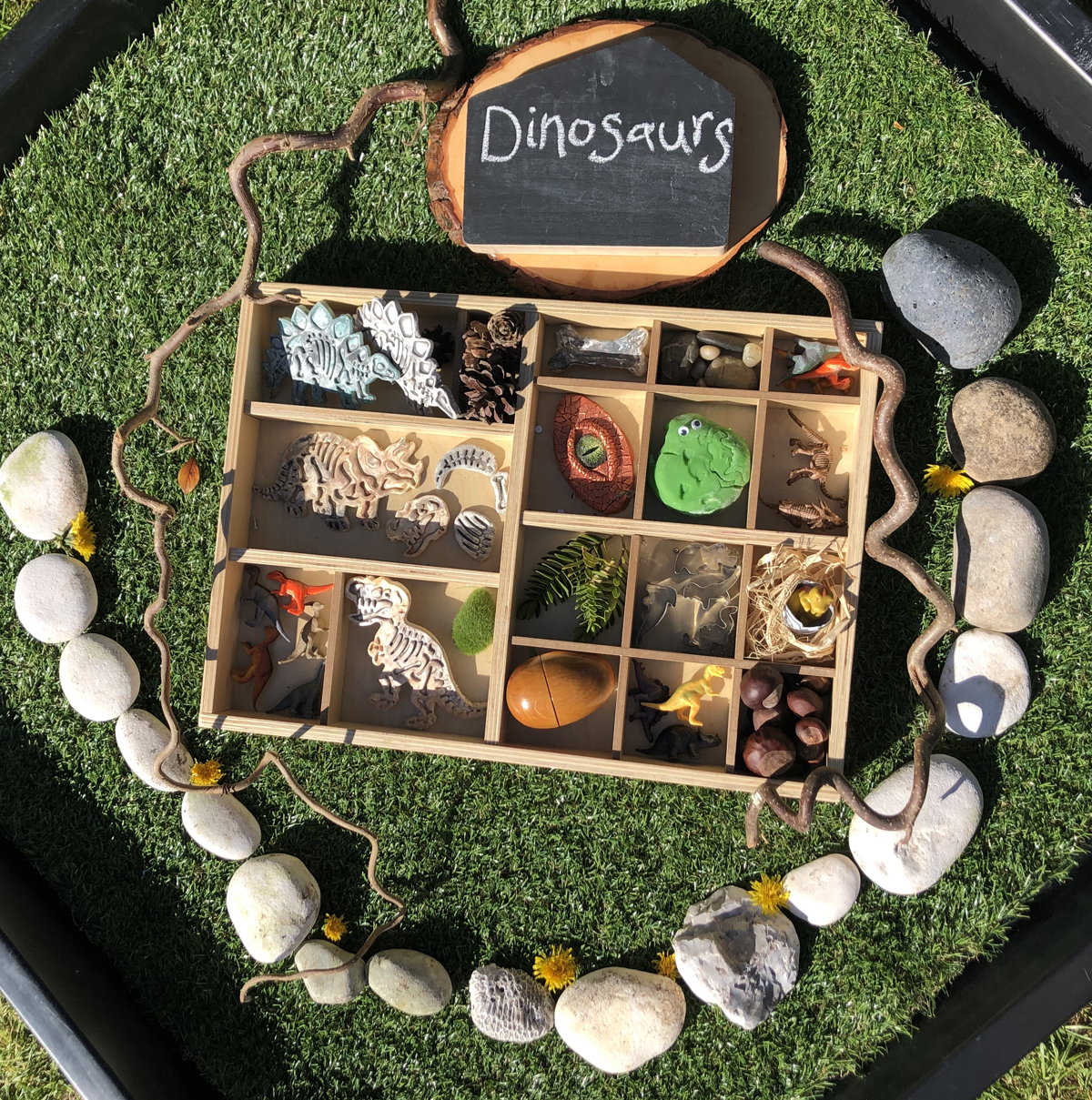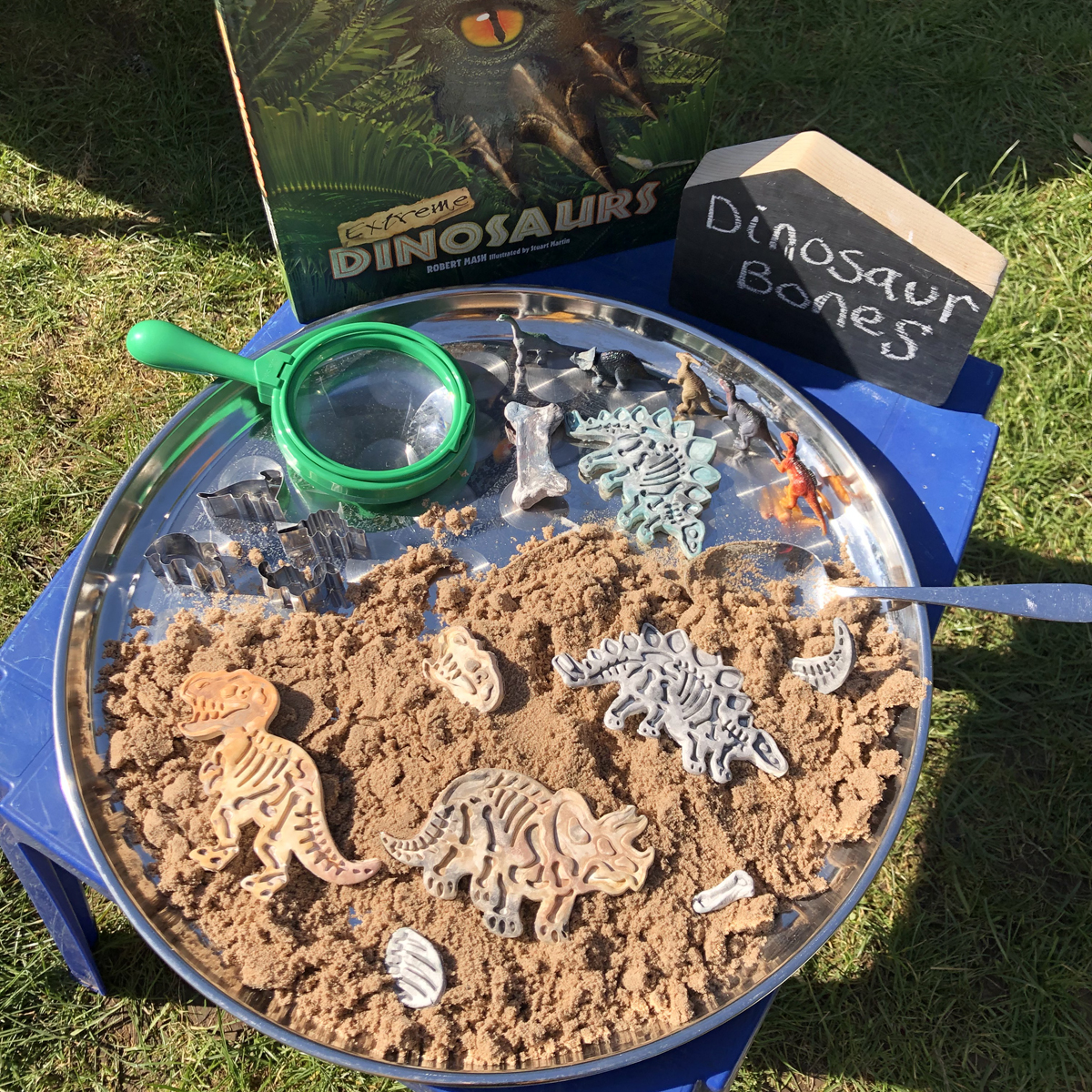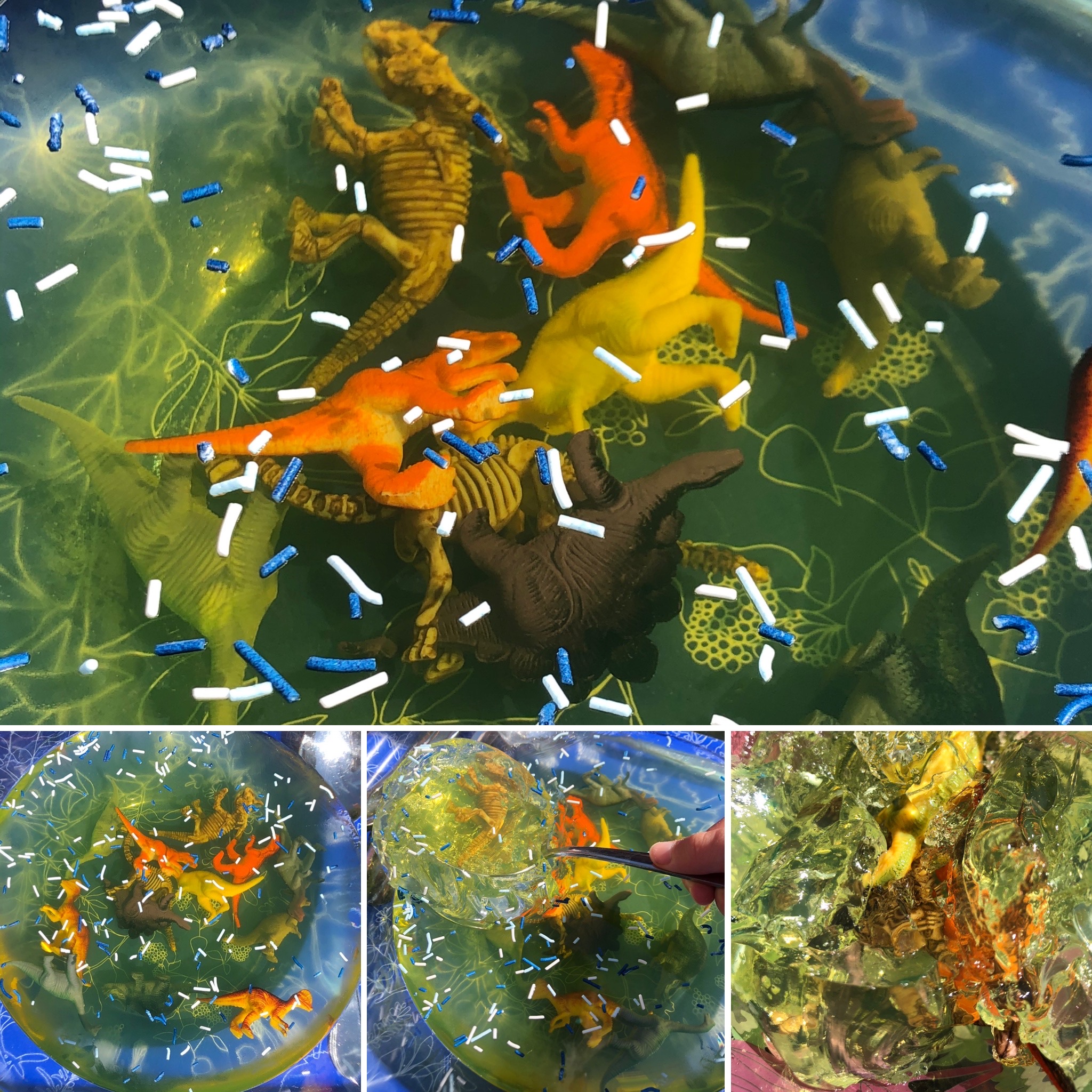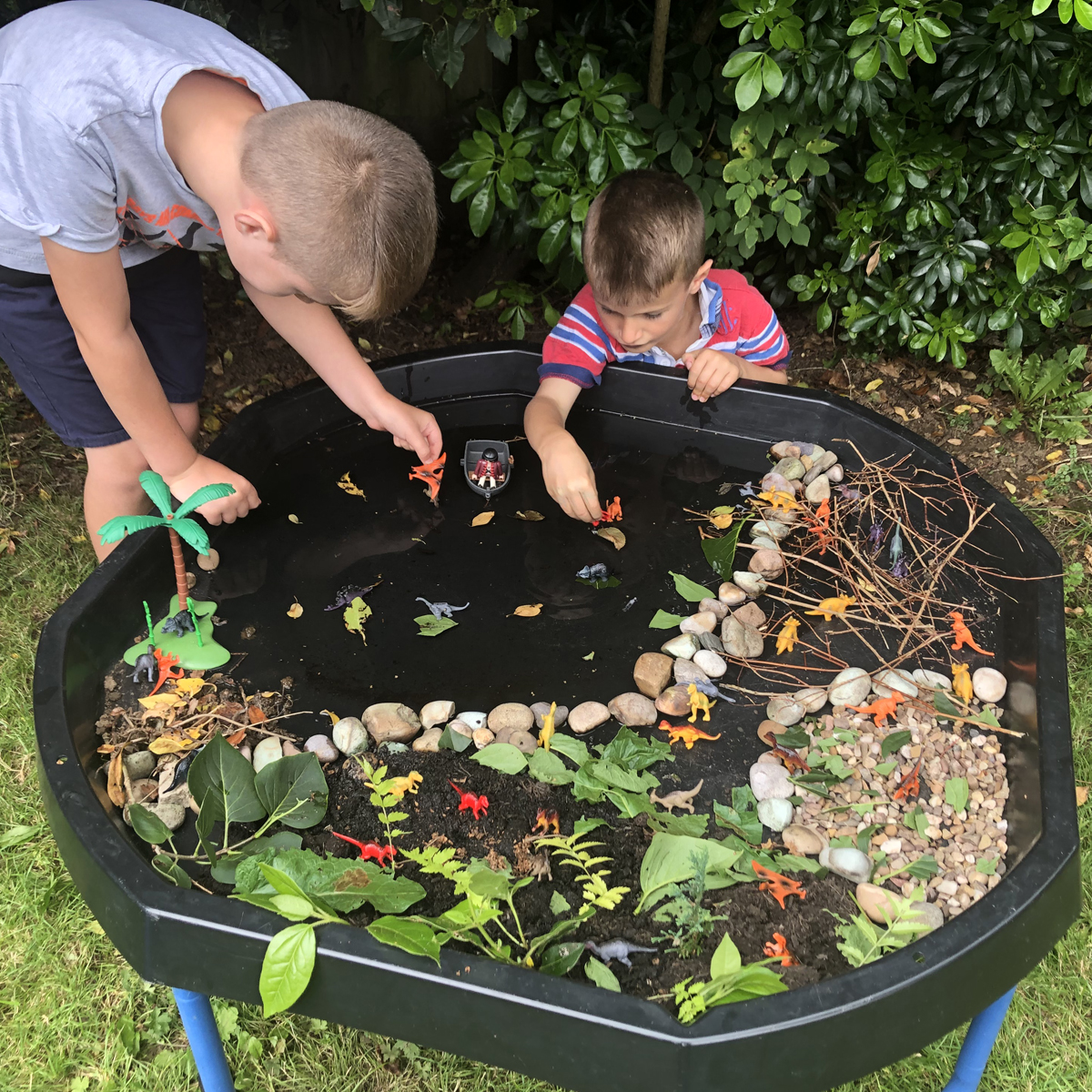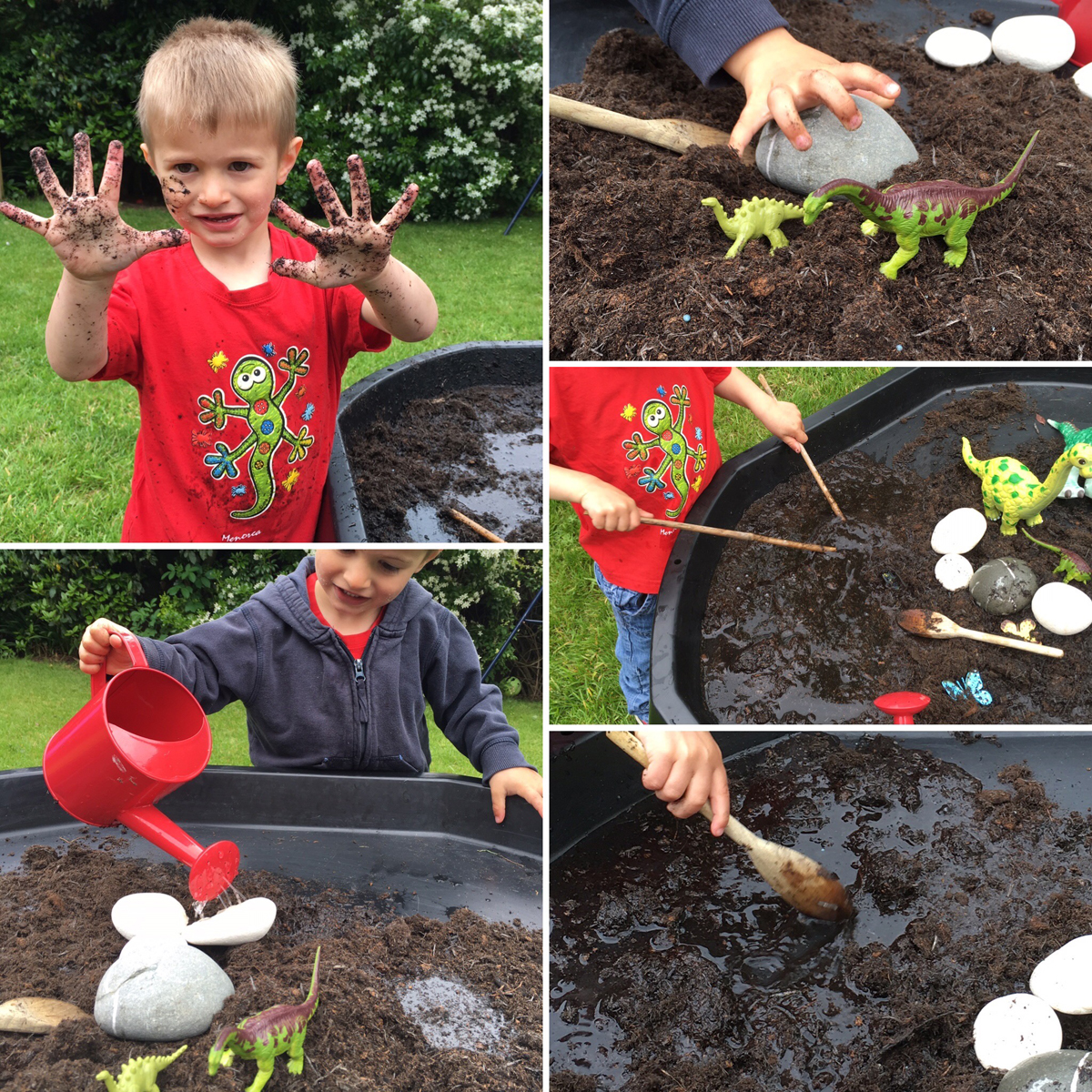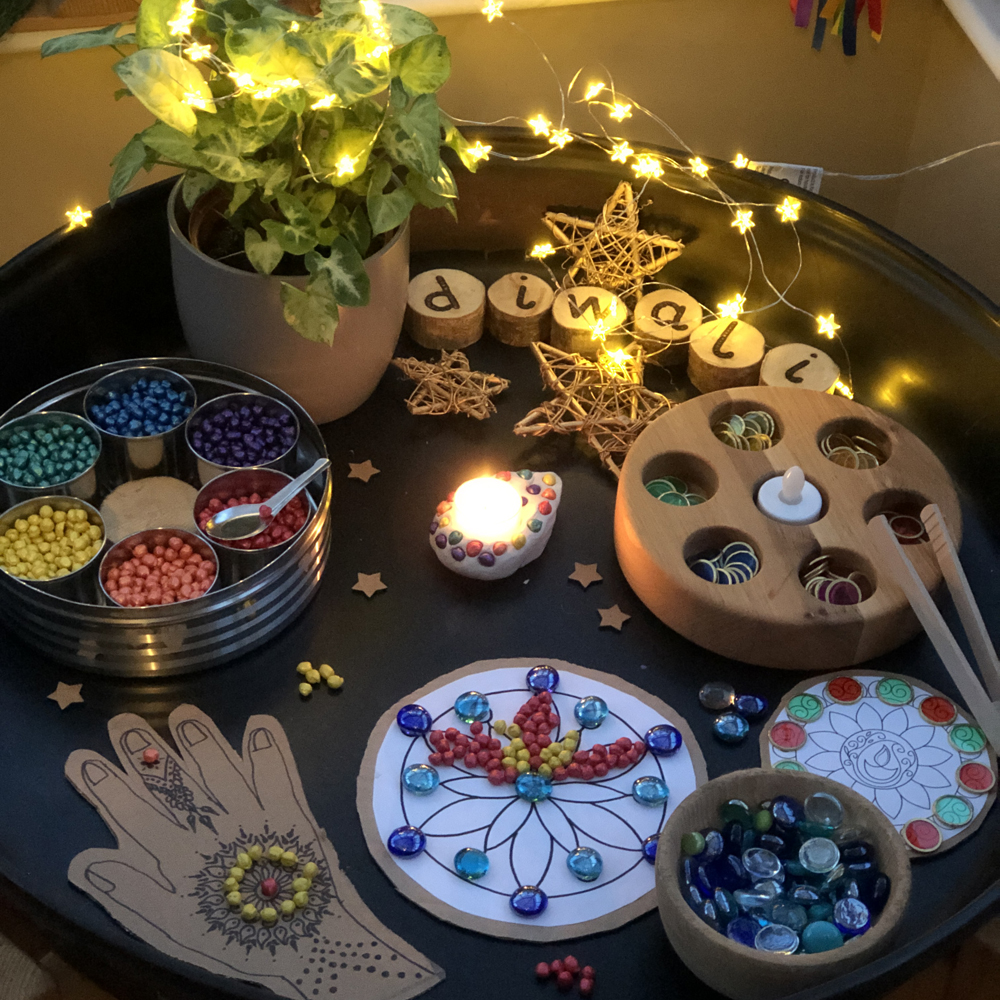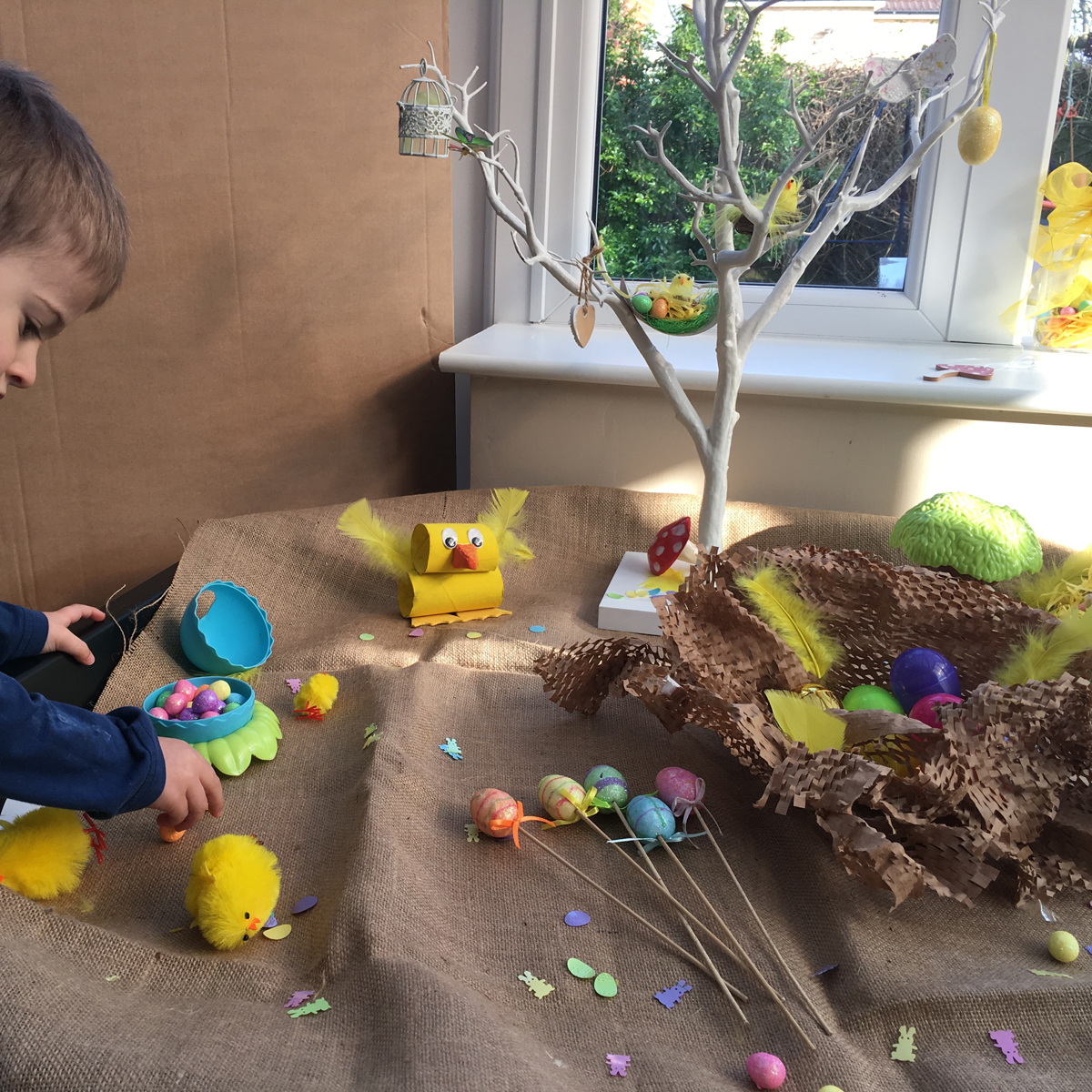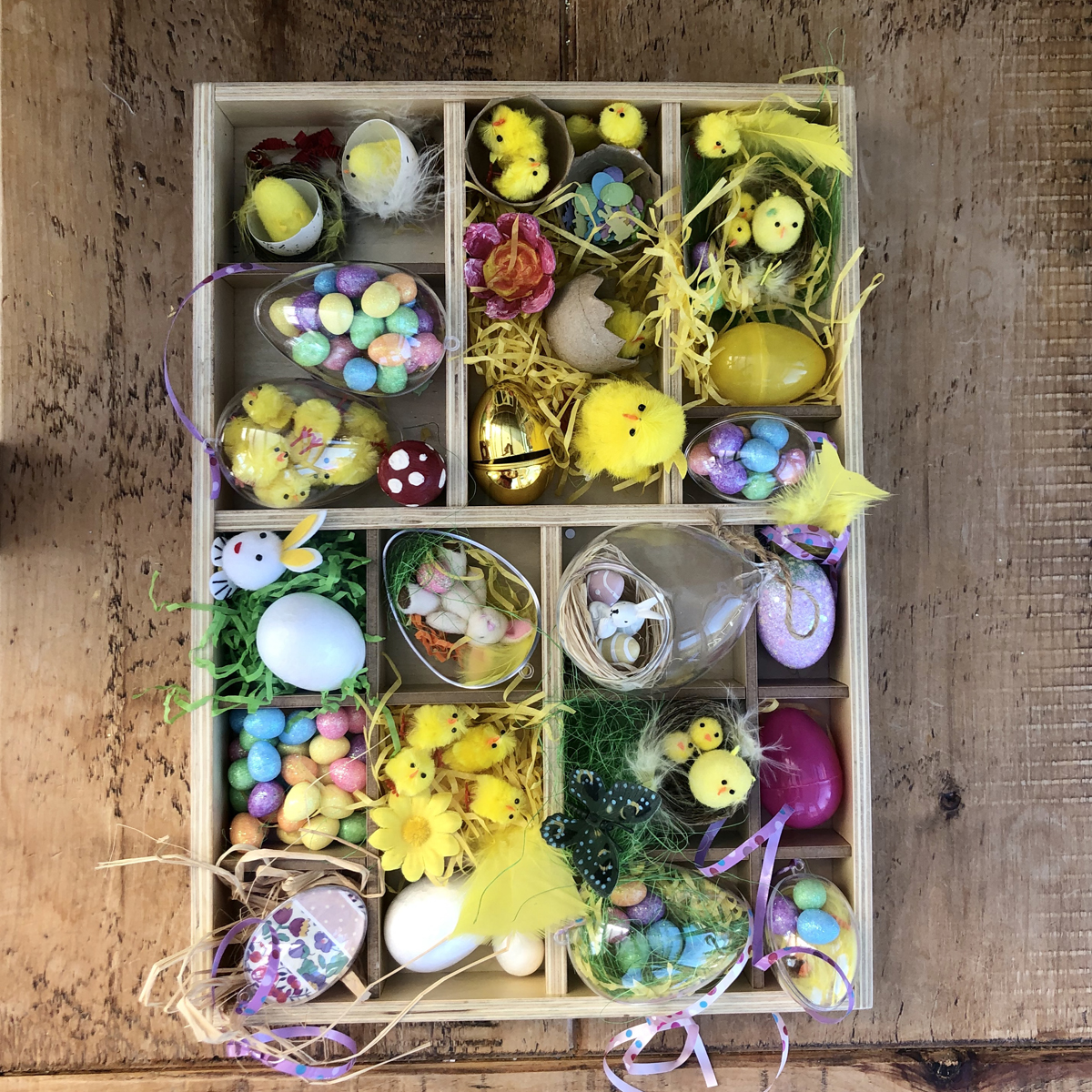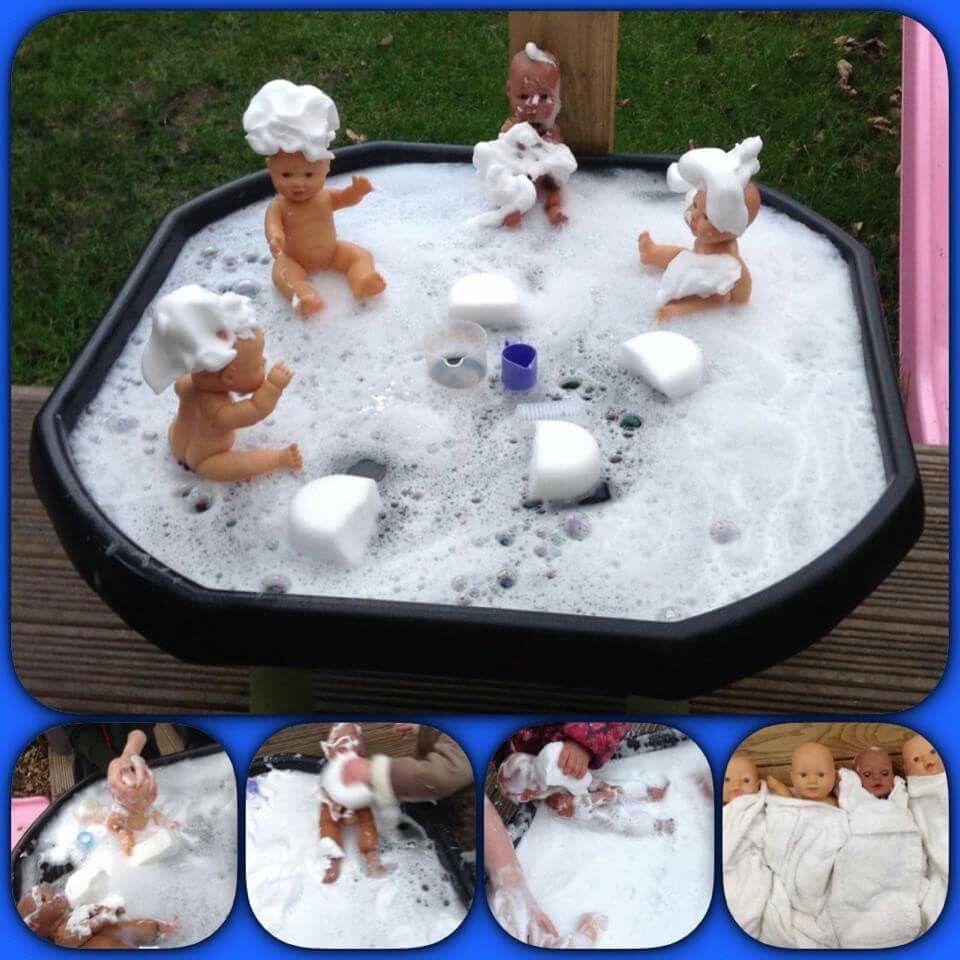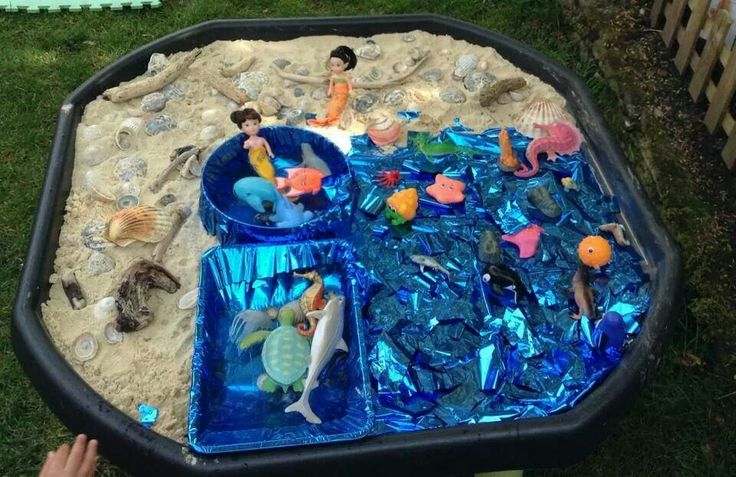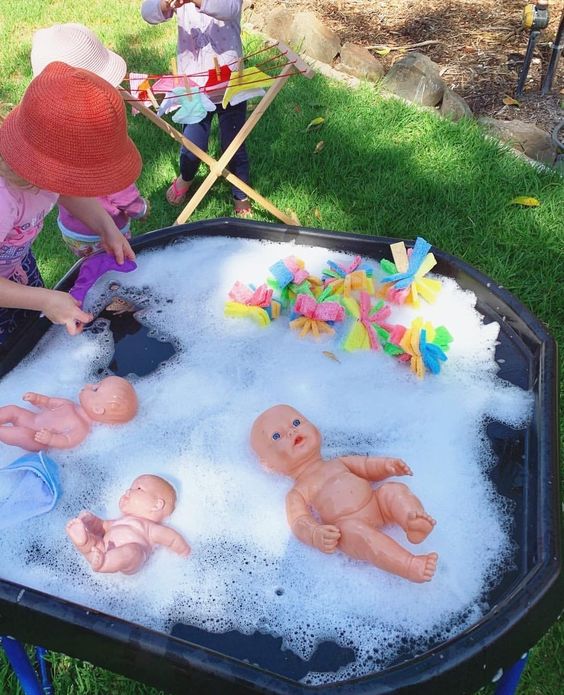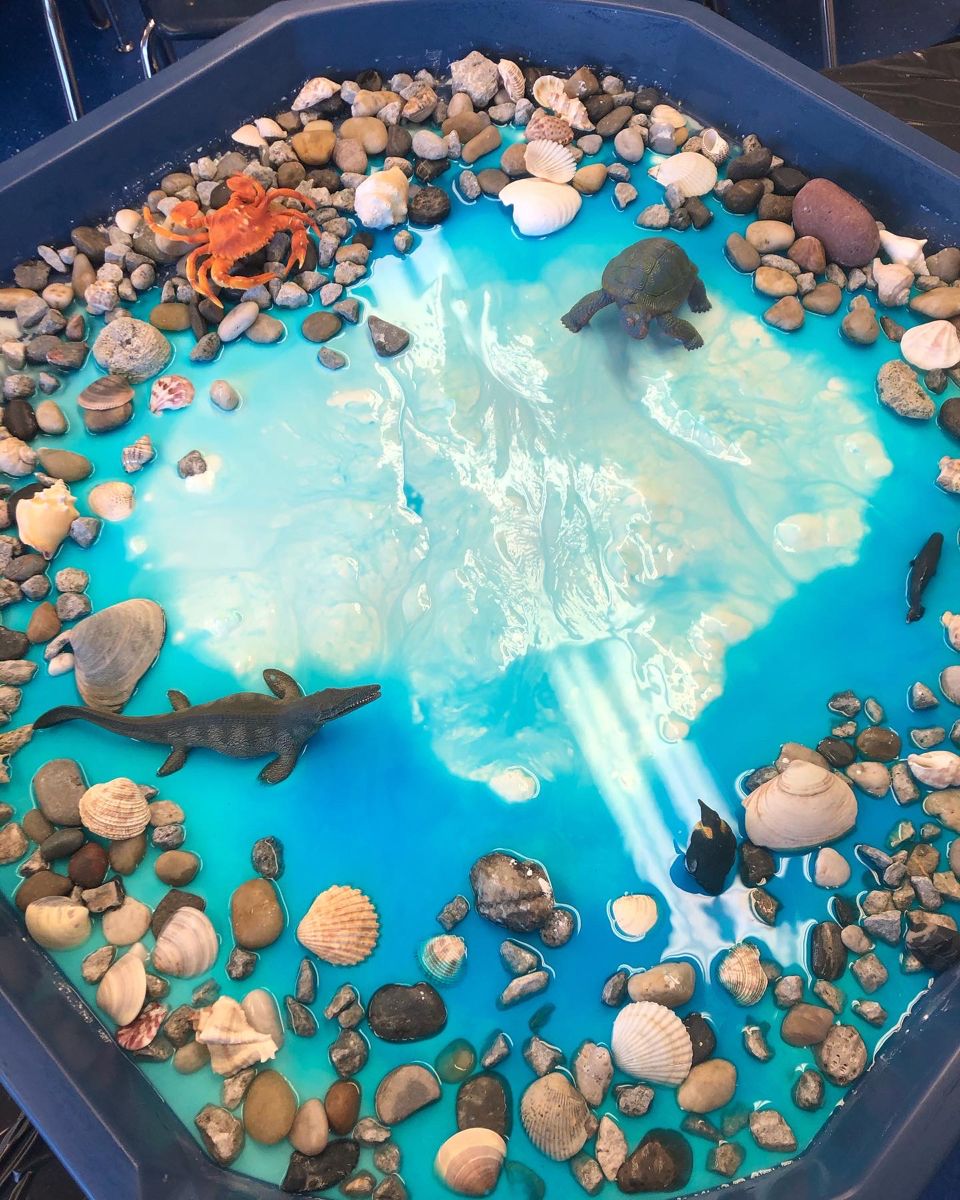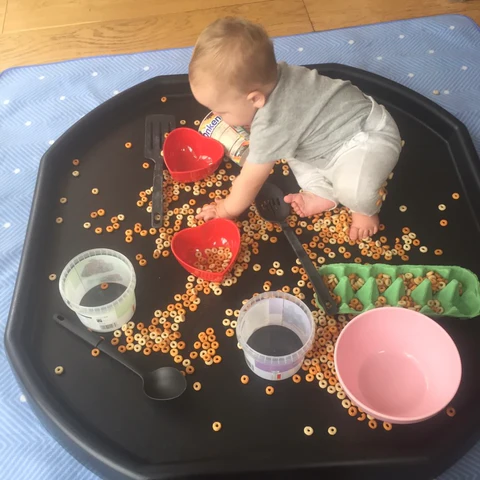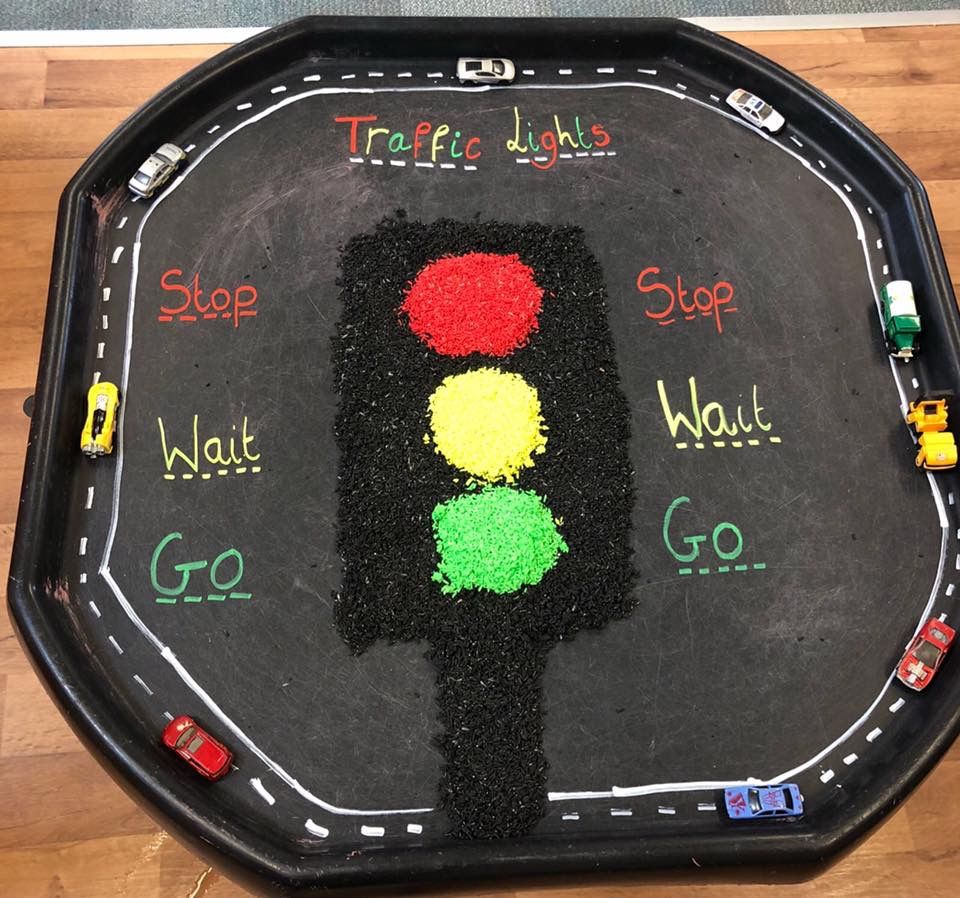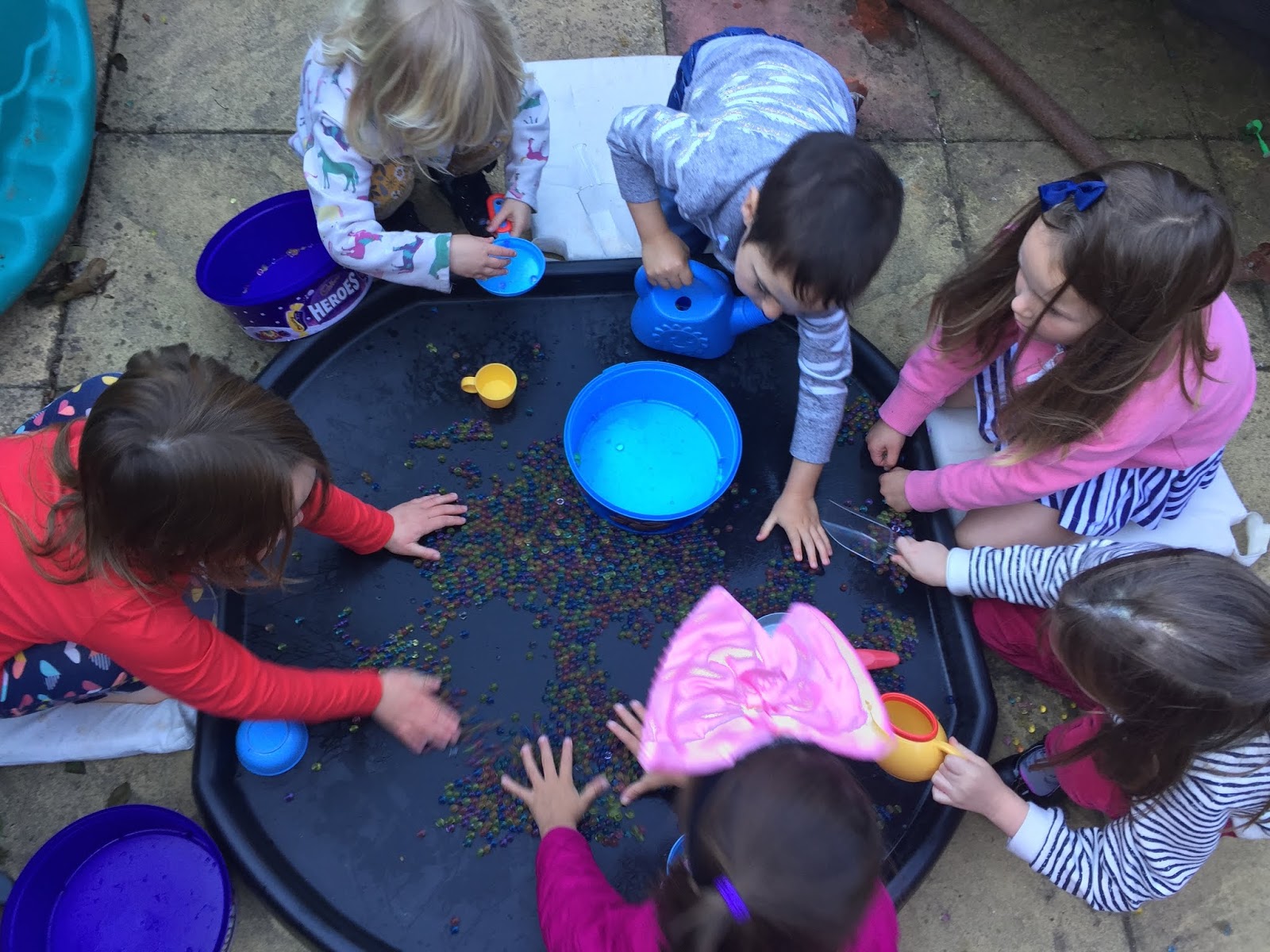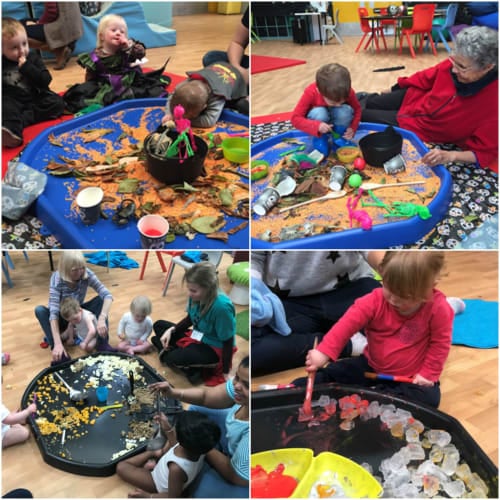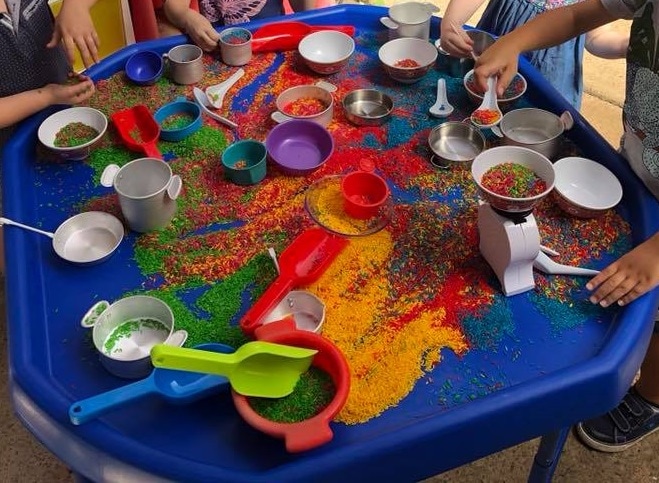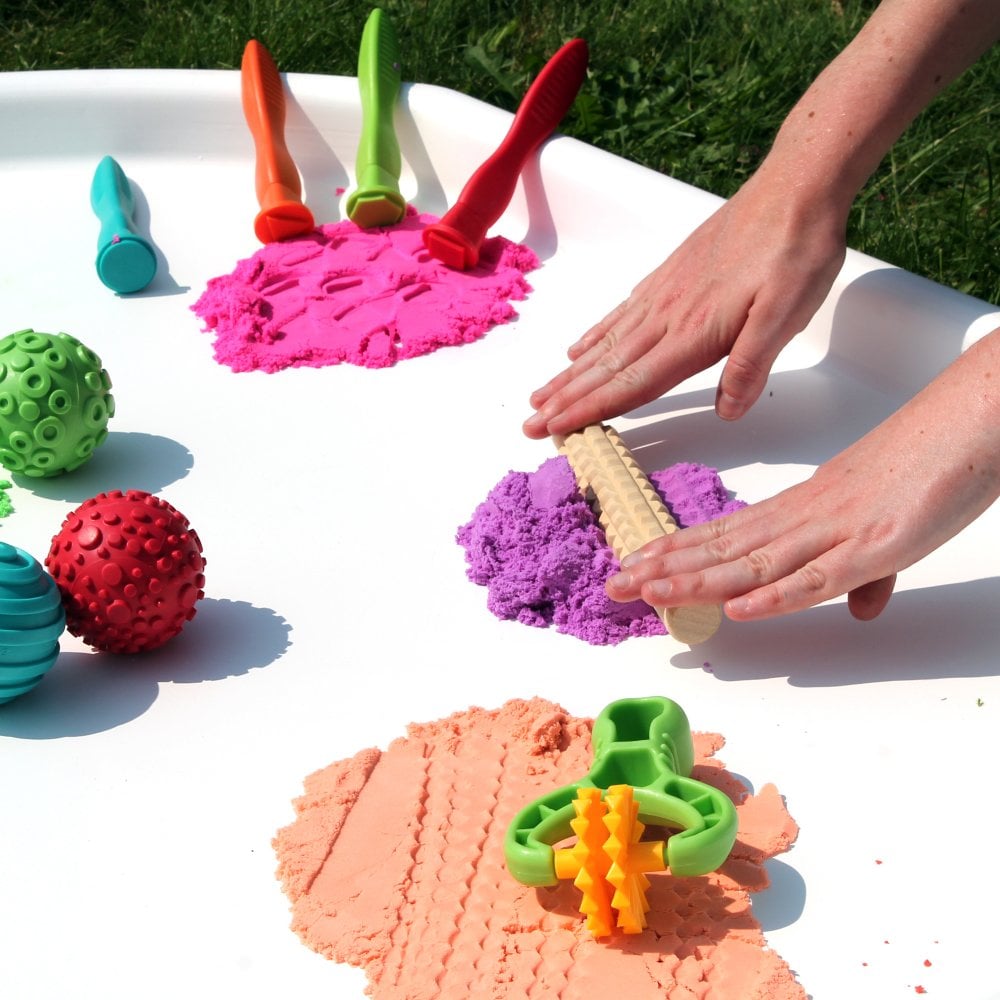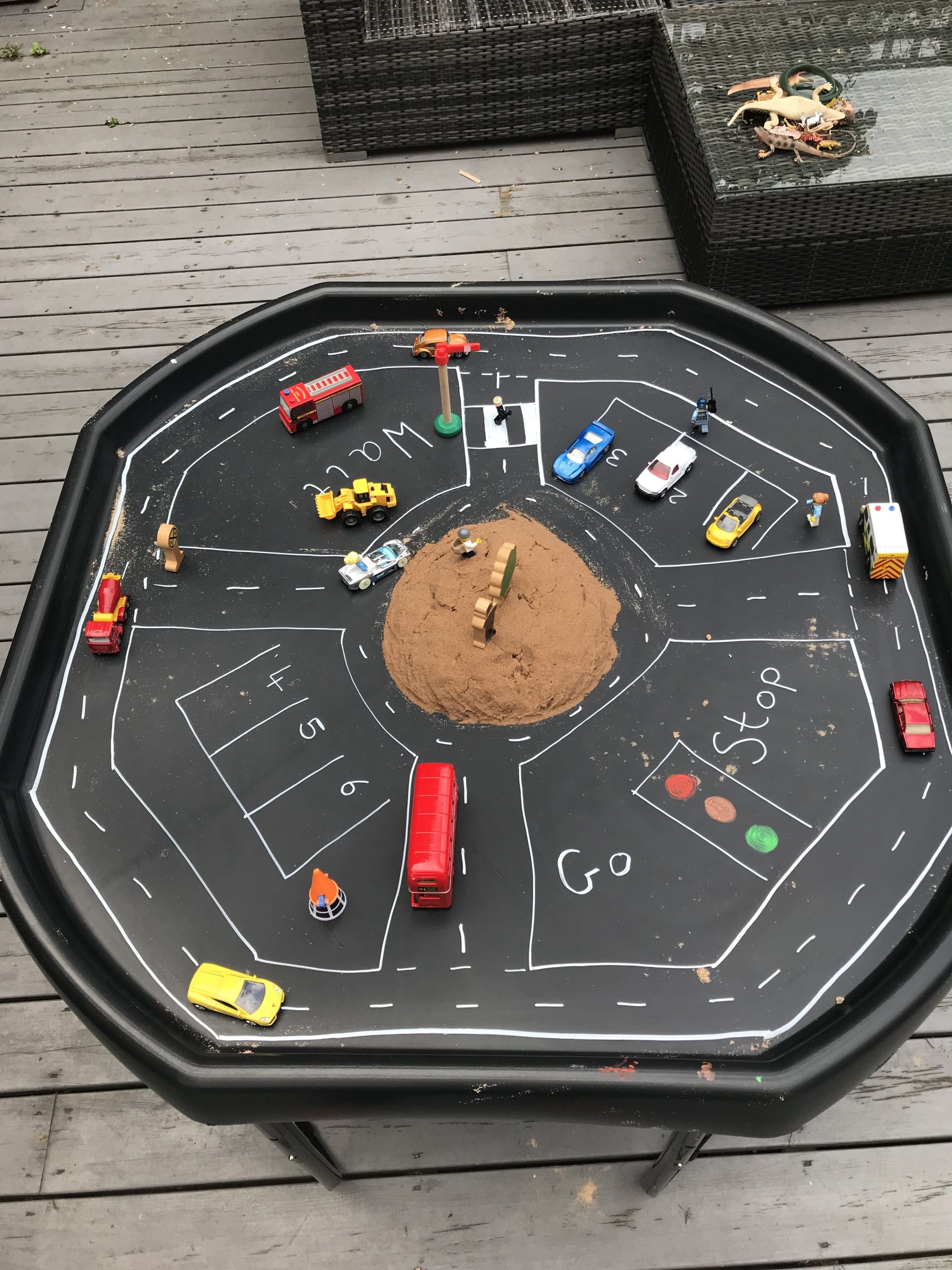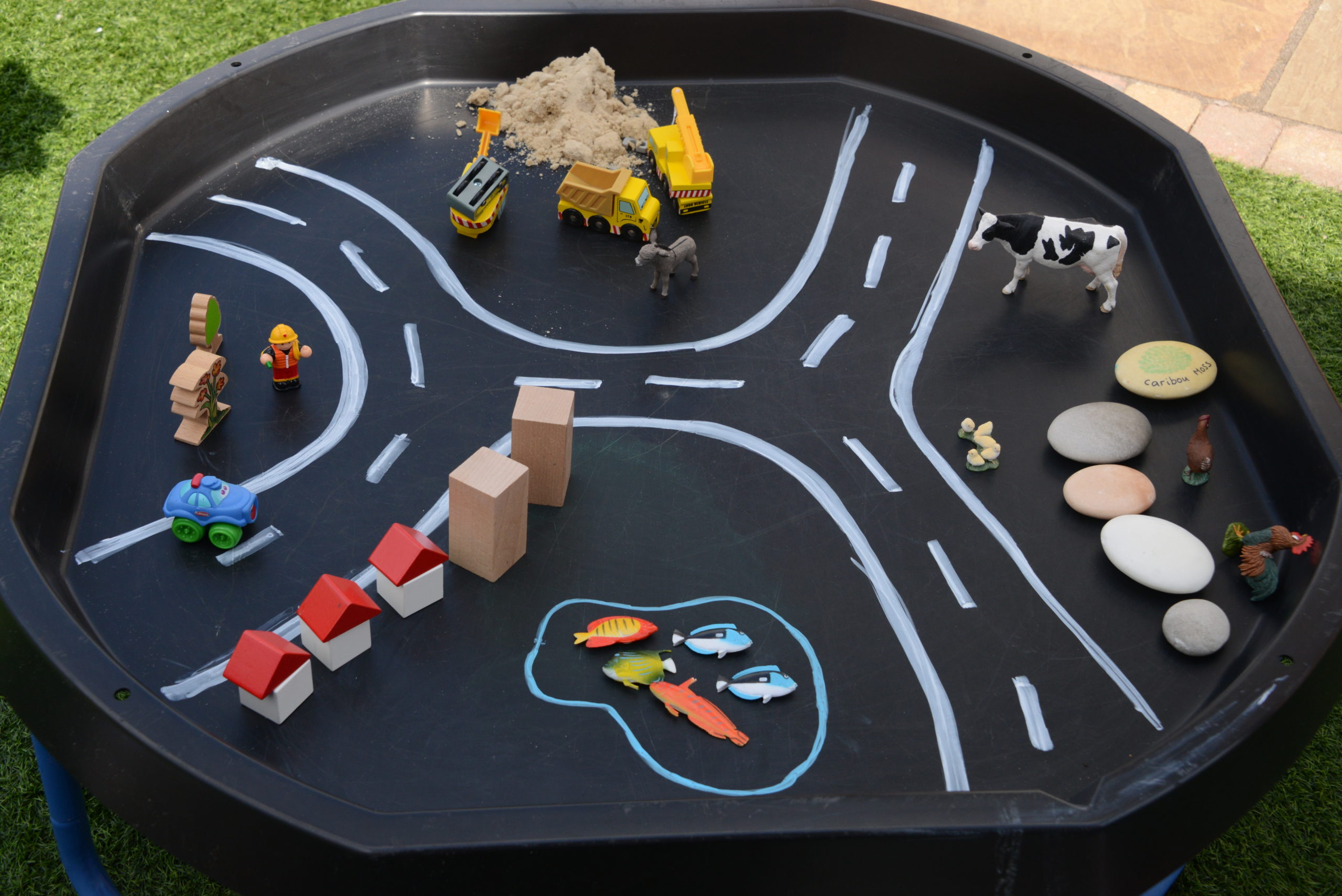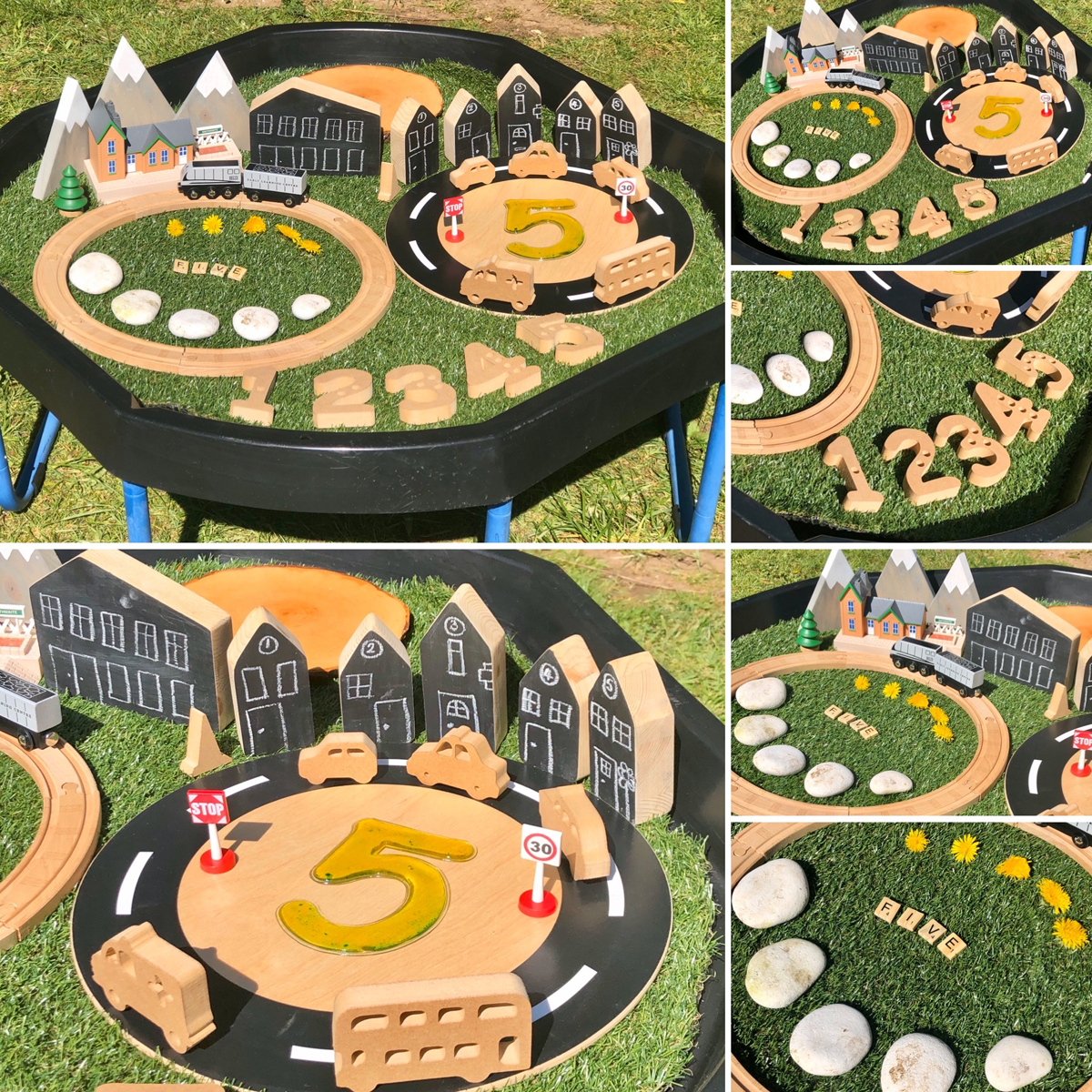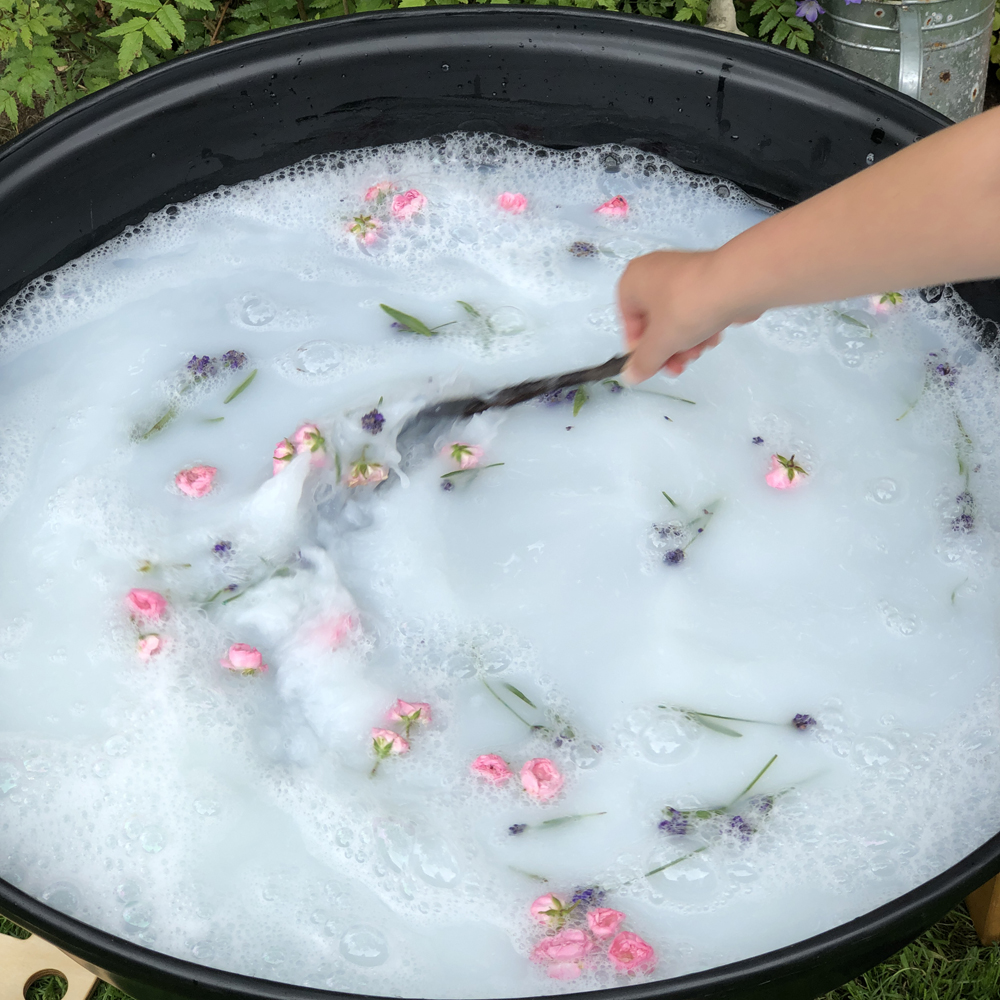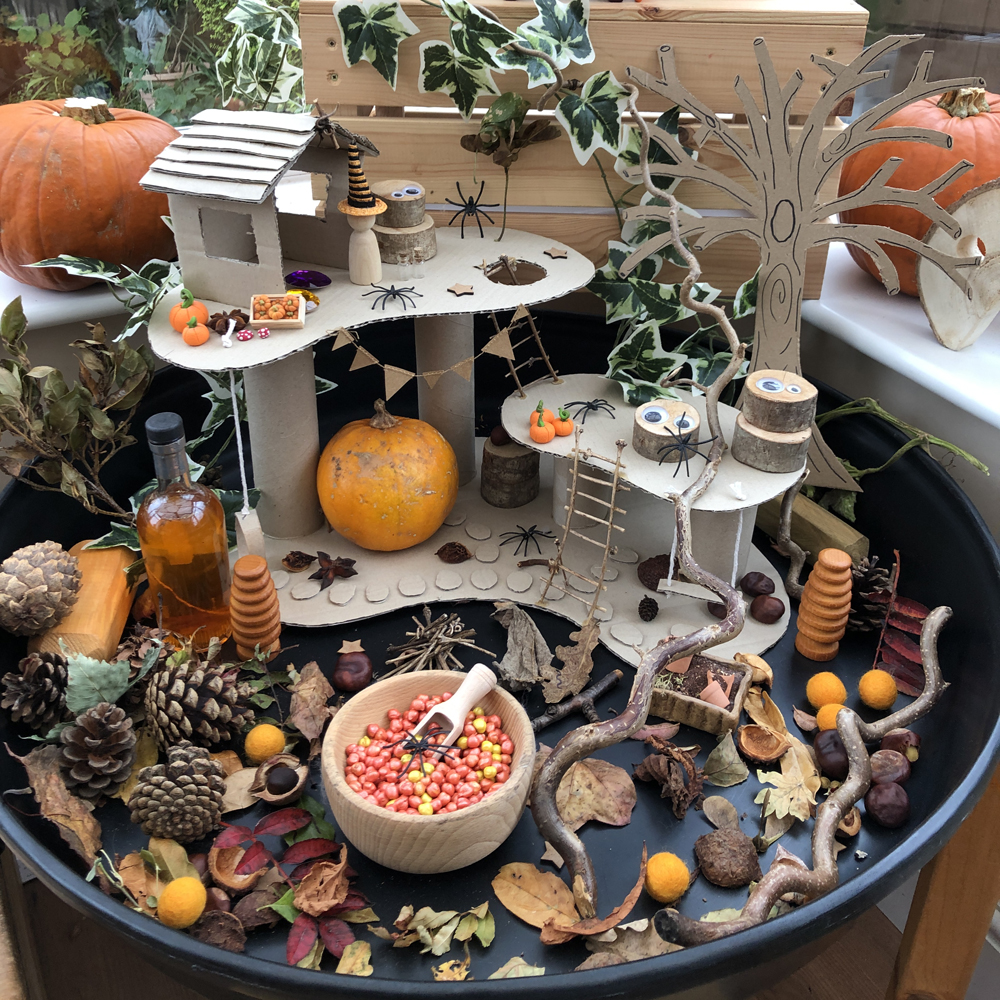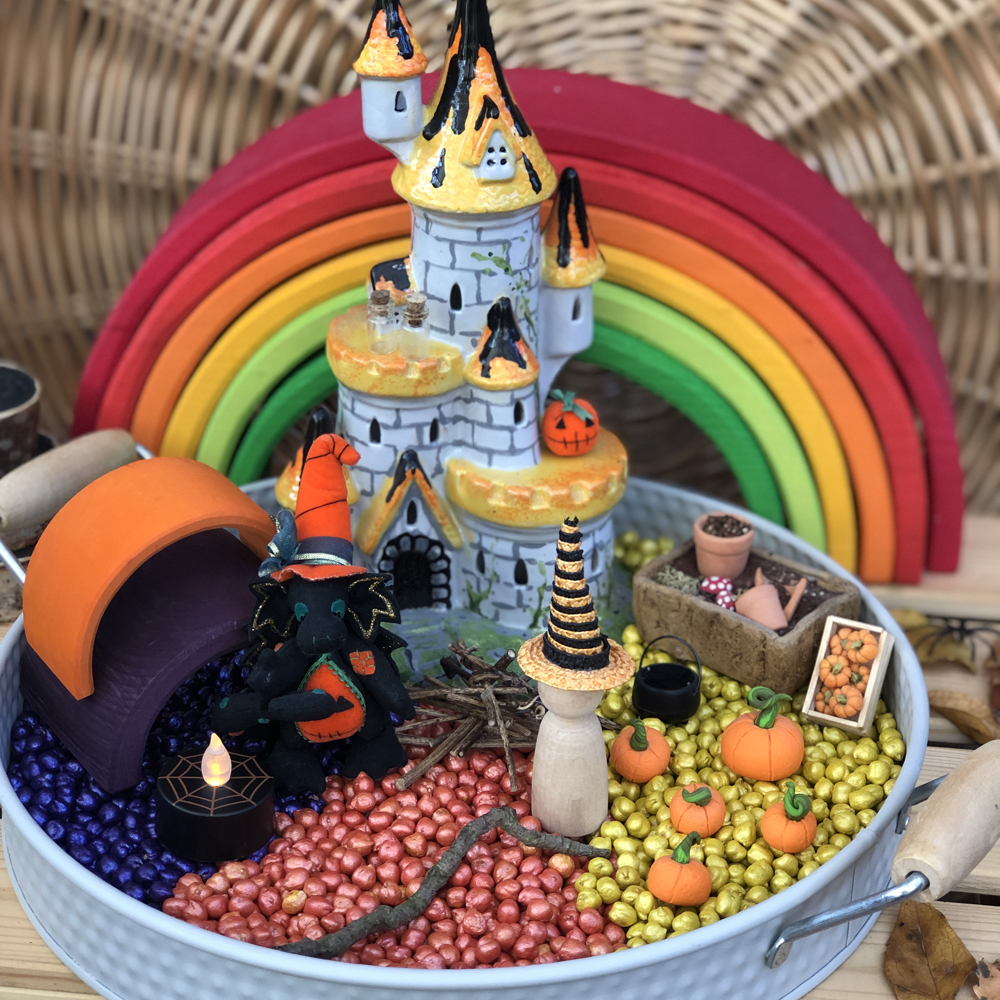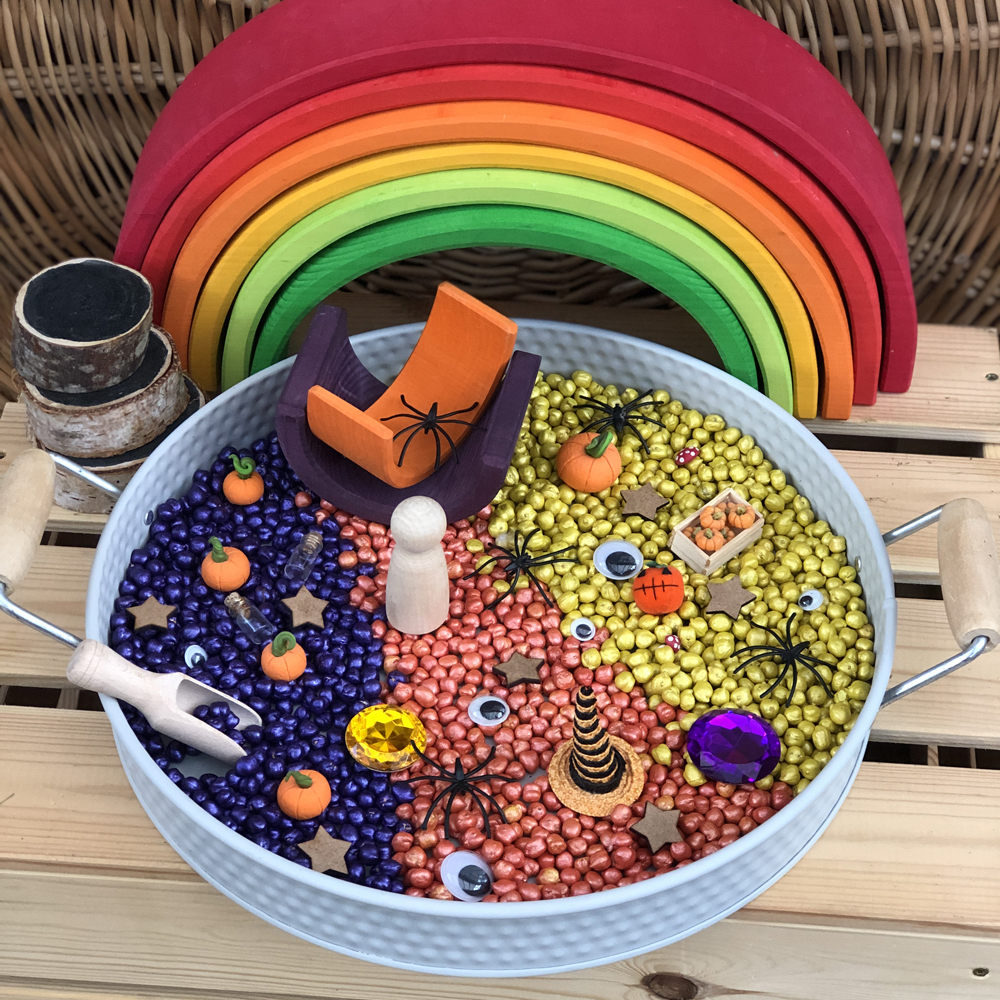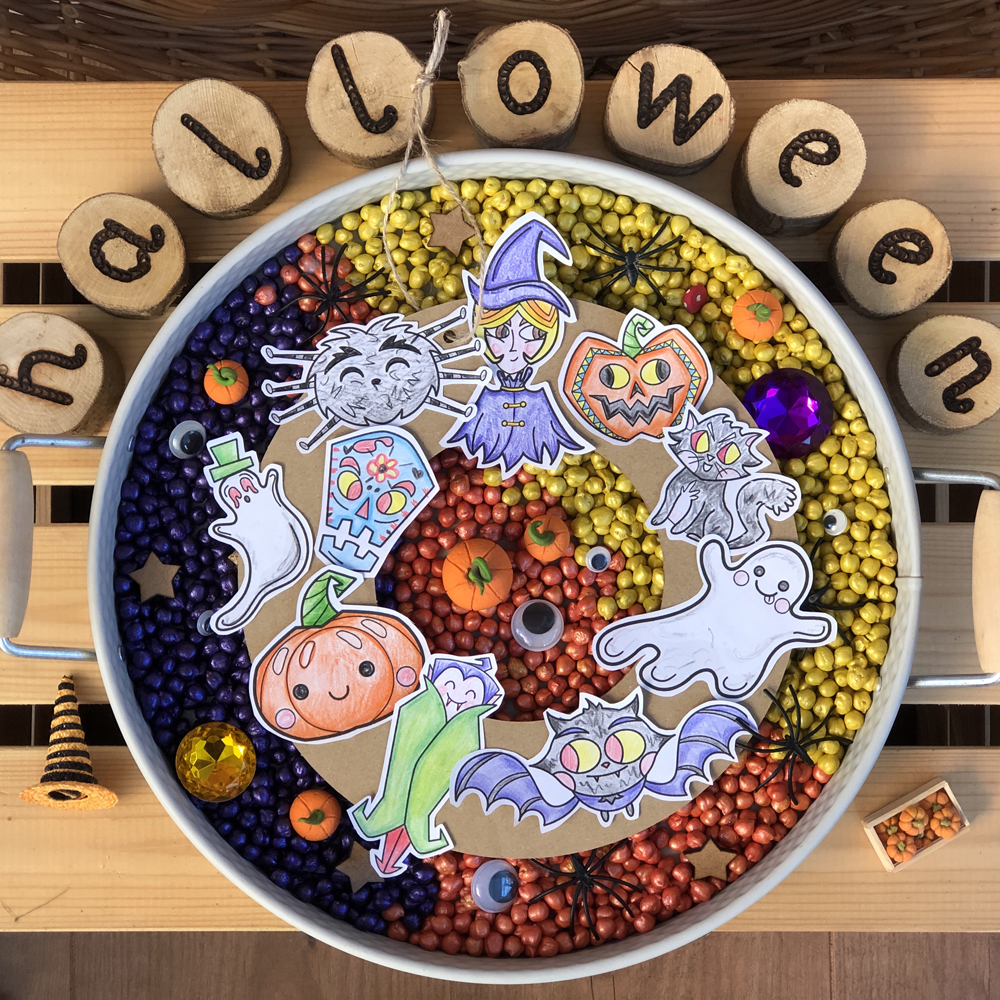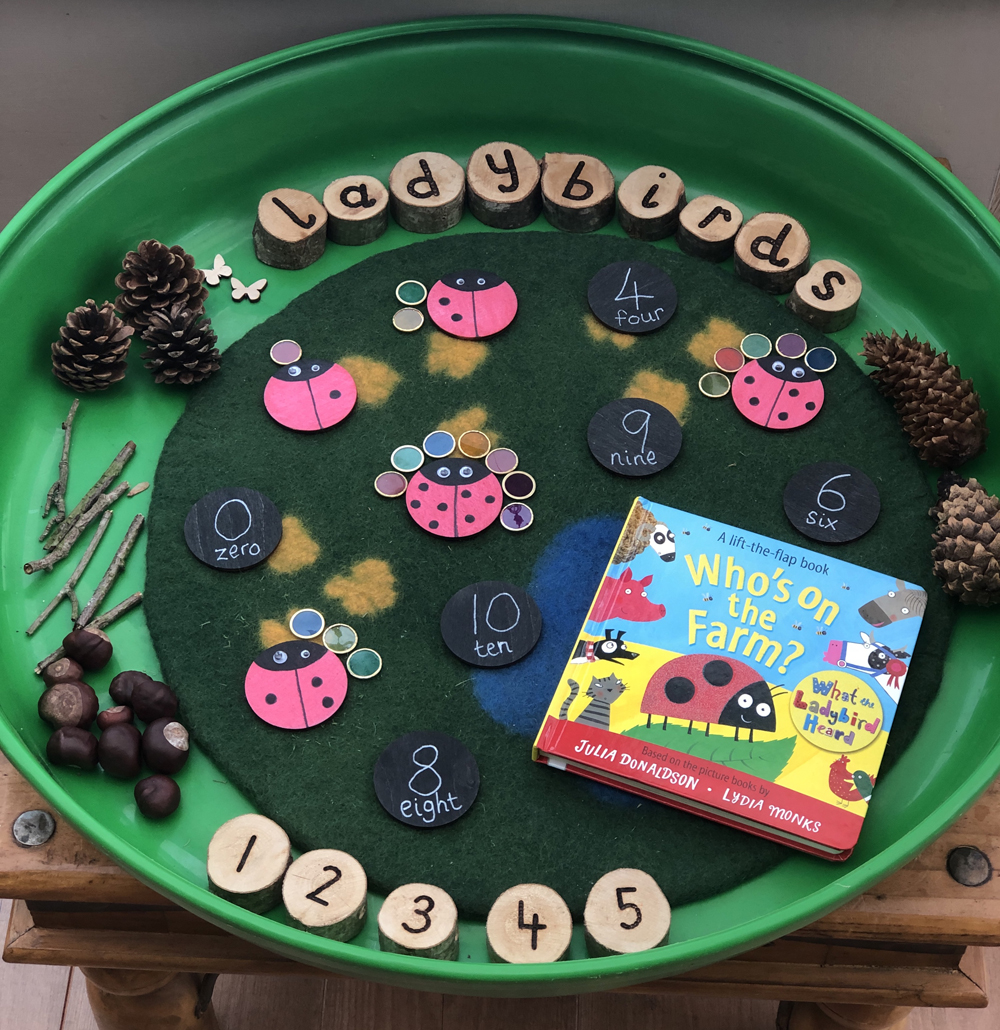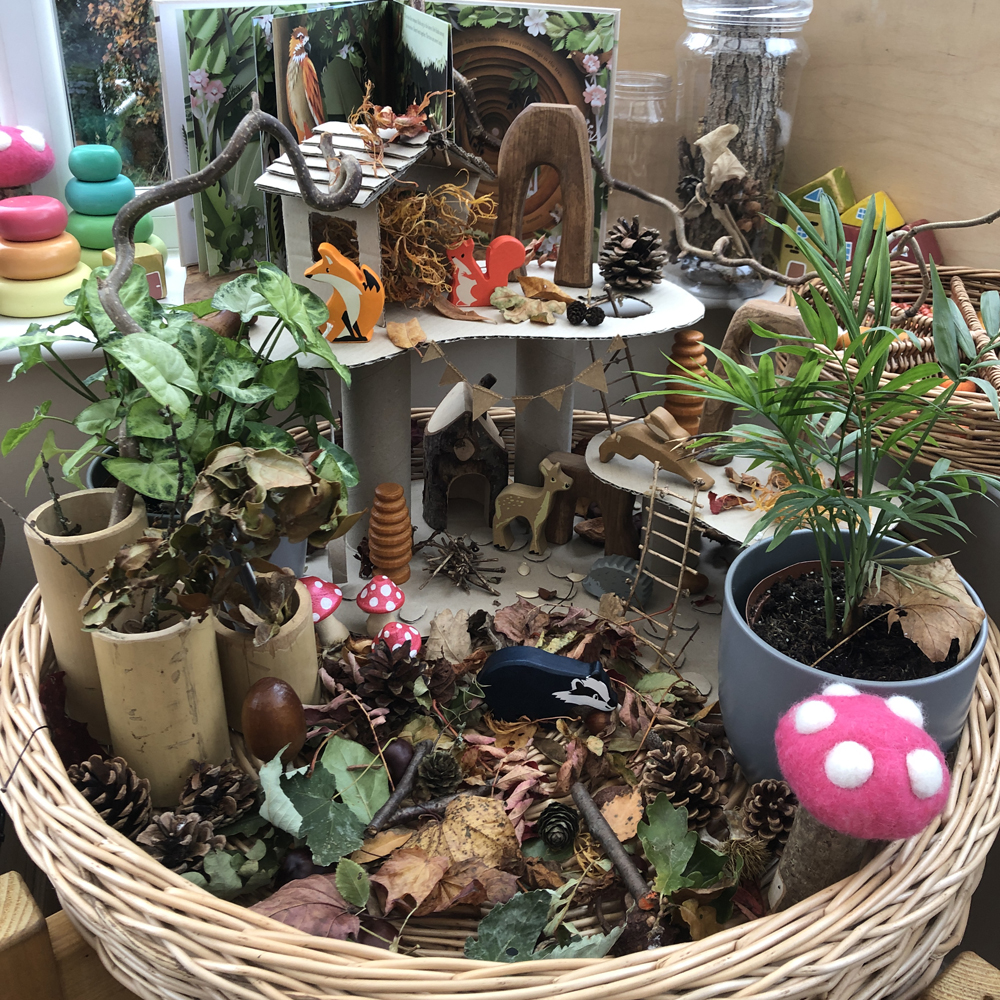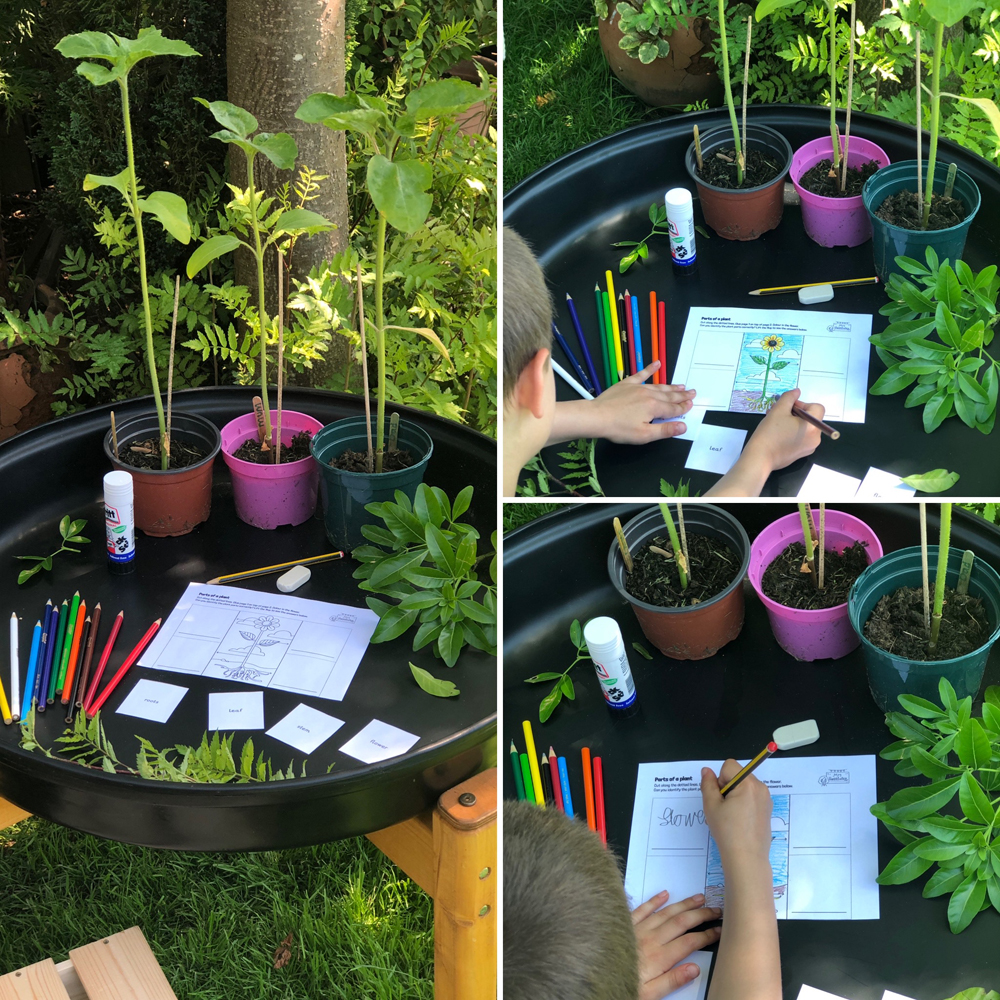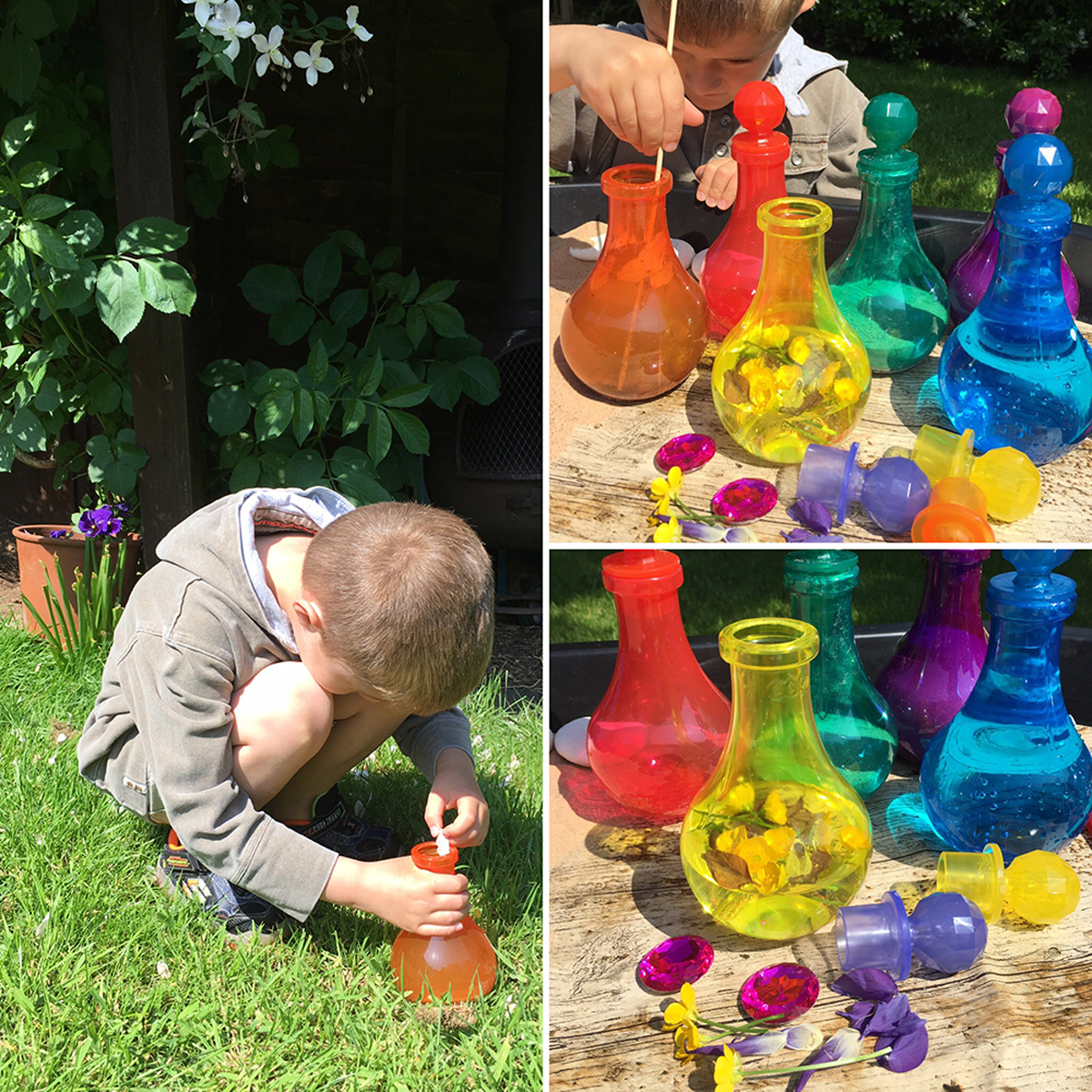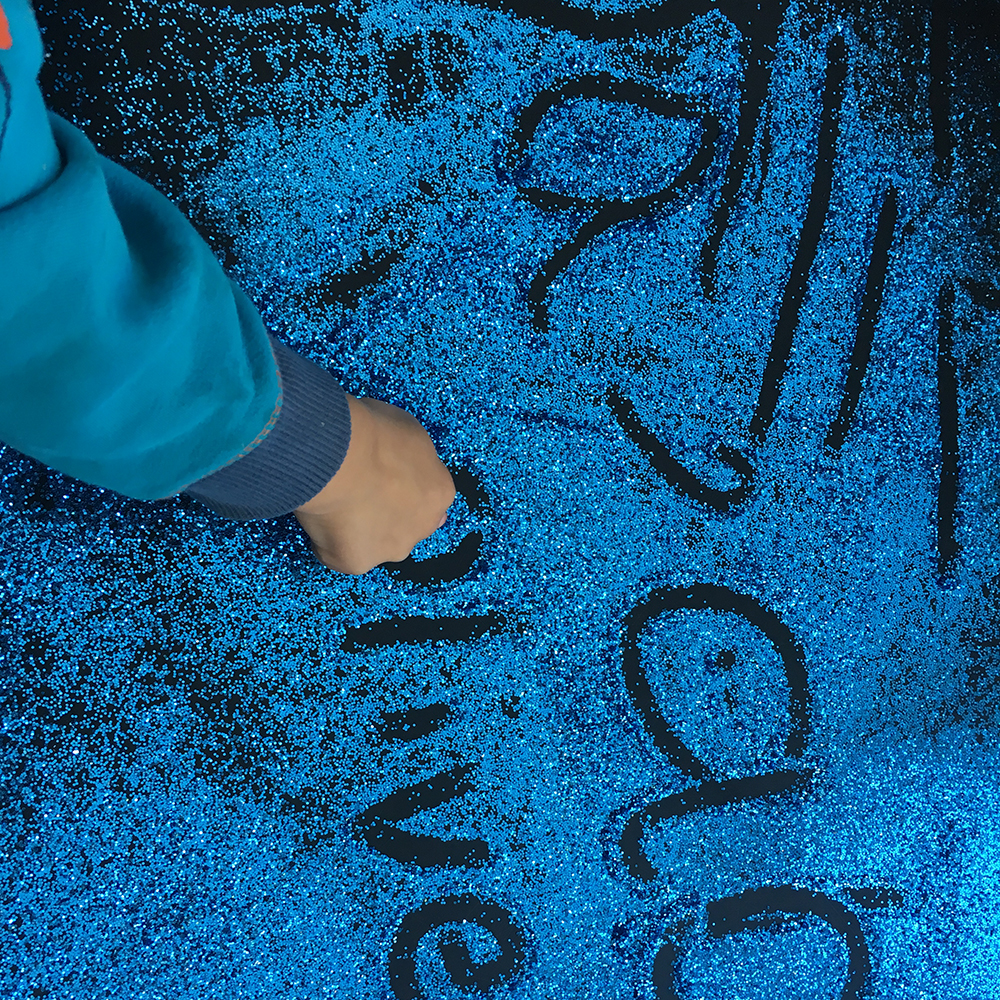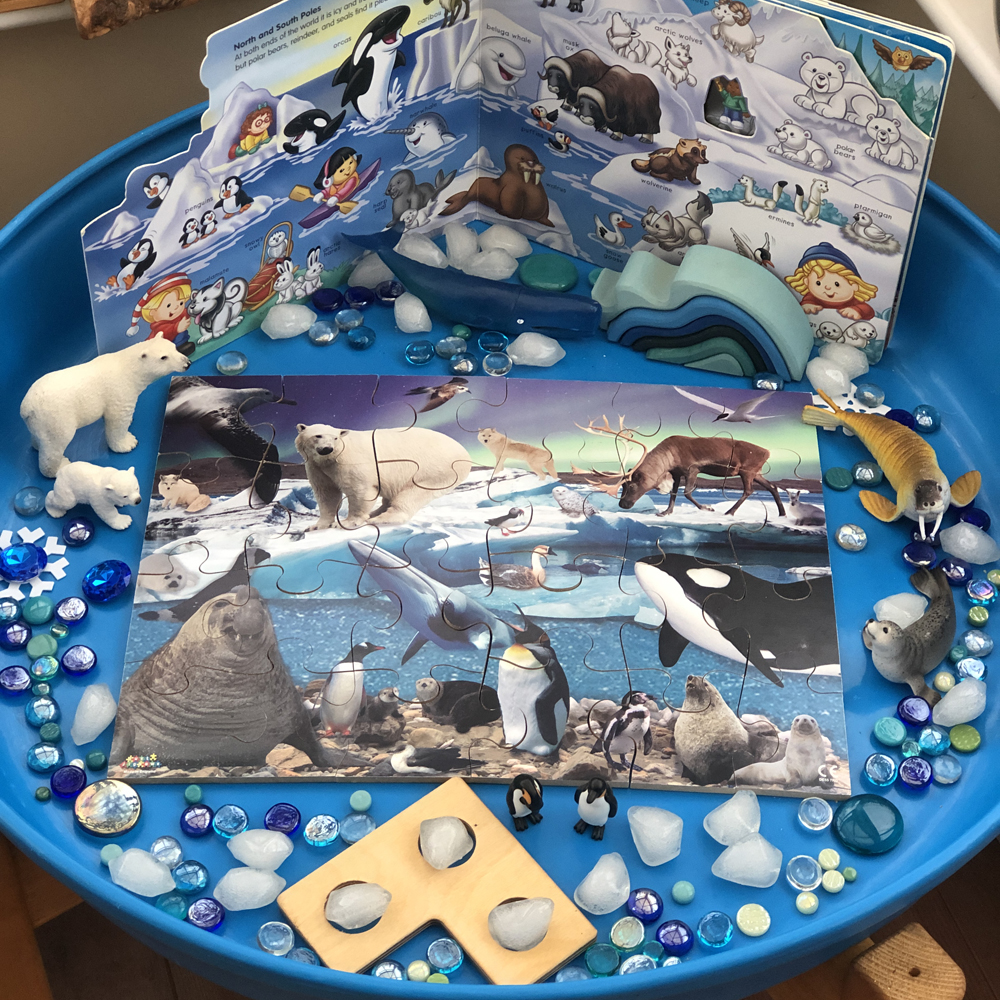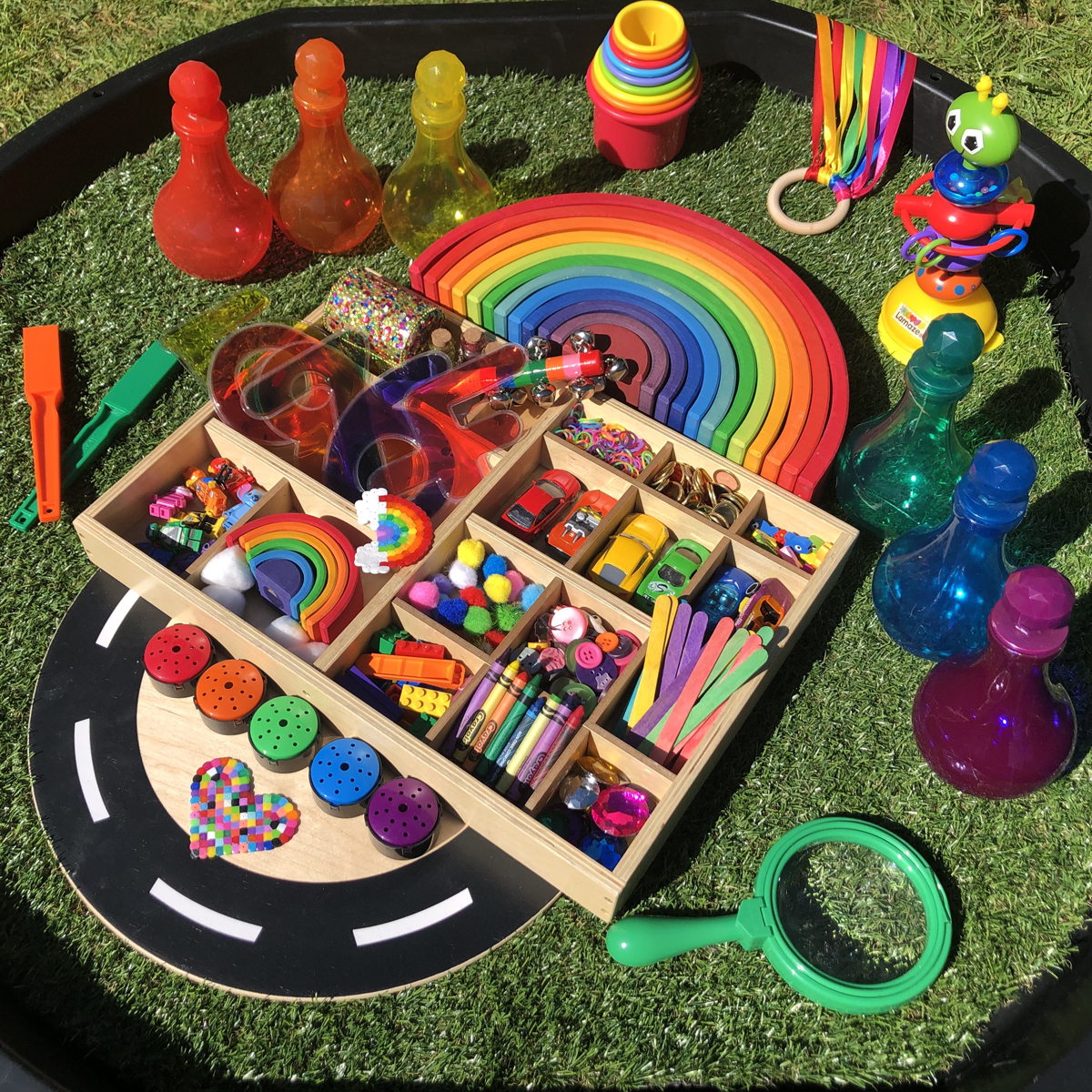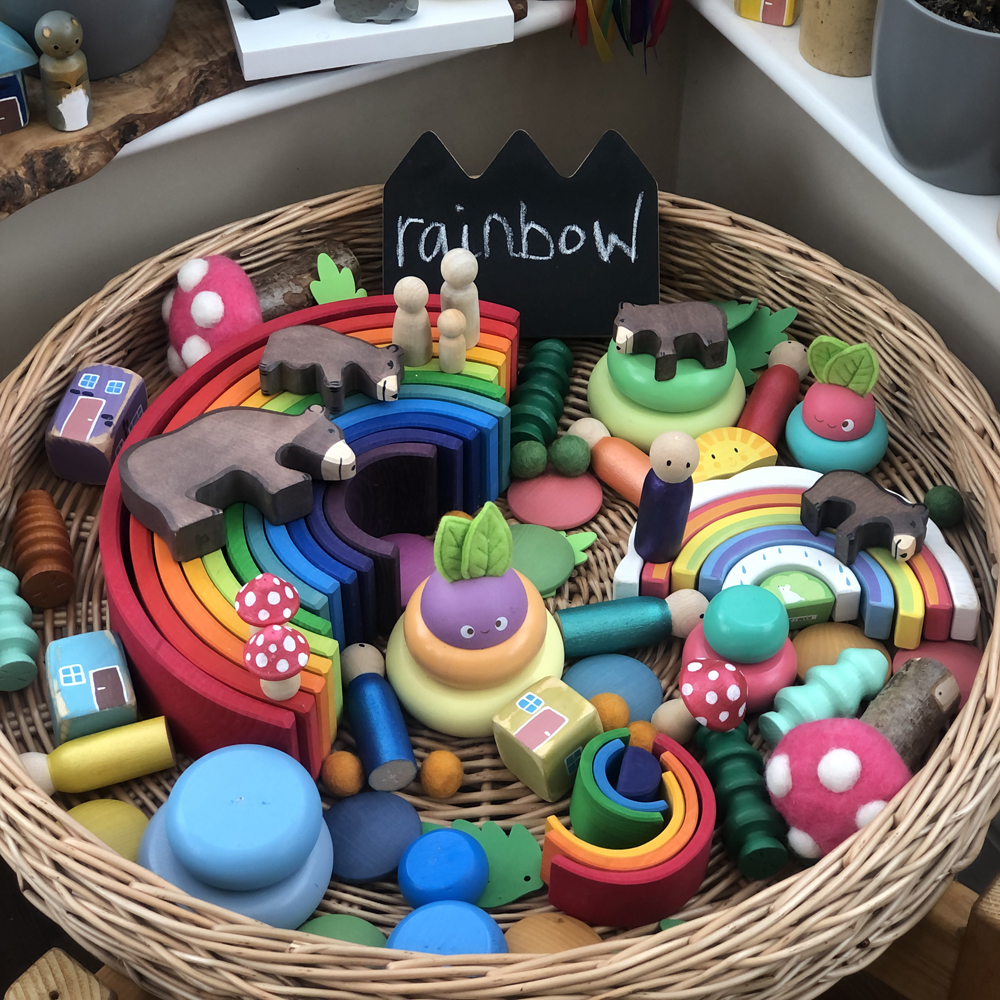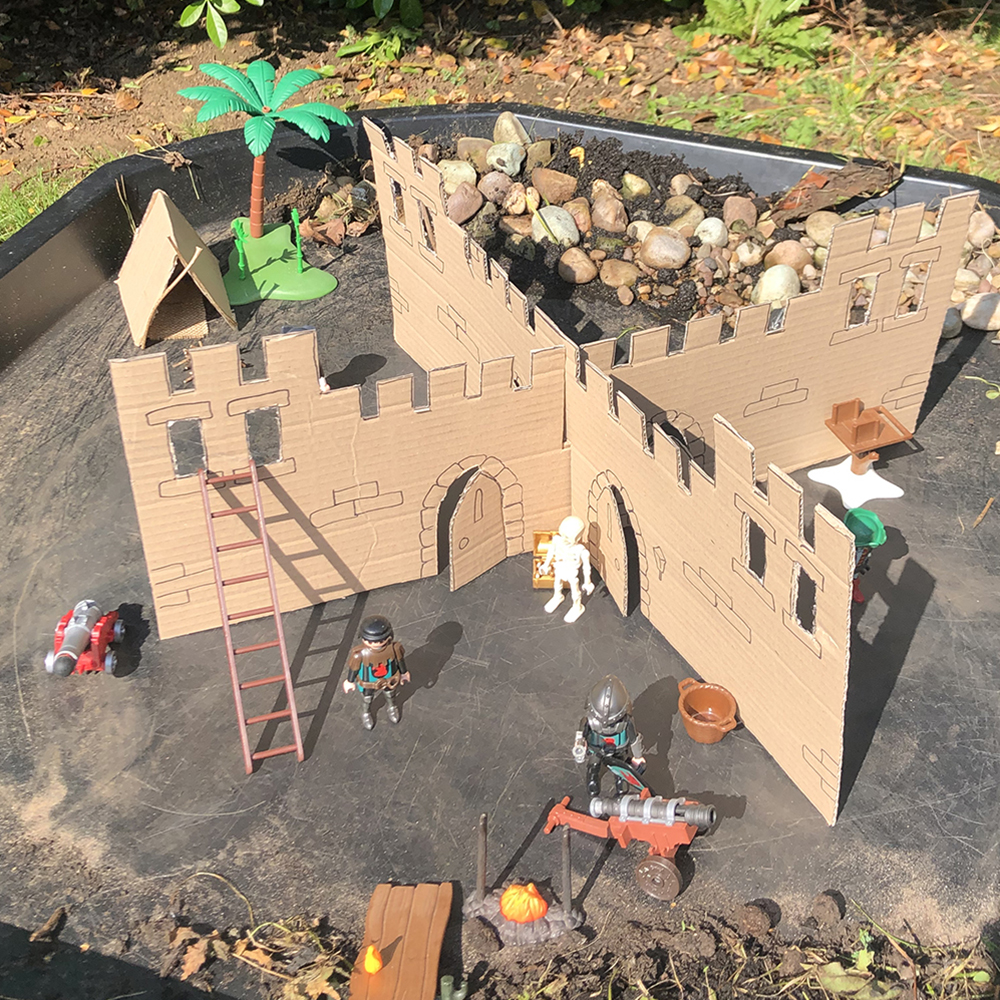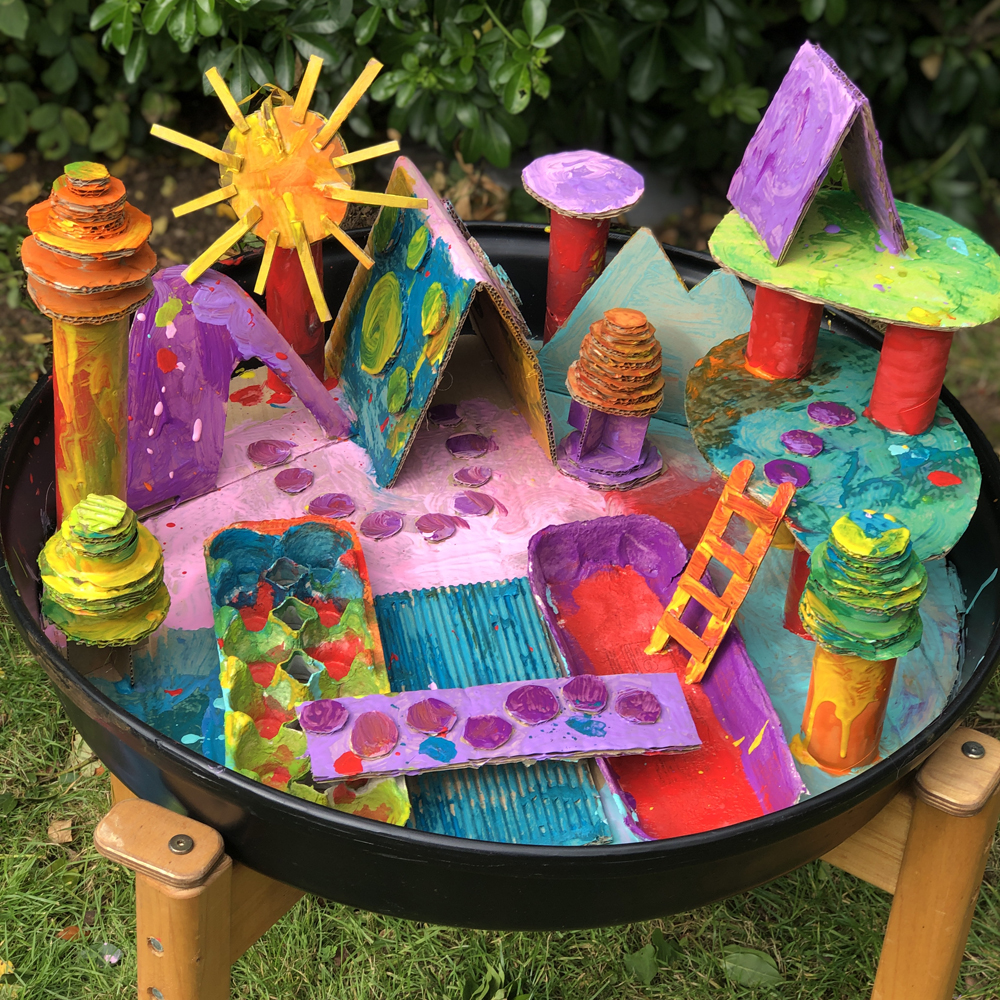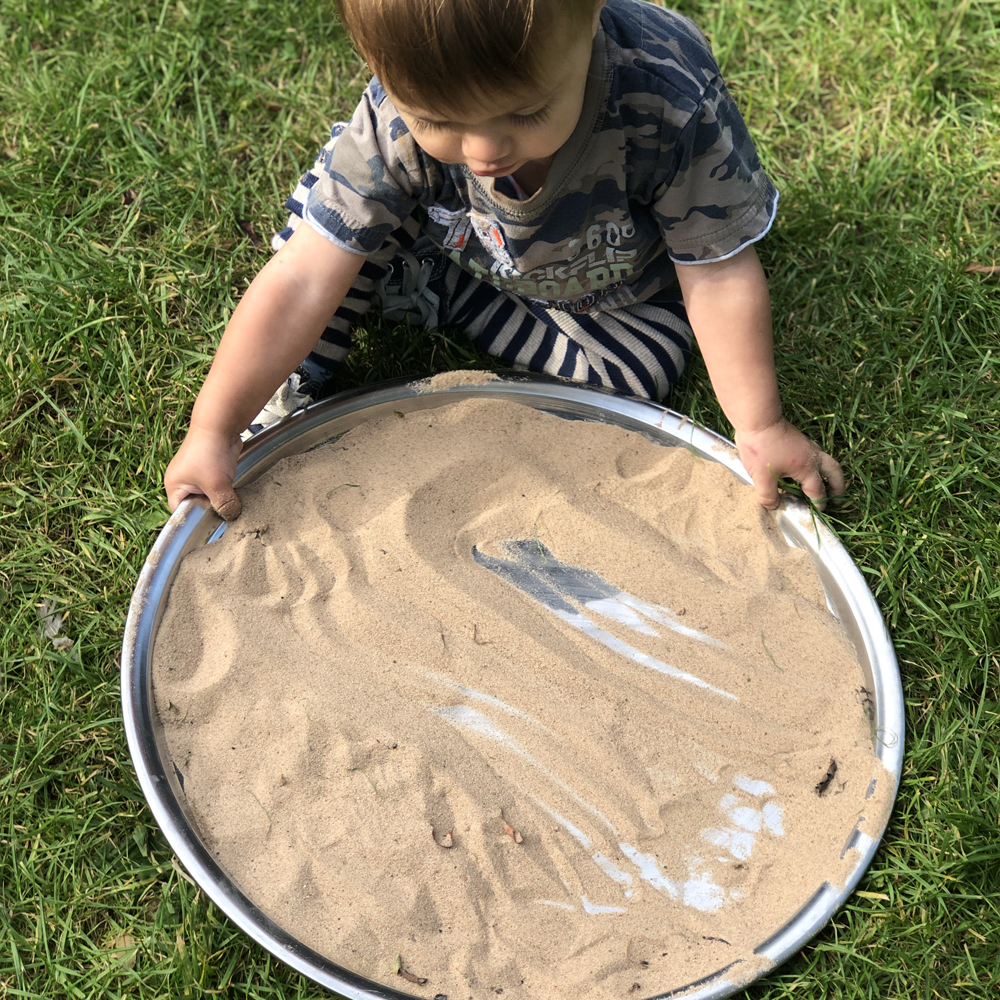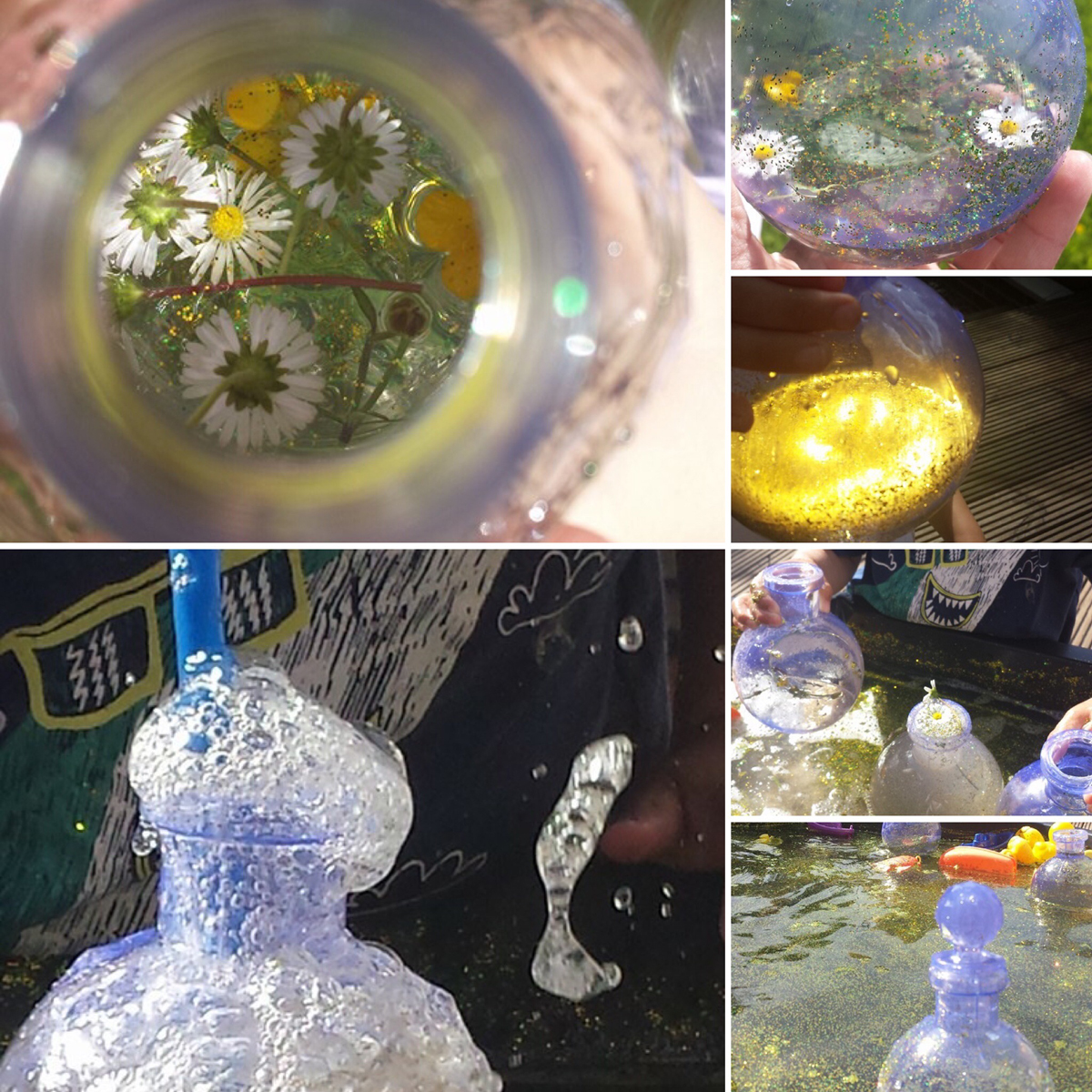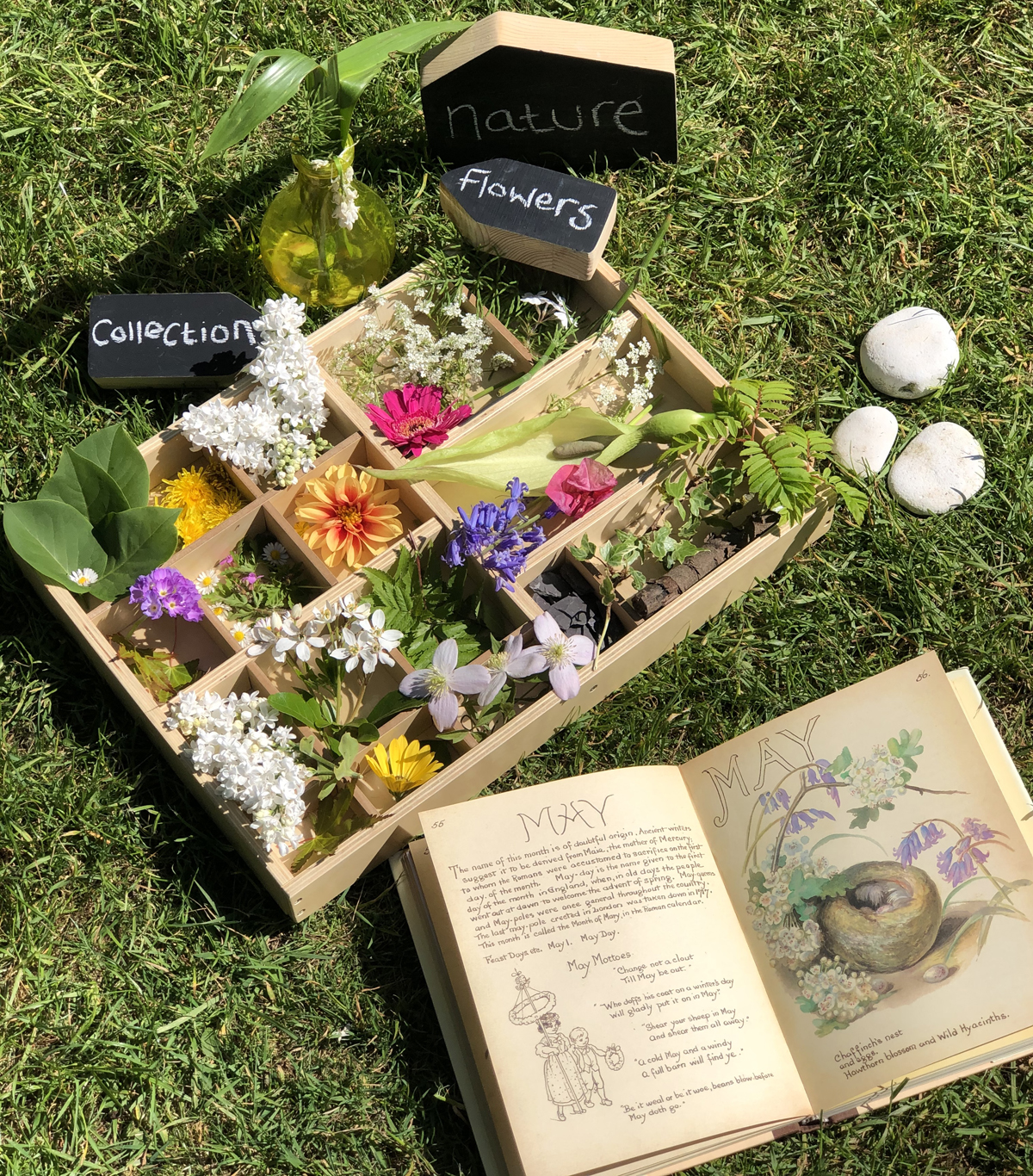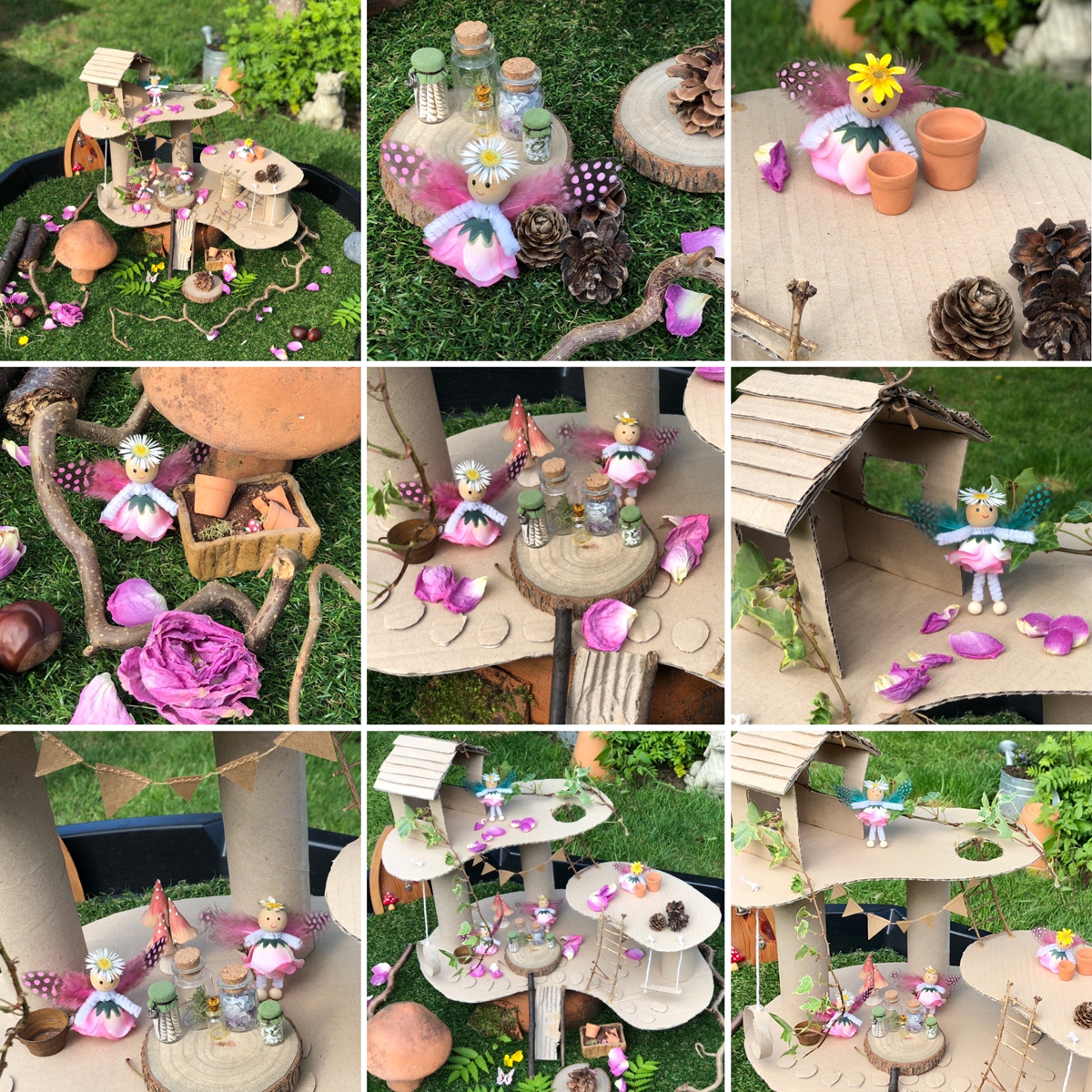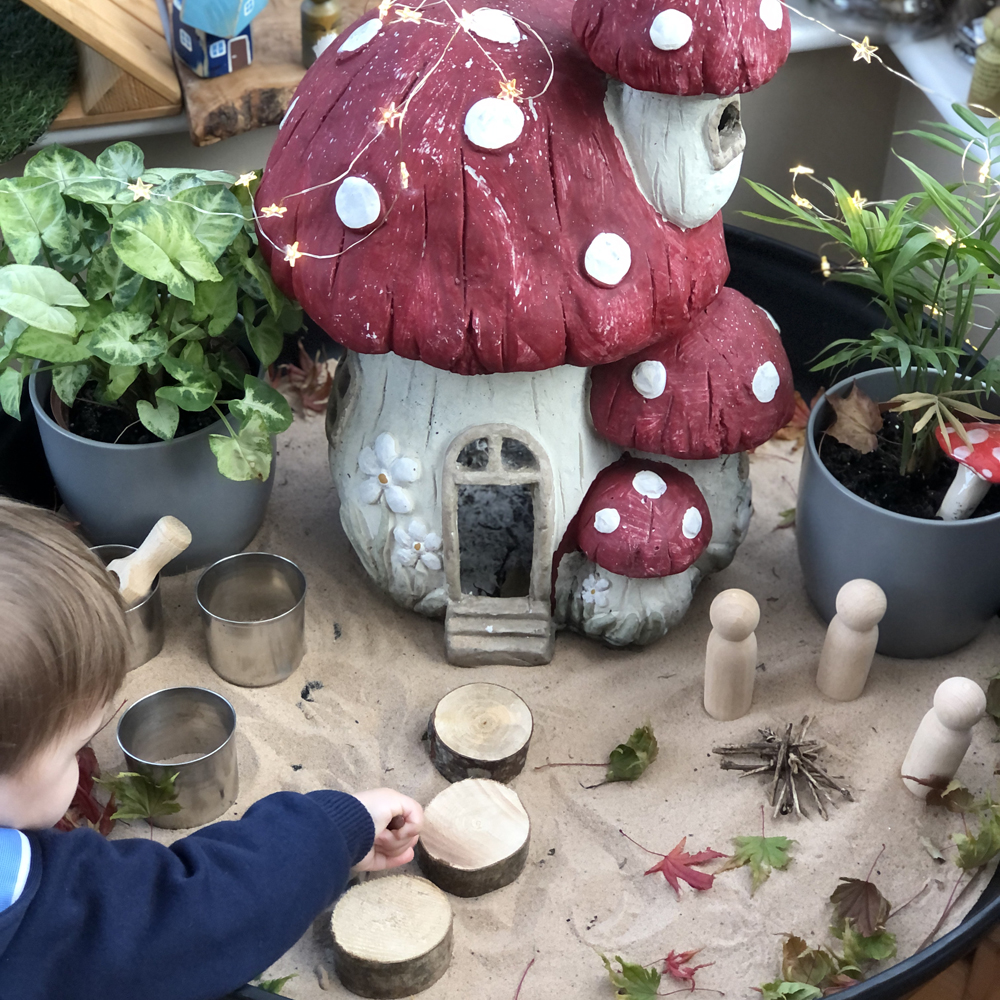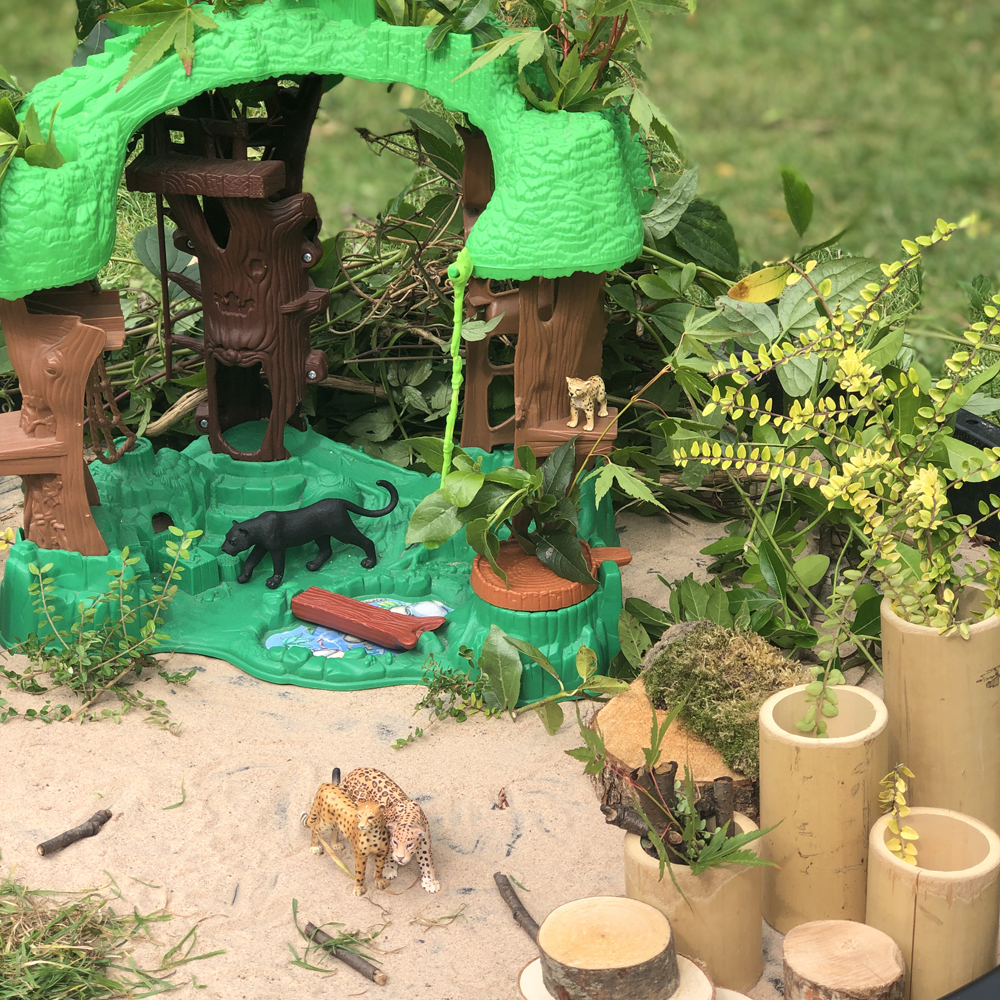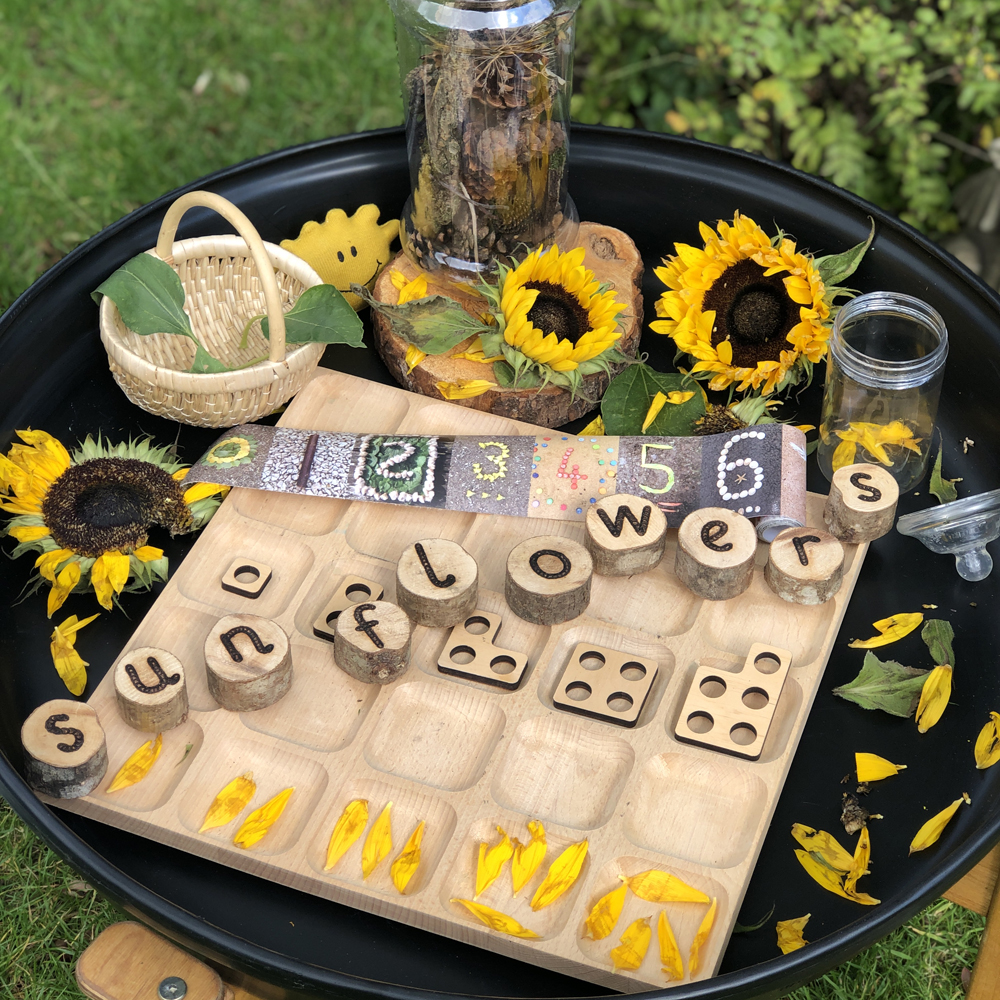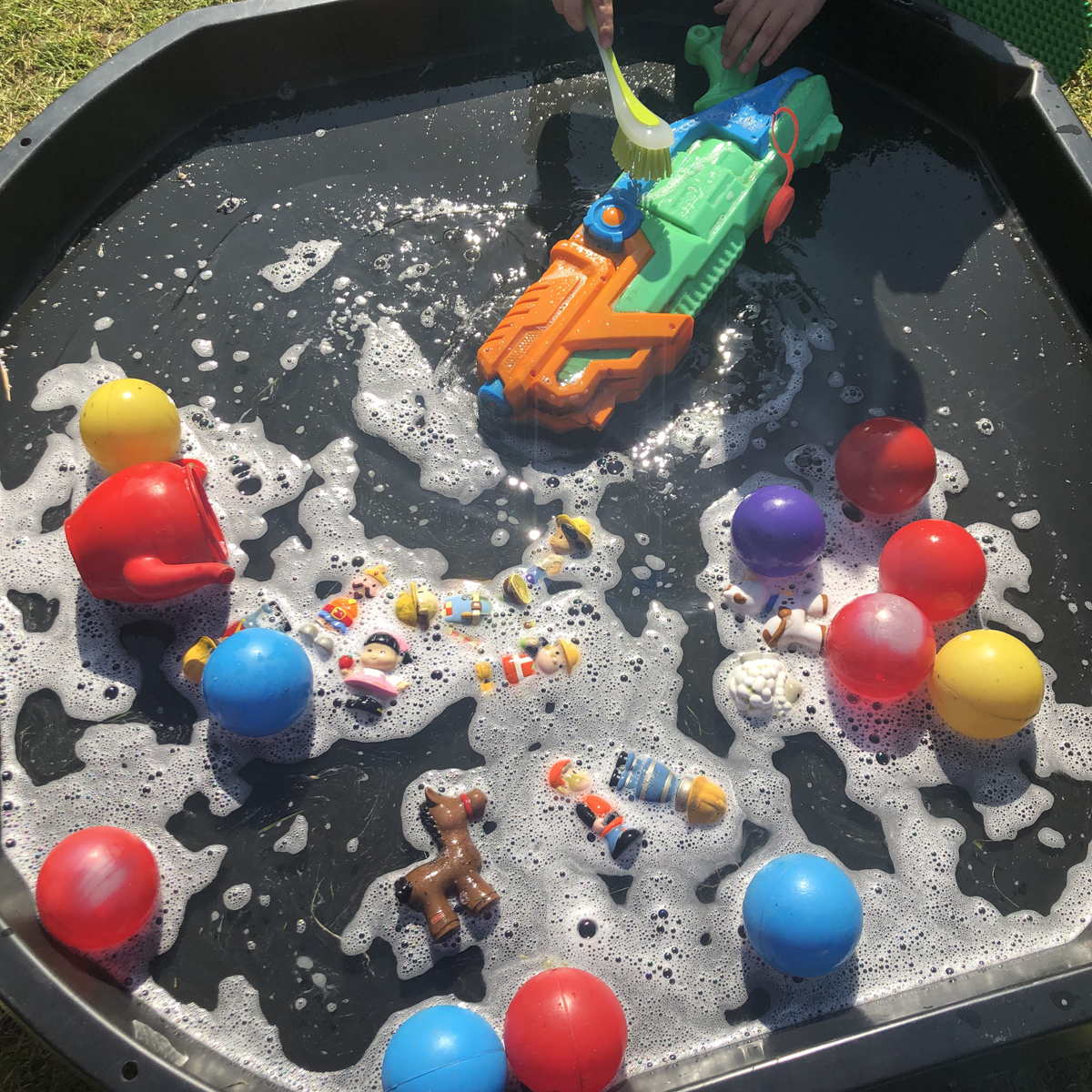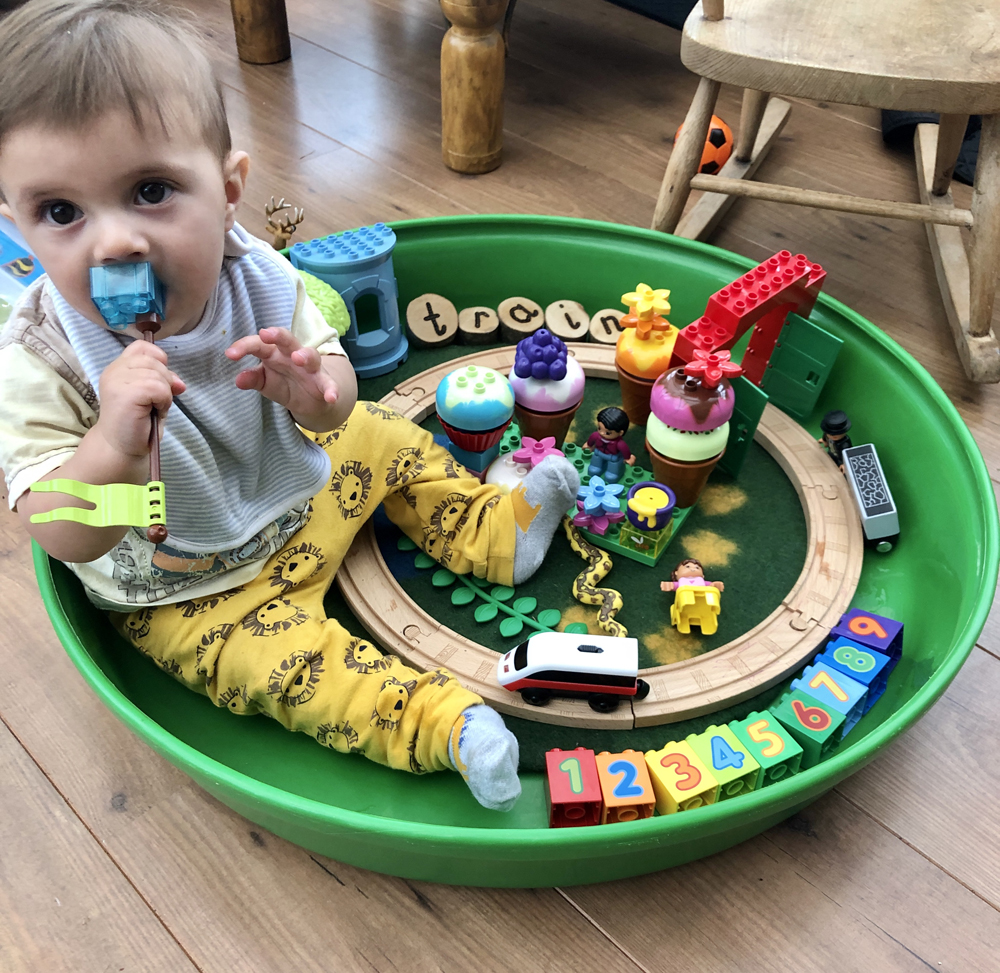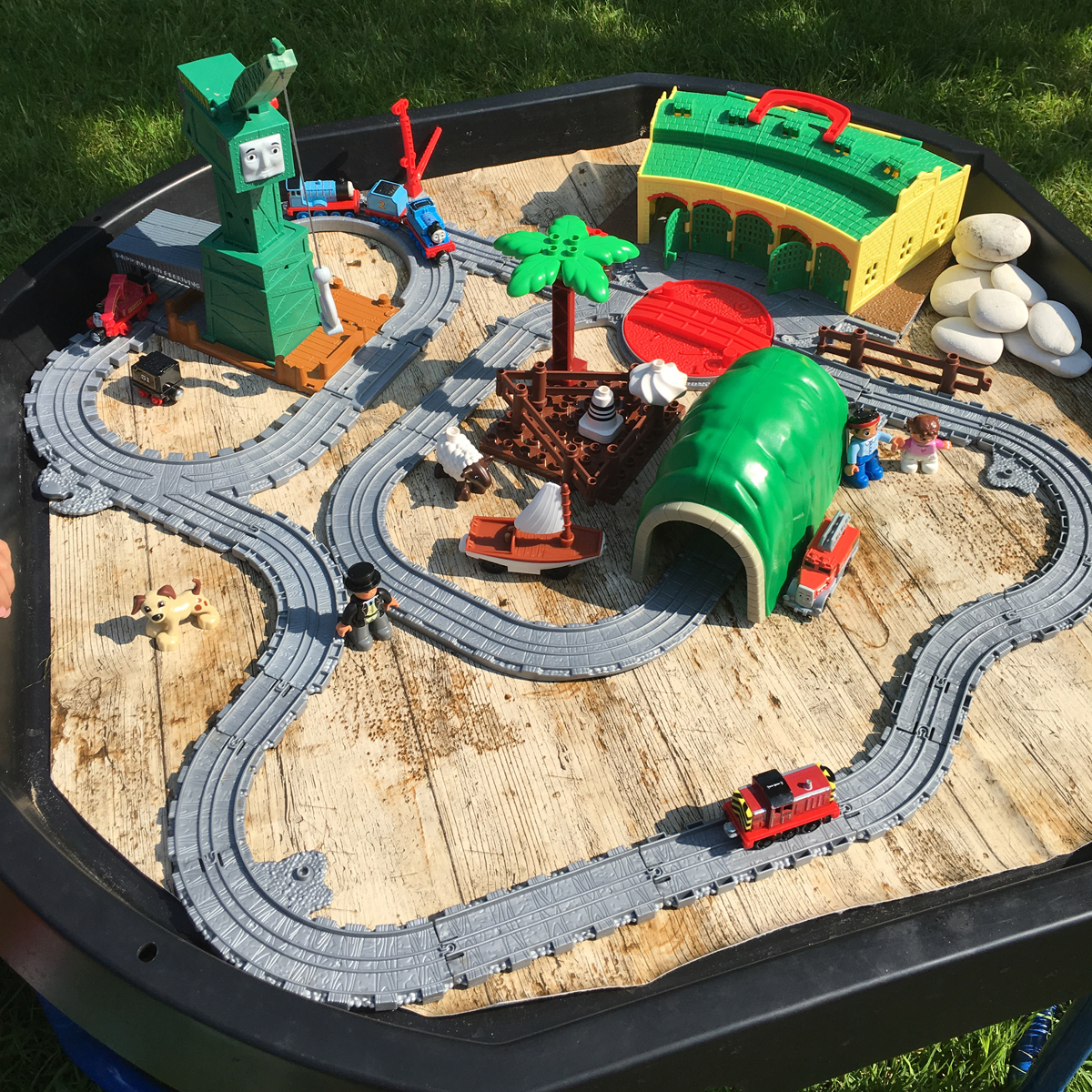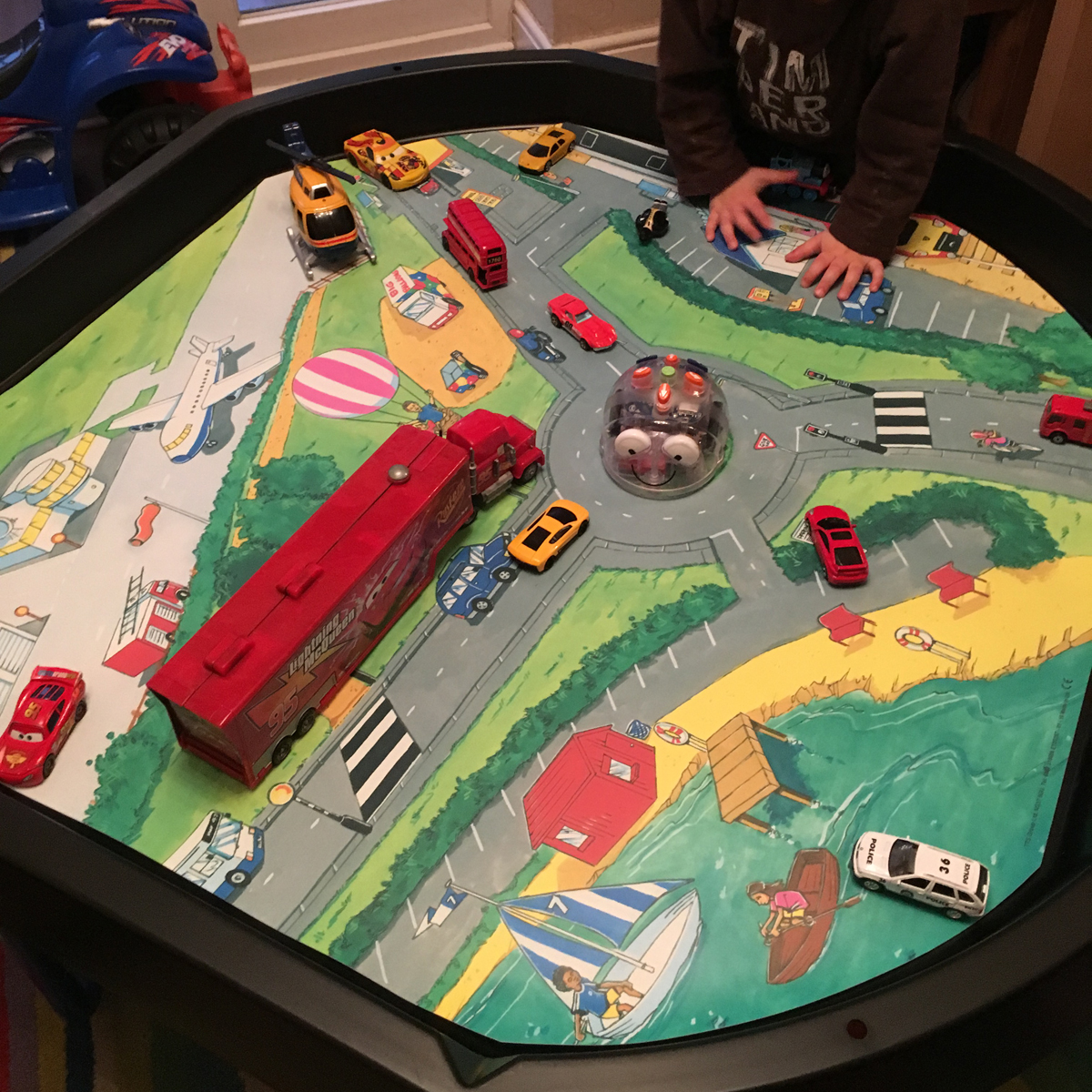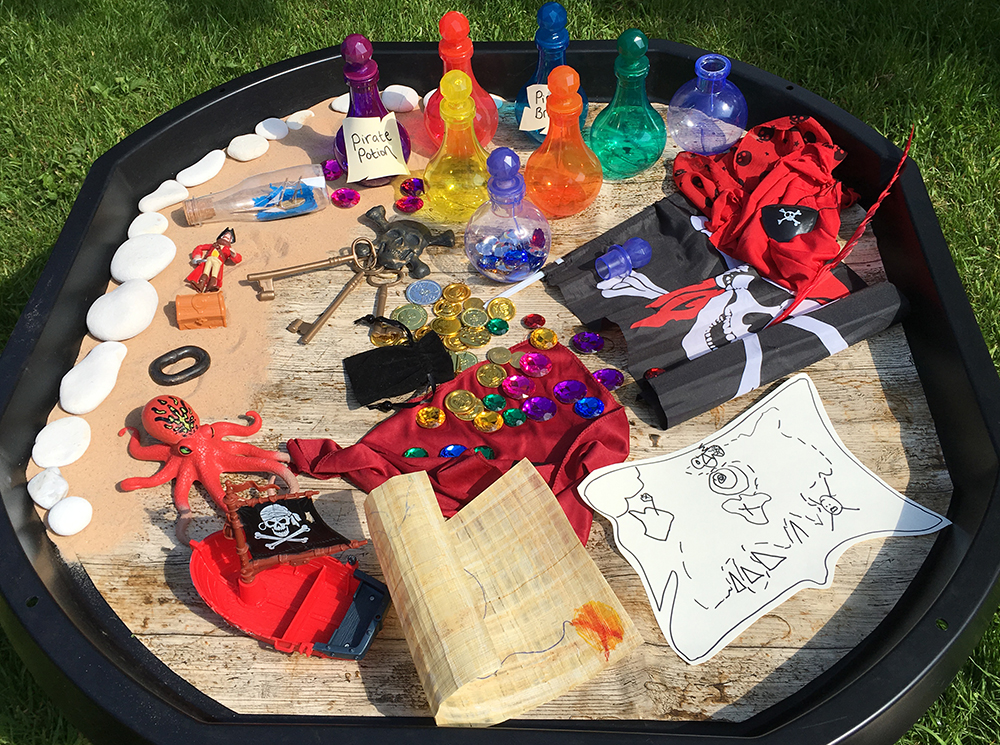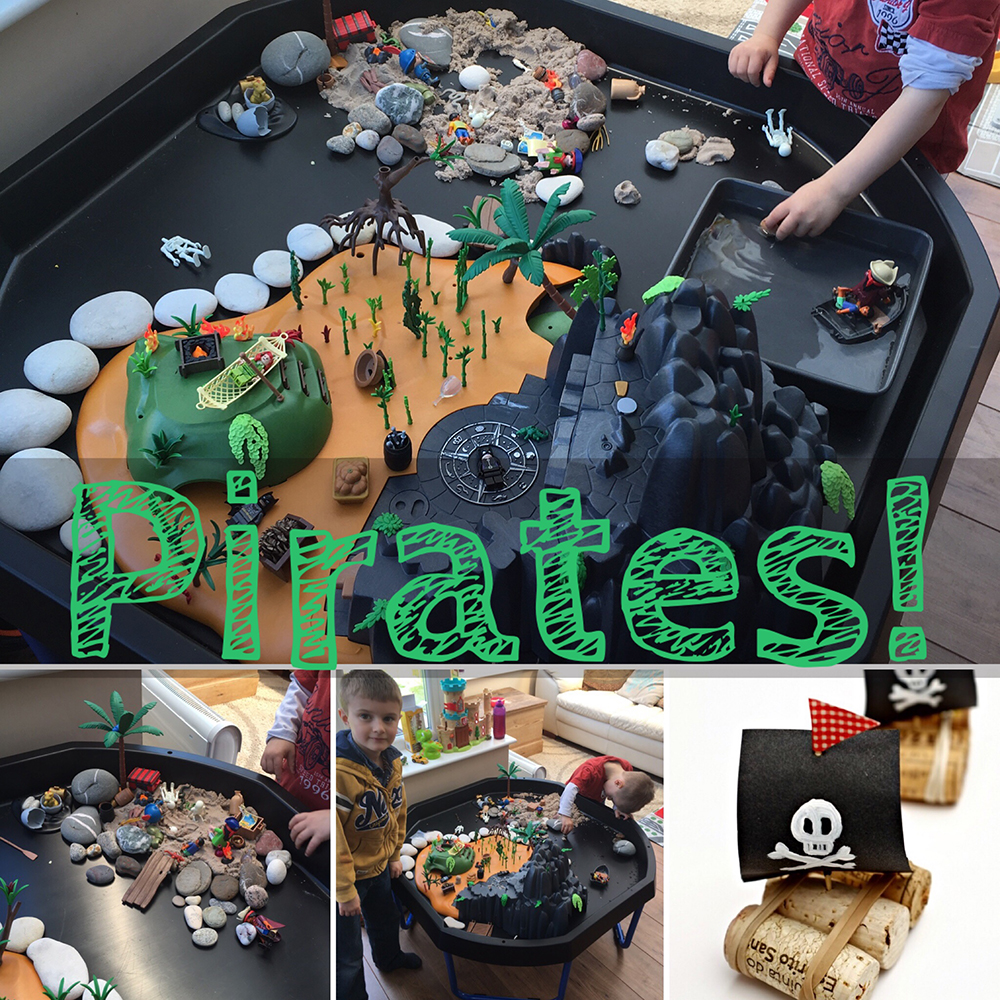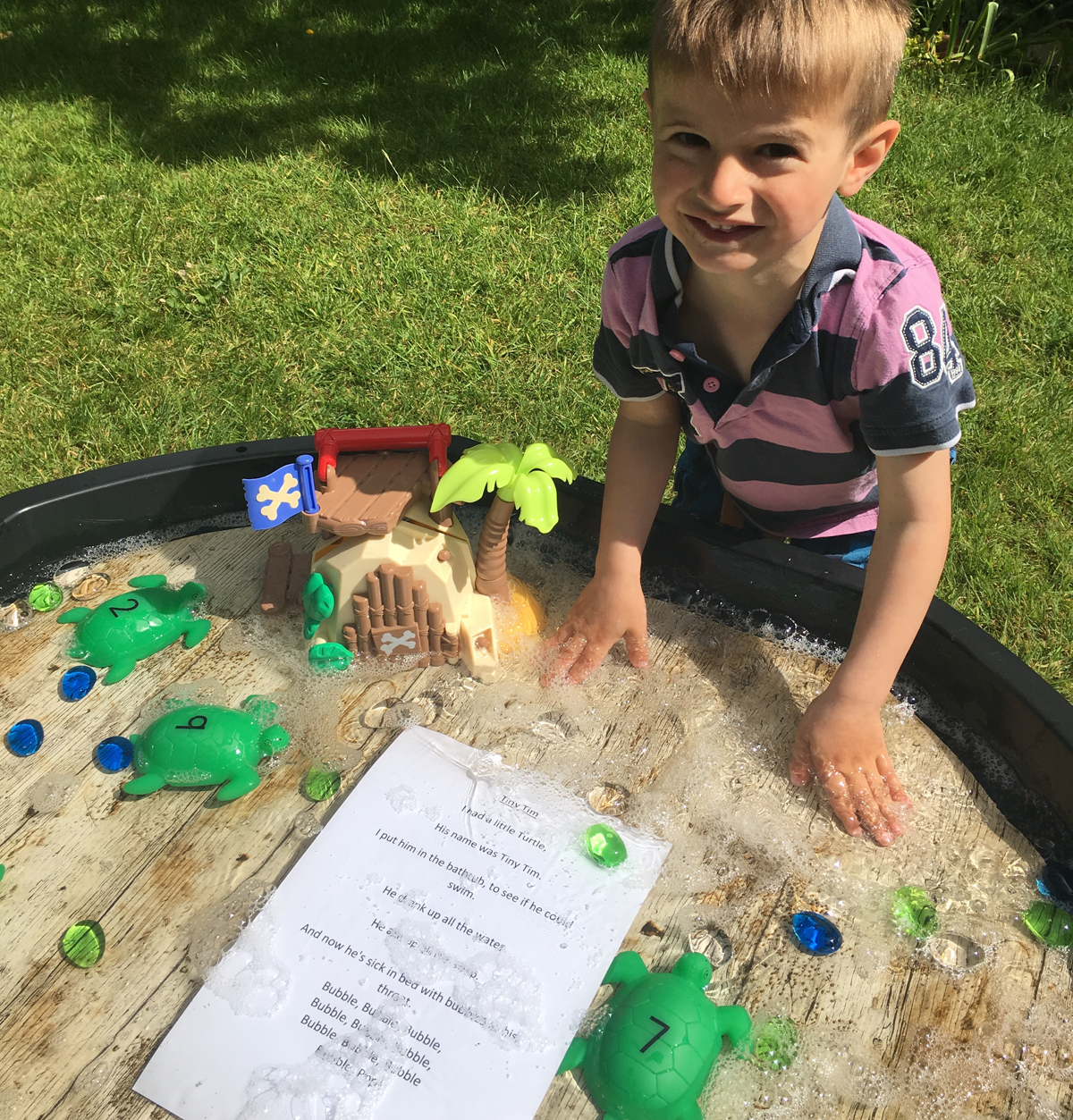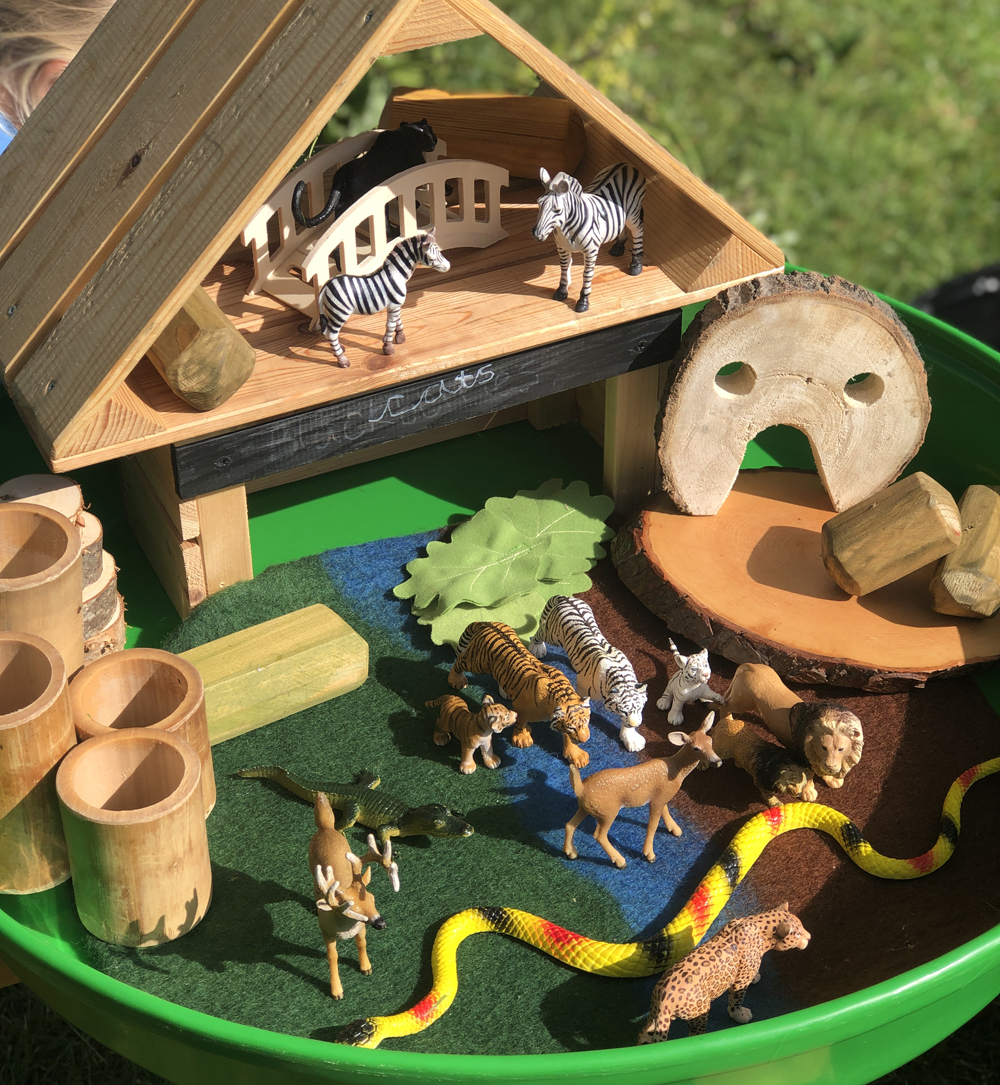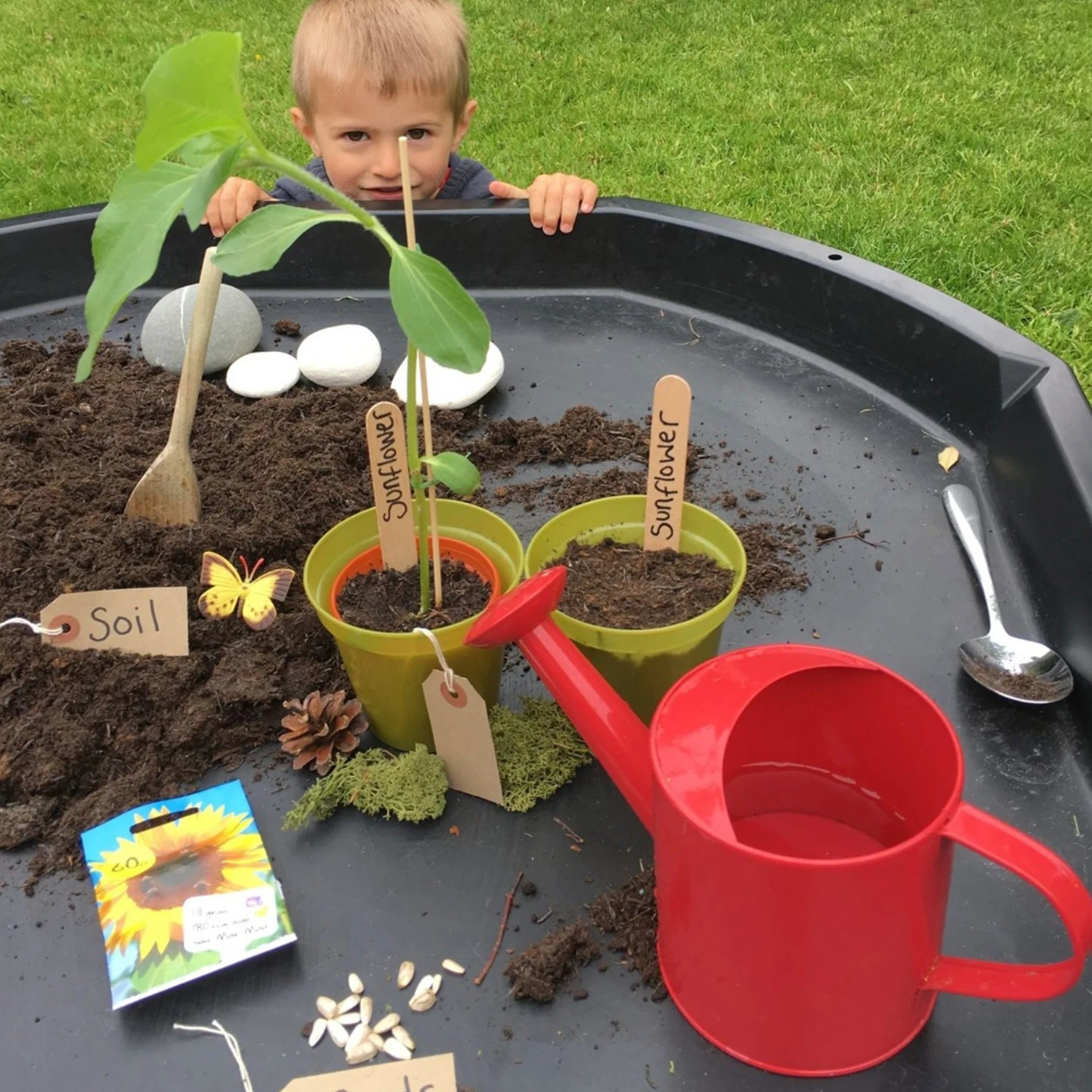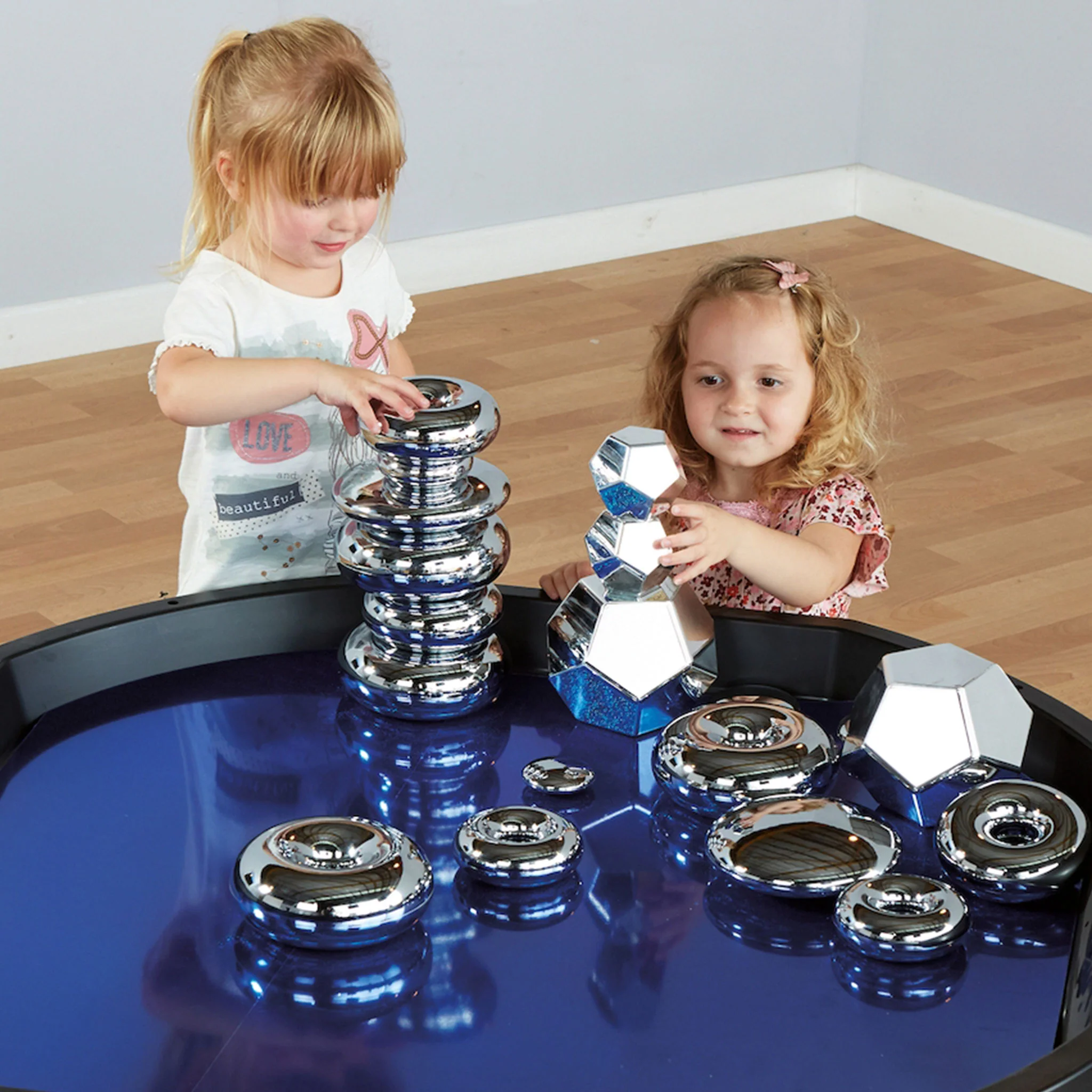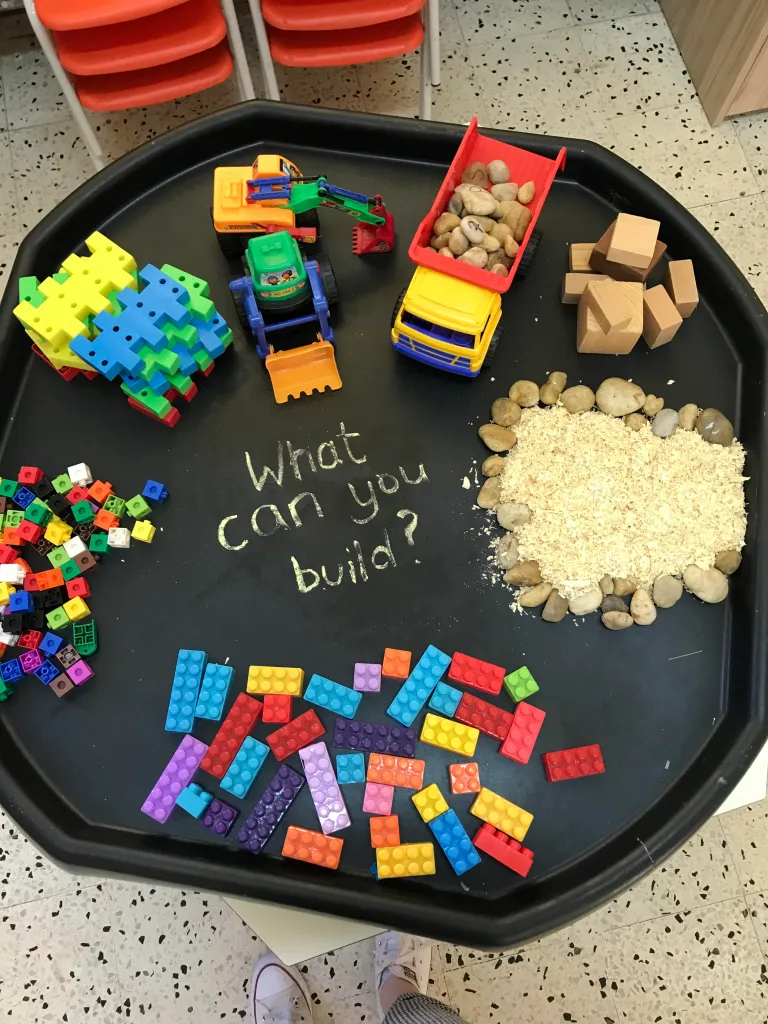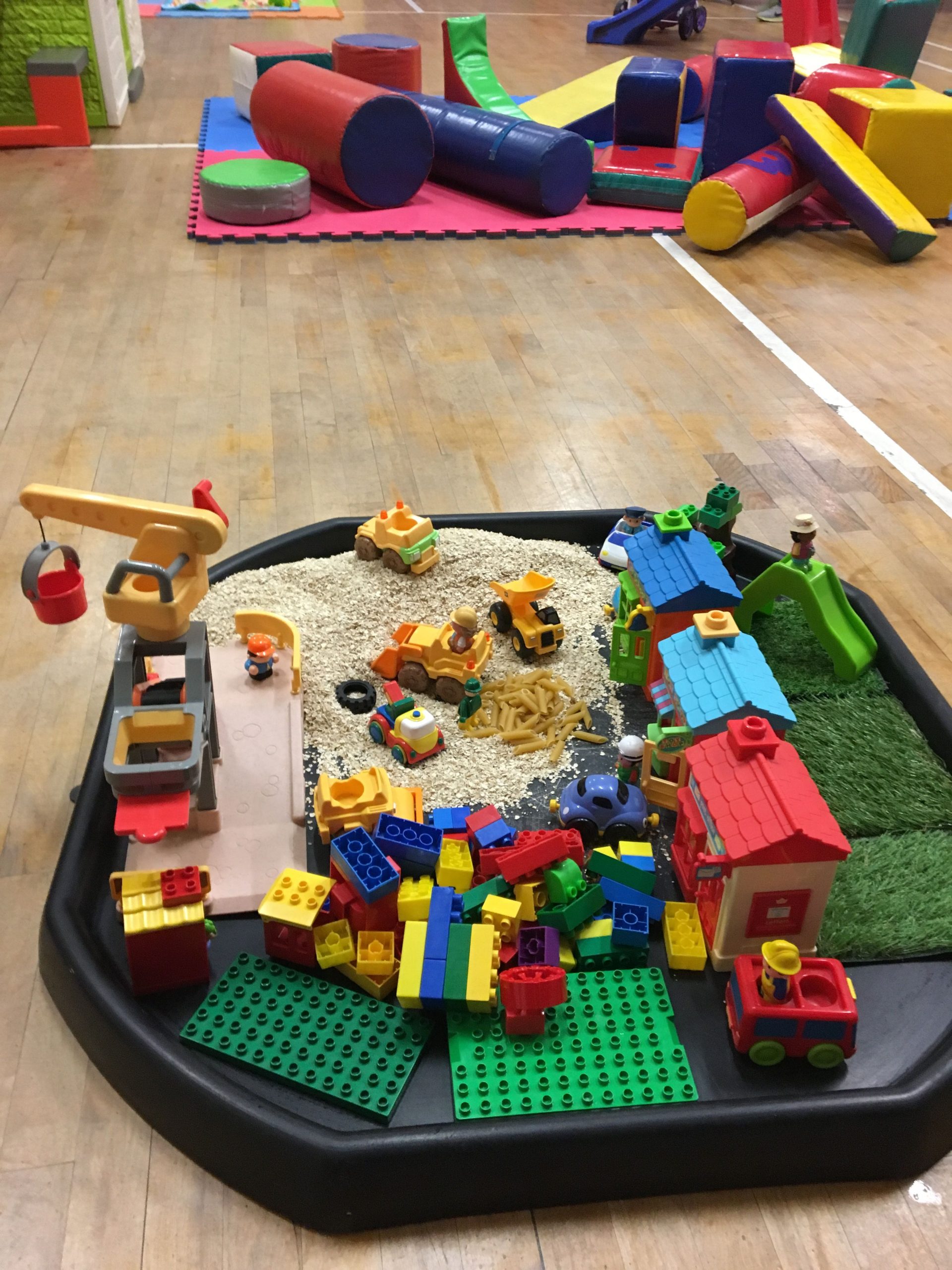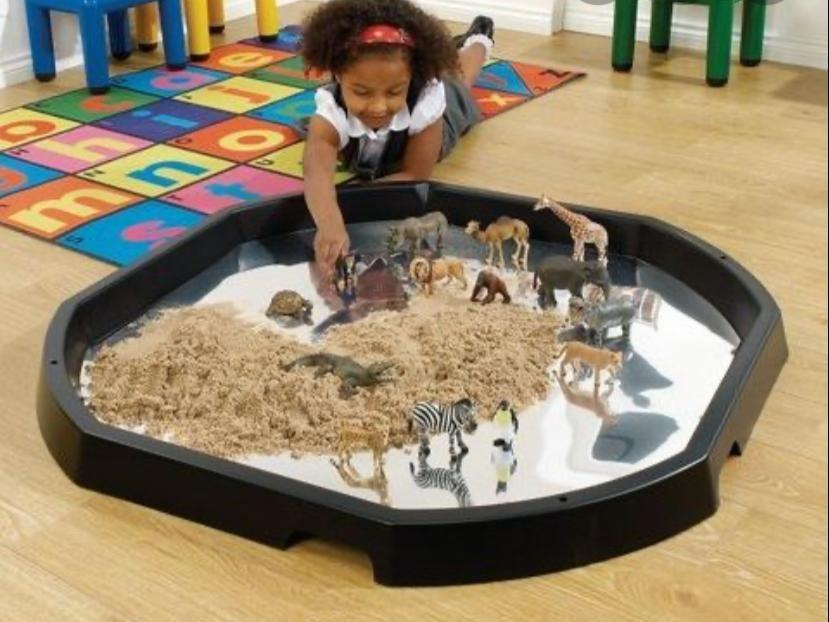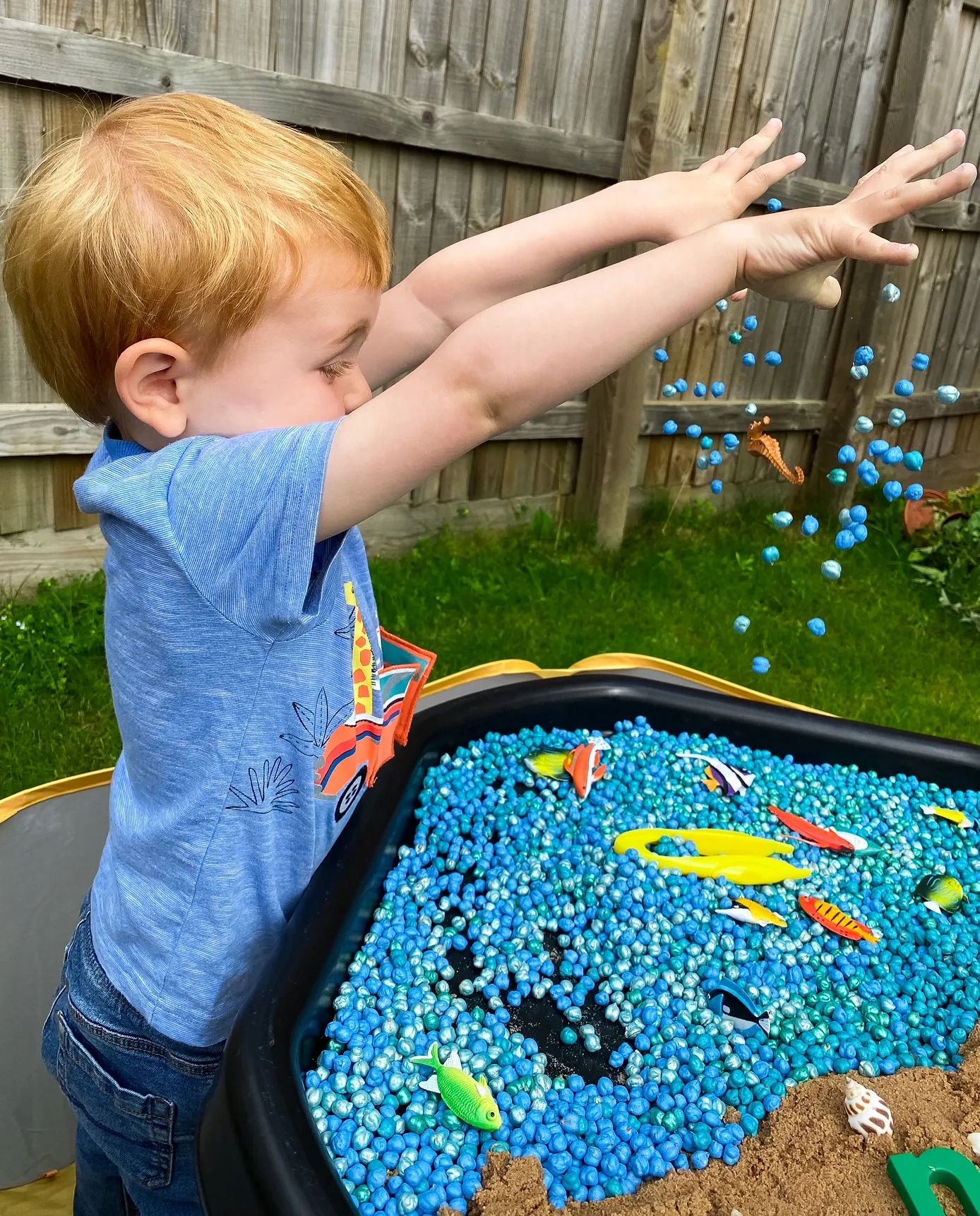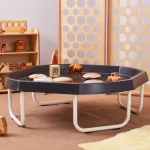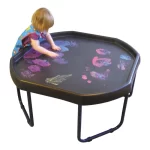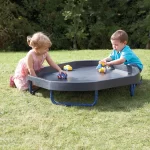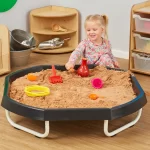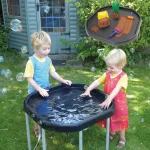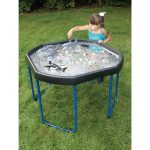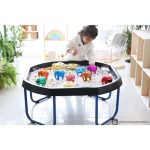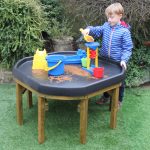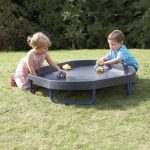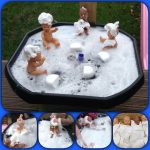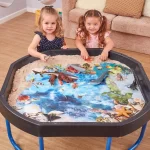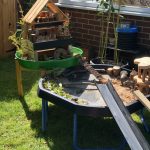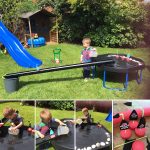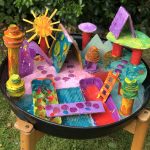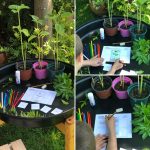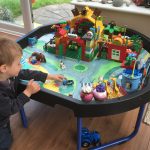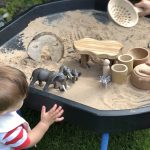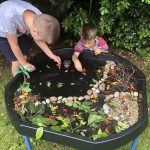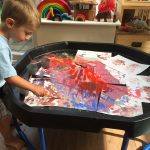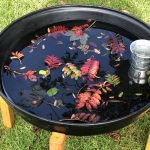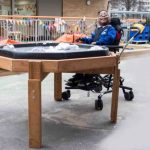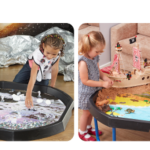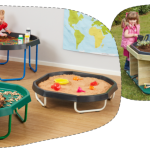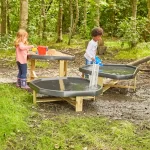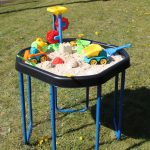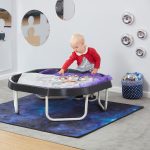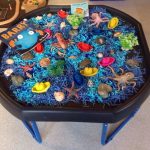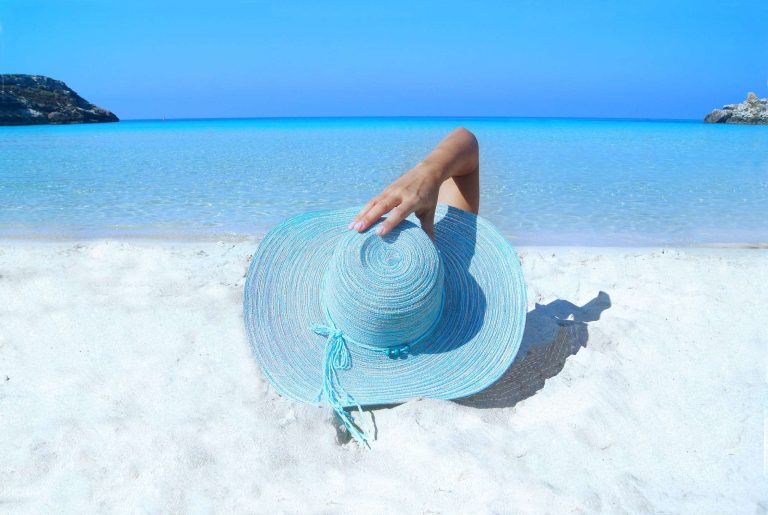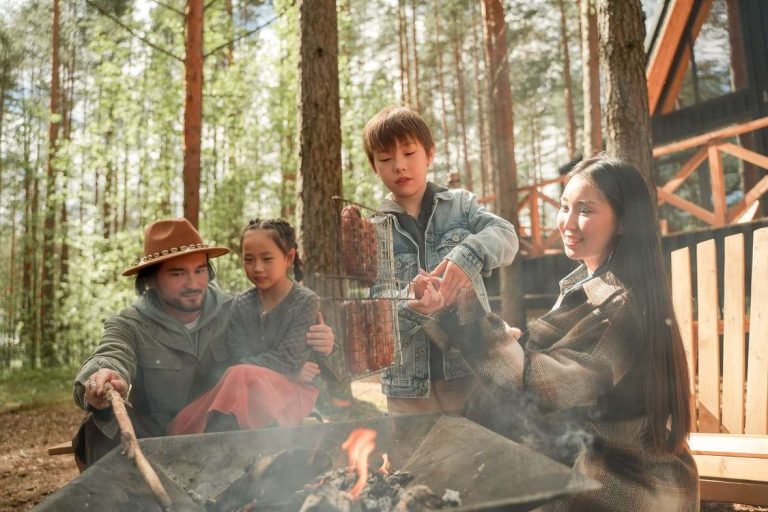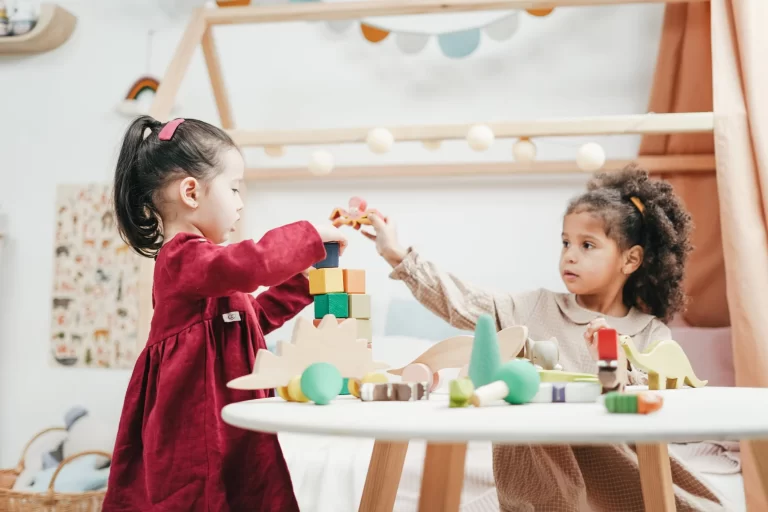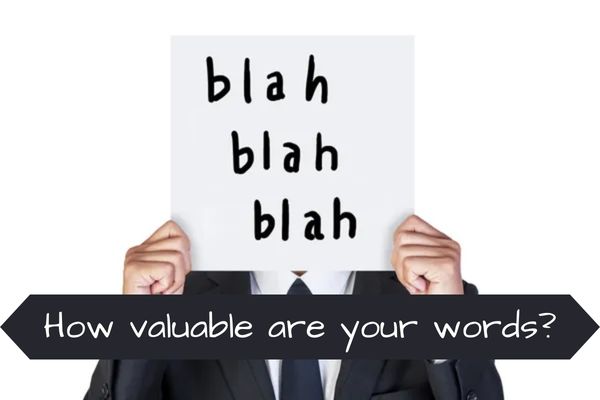What is Tuff Tray? Tuff Tray Ideas and Uses
Tuff Tray has gained significant popularity in recent years, and it’s easy to understand why! Tuff tray offers endless opportunities for imaginative play, which is fantastic for children’s development. I particularly enjoy the messy, sensory play for babies and the small-world play for toddlers and preschoolers. When it comes to creating a tuff tray, you have the freedom to be as creative and imaginative as you like, tailoring the activity to suit your child’s age. To help you out, I’ve gathered a collection of my favorite tray ideas from fellow tuff tray enthusiasts, along with step-by-step instructions on how to create them.
What is Tuff Tray?
The Tuff Tray is an incredibly versatile tool for children, whether you have it at home or in an educational setting. It can be used in various ways, with or without a stand, to create small world setups, engage in messy play, encourage investigation and exploration, embark on exciting adventures, and even facilitate crafts. By filling the tray with stimulating activities and inviting setups, it becomes a valuable resource for children to play and learn simultaneously.
A Tuff Tray represents a large, shallow plastic tray that serves as a versatile tool. It enables the setup of small worlds, sensory play, painting, loose parts play, and various other activities. The beauty of Tuff Trays lies in their ability to keep the play contained within the tray itself. They can also be utilized to visually demarcate the play area.
With its large size, the Tuff Tray allows children to either play directly inside the tray or accommodate multiple children around it, each with their designated play space. This generous space provides ample room for babies, toddlers, and older children to explore, create, and engage in play.

The dimensions of Tuff Tray measure 94cm x 94cm x 7.5cm, and mostly they are available in black, blue, white, and green. Tuff trays are manufactured using durable, heavy-duty plastic, ensuring their longevity. In the United Kingdom, they are commonly referred to as Tuff Spots, while in the USA, they go by the name Builders Trays.
Why it is called a Tuff Tray?
The term “tuff tray” derives from its durability and resilience. When it comes to engaging young children in messy activities, having a container that can withstand the challenges is essential. It is not uncommon for various settings to possess multiple tuff trays, also known as tuff spots.
The Tuff tray features a tough plastic surface capable of enduring a wide range of materials, including paint, glue, clay, mud, water, and sand. Their robustness ensures they can handle any messy endeavor with ease.
Who can use Tuff Tray?
Tuff Trays cater to a wide range of individuals, including parents, caregivers, teachers, early childhood babies, and educators. Tuff Tray can be utilized in various settings, such as homes, daycares, and classrooms. Tuff tray is particularly popular for sensory play parties held during birthday celebrations or playgroups.
If you enjoy engaging in messy play activities but prefer to minimize the mess, a Tuff Tray proves invaluable as it effectively contains the chaos, making the experience more enjoyable for both adults and children. Tuff Trays are suitable for indoor and outdoor use, providing flexibility in play environments.
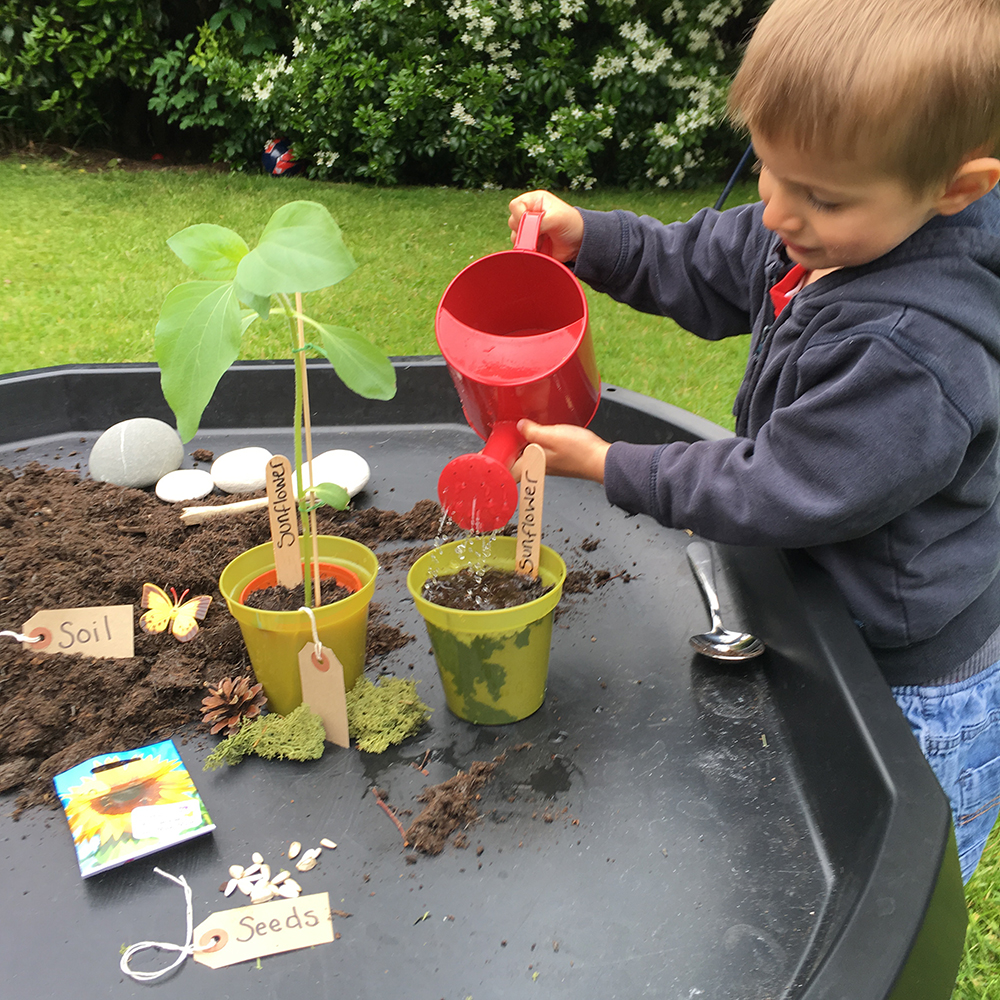
How Use Tuff Tray?
The design of the Tuff Tray offers children the freedom to move around it easily, enabling them to explore each activity from various angles and perspectives. This fosters group play and facilitates the development of social and communication skills. Tuff Tray is equipped with eight raised sides, making it perfect for containing a diverse range of materials such as natural resources, paints, water, and sand.
The Tuff Tray can be conveniently placed on a flat surface or directly on the floor to accommodate exploration by babies and toddlers. Alternatively, it can be positioned on our height-adjustable Tuff Tray stand, catering to different age groups or creating an exciting centerpiece for classroom displays.
Tuff Tray serves as a truly open-ended resource that lends itself to various activities. It can be utilized for engaging in sand and water play, arts and crafts projects, building structures with Lego, playing with playdough, and conducting science experiments. Its versatility makes it a valuable tool for endless learning opportunities.
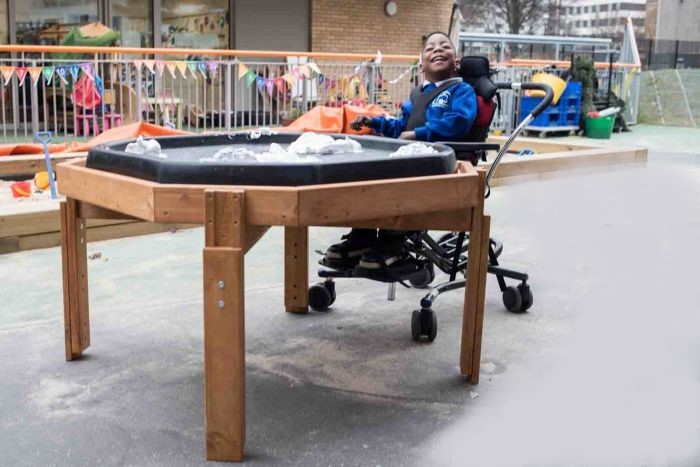
Enhance your “mess-reduced play” by complementing your Tuff Tray with a waterproof Rudie Nudie play mat. Rudie Nudie play mats possess exceptional absorbency and feature a waterproof backing, ensuring that any liquids that may escape the tray are contained. They quickly absorb moisture and have a high capacity. The jumbo-sized mat perfectly complements your Tuff Tray. Not only does the mat capture wet messes, but it also effectively catches dry substances.
When it’s time to clean up, simply fold the mat, give it a good shake, and return the contents back into the tray to continue the play or save it for another day.
Best uses and ideas of Tuff Try
Creative Use of Tuff Tray for Kids
Tuff Tray with Stand Ideas
A Tuff Tray doesn’t really need a stand. It can be put on the floor or a table. However, Tuff Tray with a stand that is the right height can make it easier for kids to reach everything on the tray. At Mess It Up, Tuff Tray with stands available in heights of 53cm and 60cm.
Conclusion
Tuff Trays are excellent tools for creating play invitations for babies, toddlers, and older children. Adjust the materials used to suit your child’s safety requirements and abilities.

